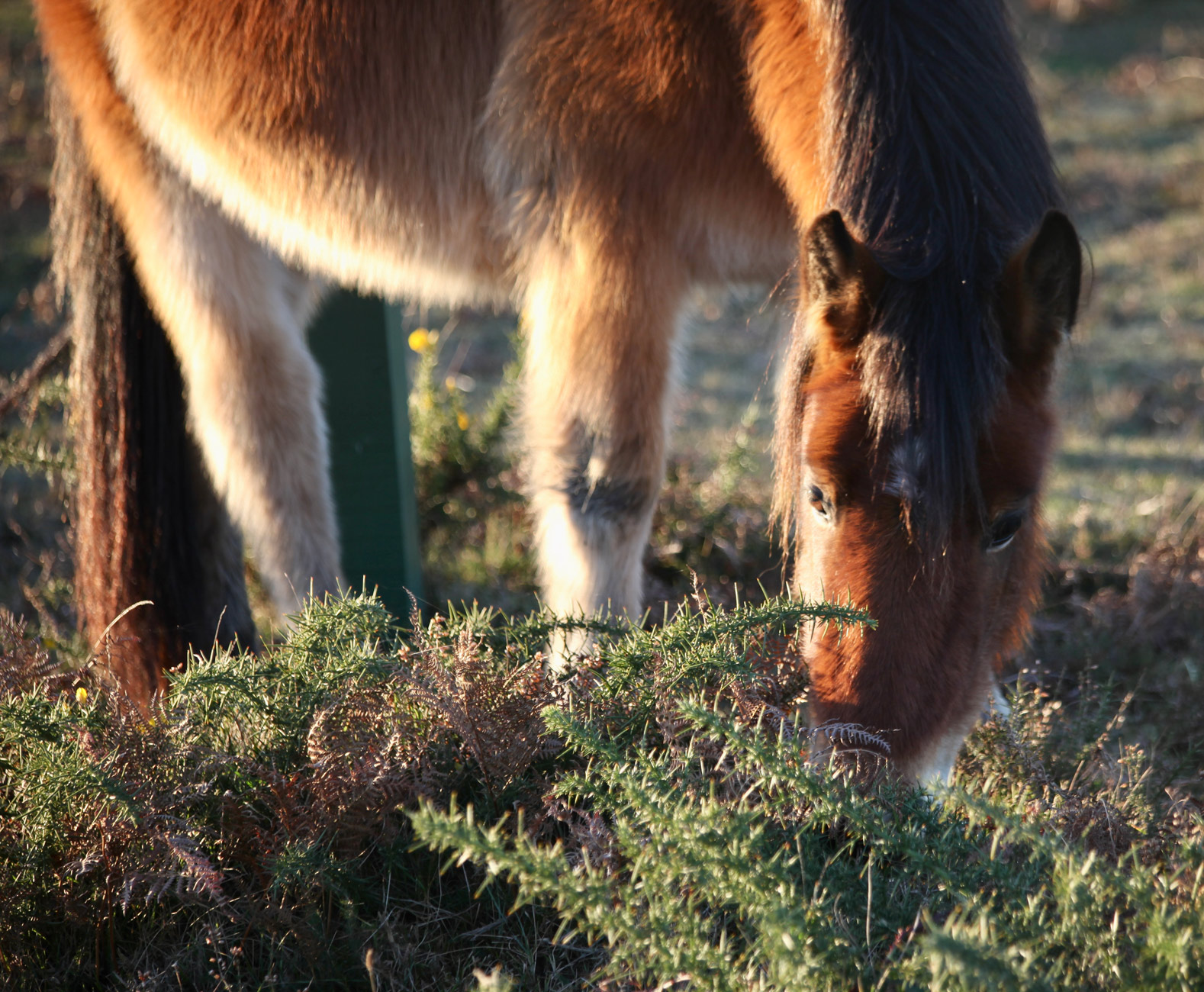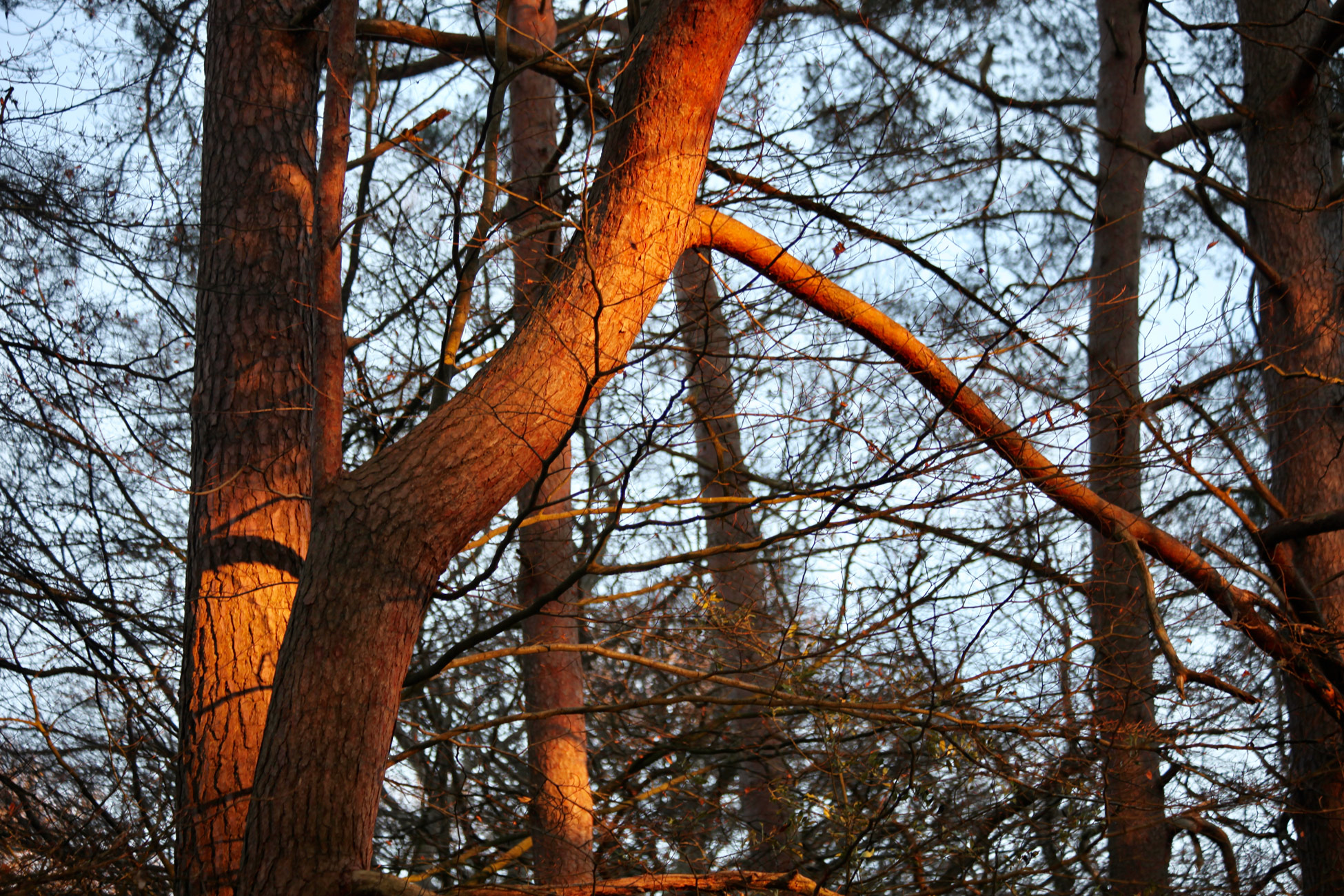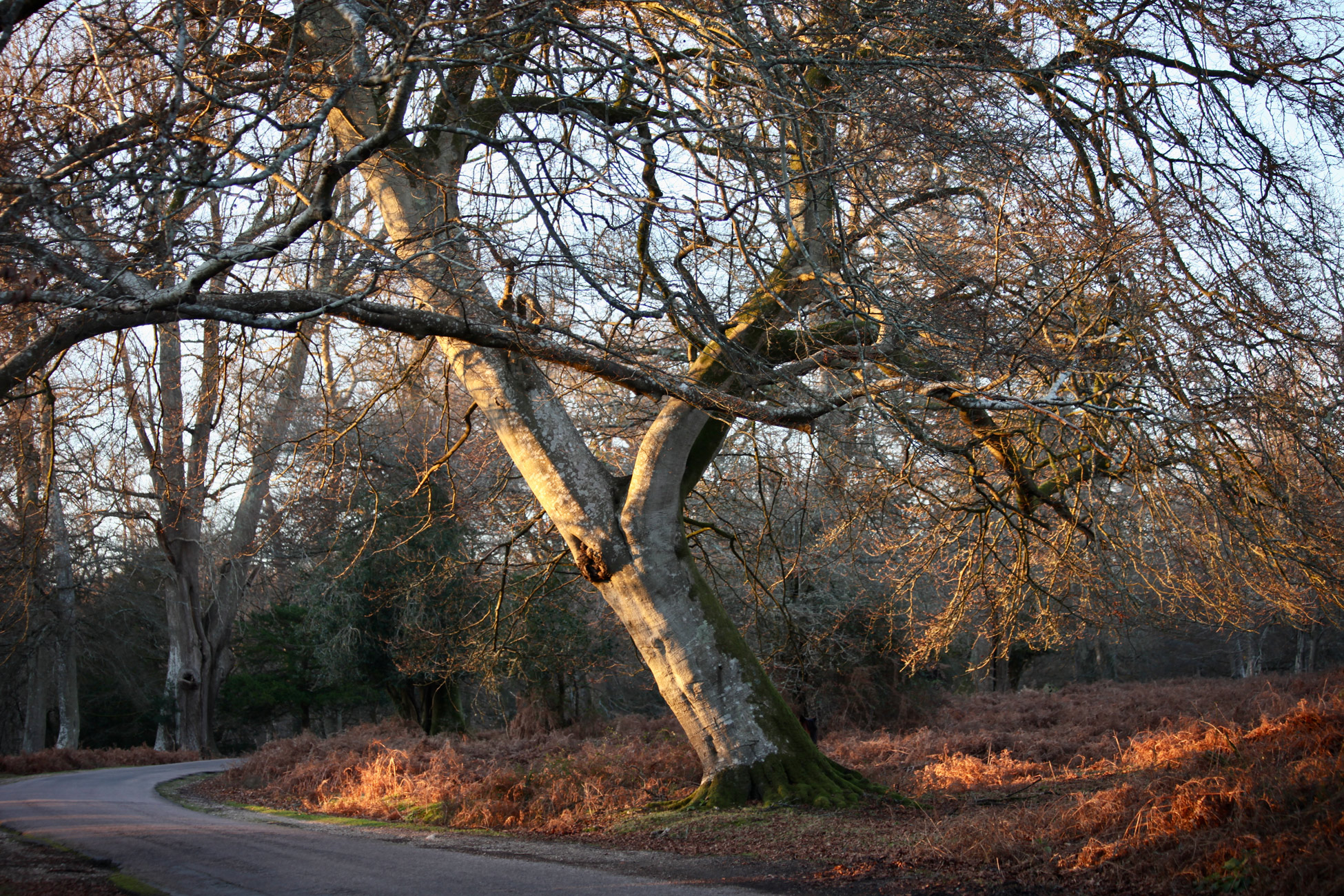On this still, silent, gloomy gunmetal grey day, apart from the avian variety we discerned very little signs of life as we took a not very hopeful drive into the forest.
A pheasant trotted across Sowley Lane;
except for one fleeting moment even crows and doves were not in their usual numbers on the roofs and ruins of St Leonard’s ancient granary.
A crow courtship was taking place atop a ruined wall. Could this be a prospective nest?
Jackie also photographed a perching crow;
a grounded robin; and
a flightless kite.
The first ponies we sighted were cropping the East Boldre moorland;
a pair of Shetlands shaved the green in front of Turnstone Cottage.
This evening we enjoyed a second sitting of Jackie’s succulent sausages in red wine; crunchy carrots and cauliflower; creamy mashed potatoes; and firm Brussels sprouts. The culinary Queen drank Stellenbosch Chenin Blanc 2021, and I drank more of the Shiraz.
PS. I have often featured this ruin, never with such a comprehensive history as Lavinia’s question has prompted:
(1) St. Leonard’s Barn
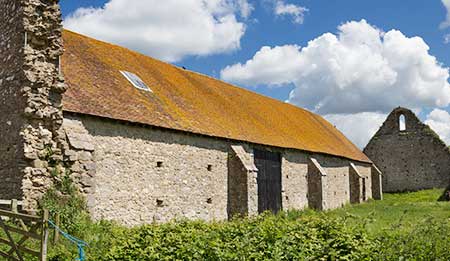 St. Leonard’s barn, looking from close to the scant remains of the western gable, past the more recent barn and on towards the eastern gable
St. Leonard’s barn, looking from close to the scant remains of the western gable, past the more recent barn and on towards the eastern gable
Particularly impressive evidence of the monks’ farming endeavours can be seen at St. Leonard’s where the ruins of an enormous 13th or 14th century barn, with a later, circa 16th century, barn built within, stand by the roadside.
Said to be the largest barn built in medieval England, the St. Leonard’s barn was 70 metres (230 feet) long and 33 metres (108 feet) wide, and had a capacity of ½ million cubic feet. Originally a seven bay aisled barn with porches either side of the centre bay, the whole of the east gable end and north wall remain, and so do most of the west gable and the east part of the south wall.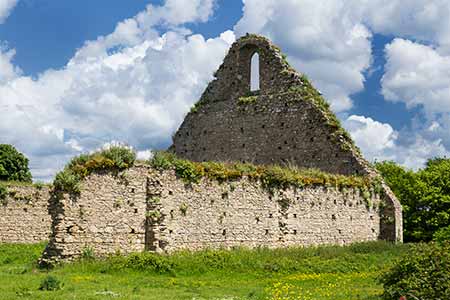 St. Leonard’s barn – the remains of the huge eastern gable
St. Leonard’s barn – the remains of the huge eastern gable
Barns such as this – the Cistercian order alone is reputed have built up to 3,000 – were used to store grain grown locally and also provided workspace for threshing the grain in a lengthy, labour intensive process whereby the crop was spread on the floor and beaten with heavy wooden flails so as to separate the grain from the straw and chaff – the dry, scaly protective casings around the seeds.
The barn, then, would clearly have been an absolute hive of activity in stark contrast to its current, peaceful persona.
(2) St. Leonard’s ‘sister’ barn at Great Coxwell
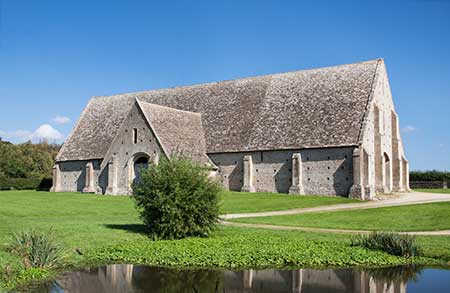 Great Coxwell barn
Great Coxwell barn
A somewhat smaller, contemporary barn survives intact, in the care of the National Trust, at Great Coxwell in Oxfordshire, which had been part of the ancient Manor of Faringdon. (Still in magnificent condition, this barn is 46 metres (150 feet) long and 13 metres (44 feet) wide).
An outlying grange belonging to Beaulieu Abbey, Faringdon had originally been intended to be the site of the abbey – King John, the Cistercians’ benefactor, granted the lands at Faringdon in 1203, but they instead went on to found their abbey in 1204 at Beaulieu on land also granted by the King.
This barn provides a fascinating insight into how the St. Leonard’s barn would probably have looked all those years ago – it served the same purpose, had the same ownership and is of broadly similar vintage: it was until recently considered to be of early 13th century date but scientific testing of its timbers have subsequently suggested that it was under construction in 1292, or shortly afterwards. (http://www.newforestexplorersguide.co.uk/heritage/beaulieu/st-leonards-barn.html)

































































































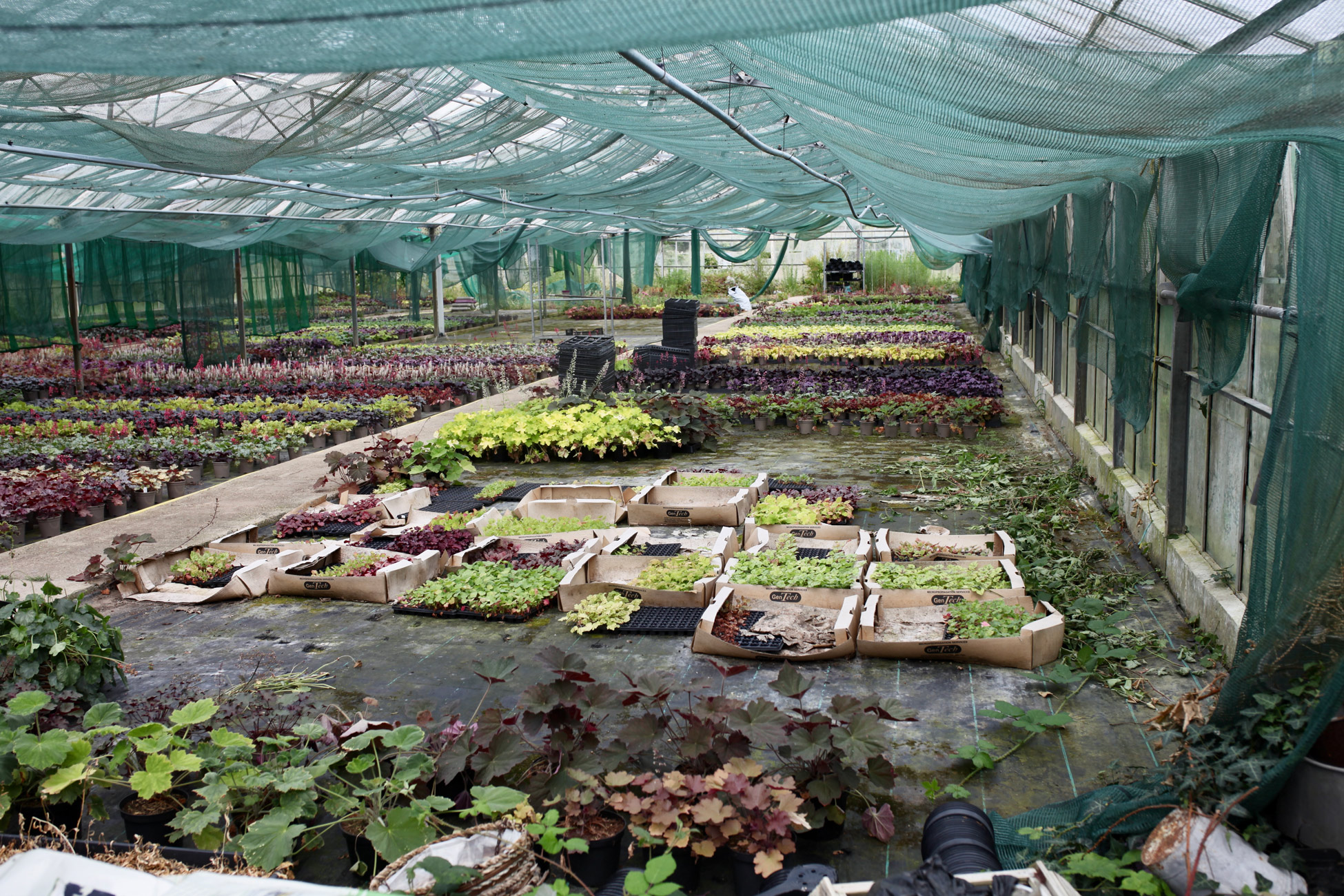
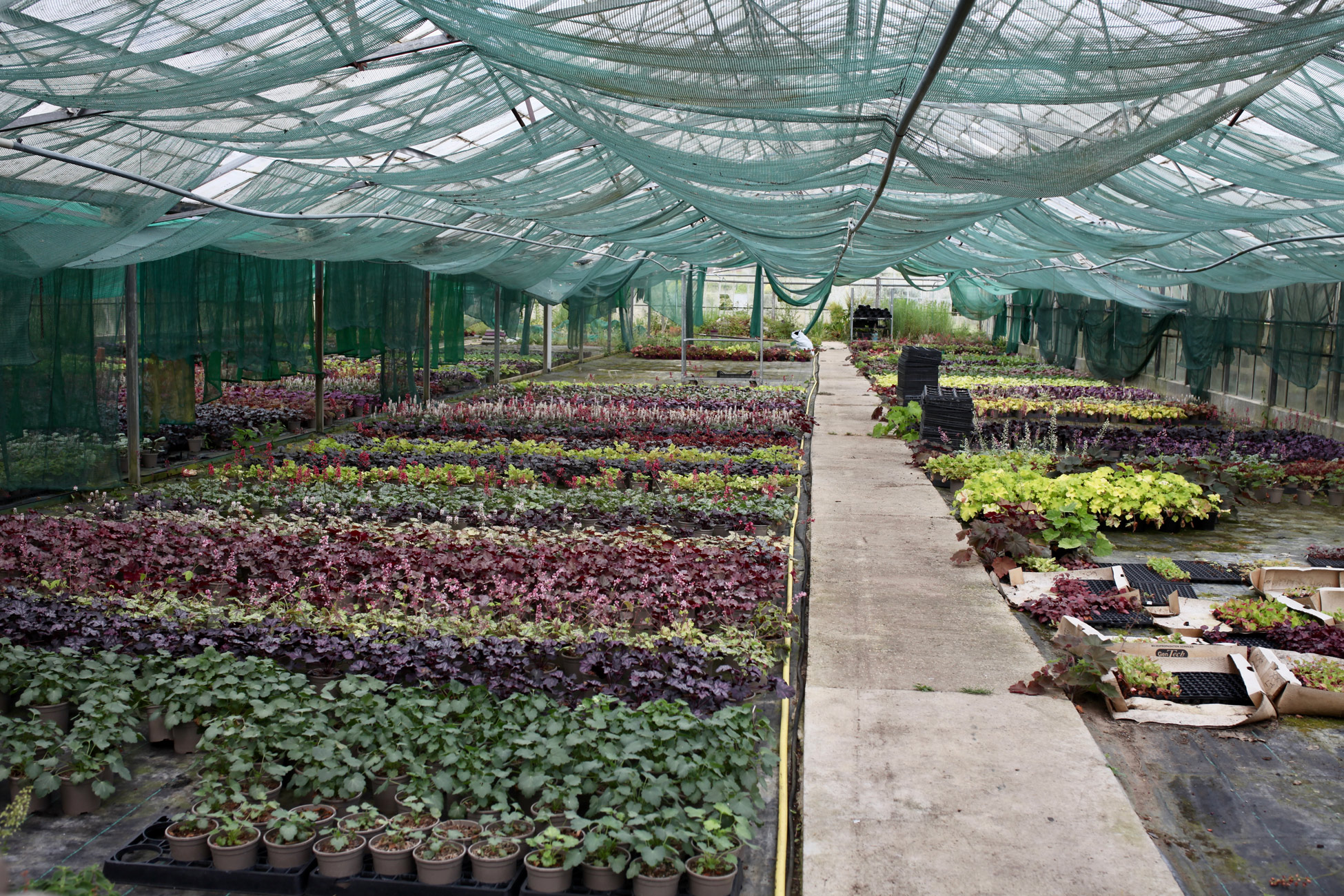
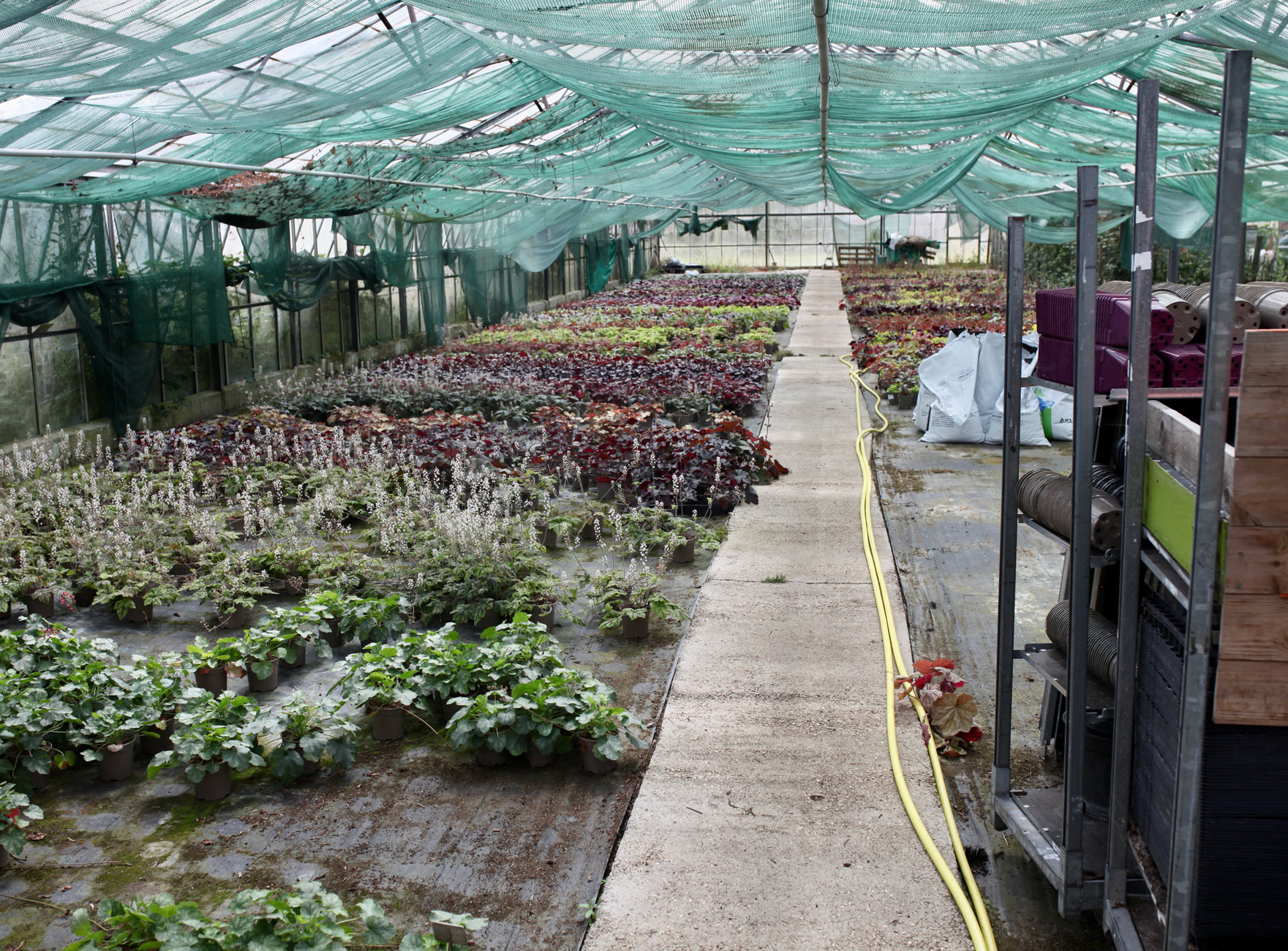
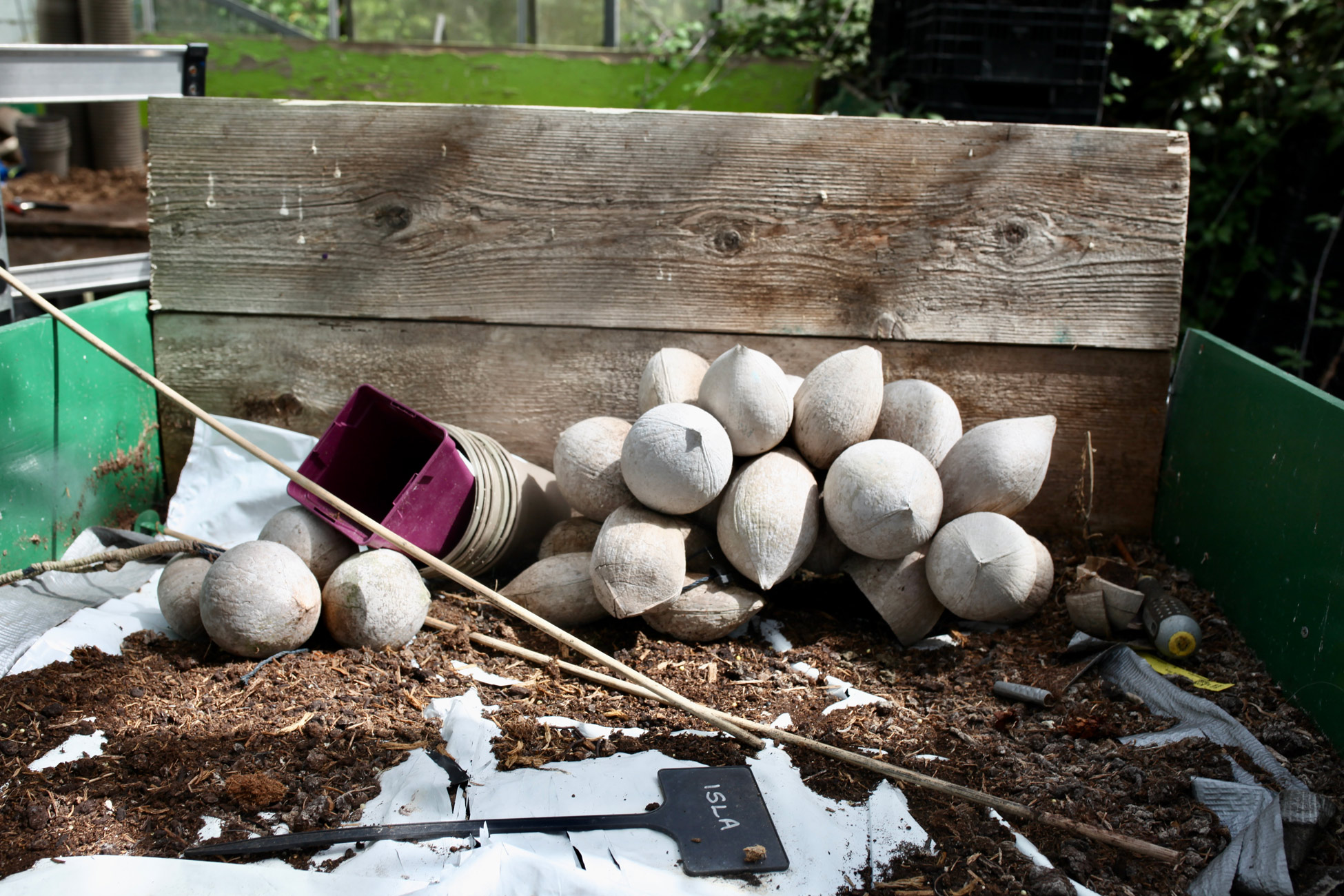
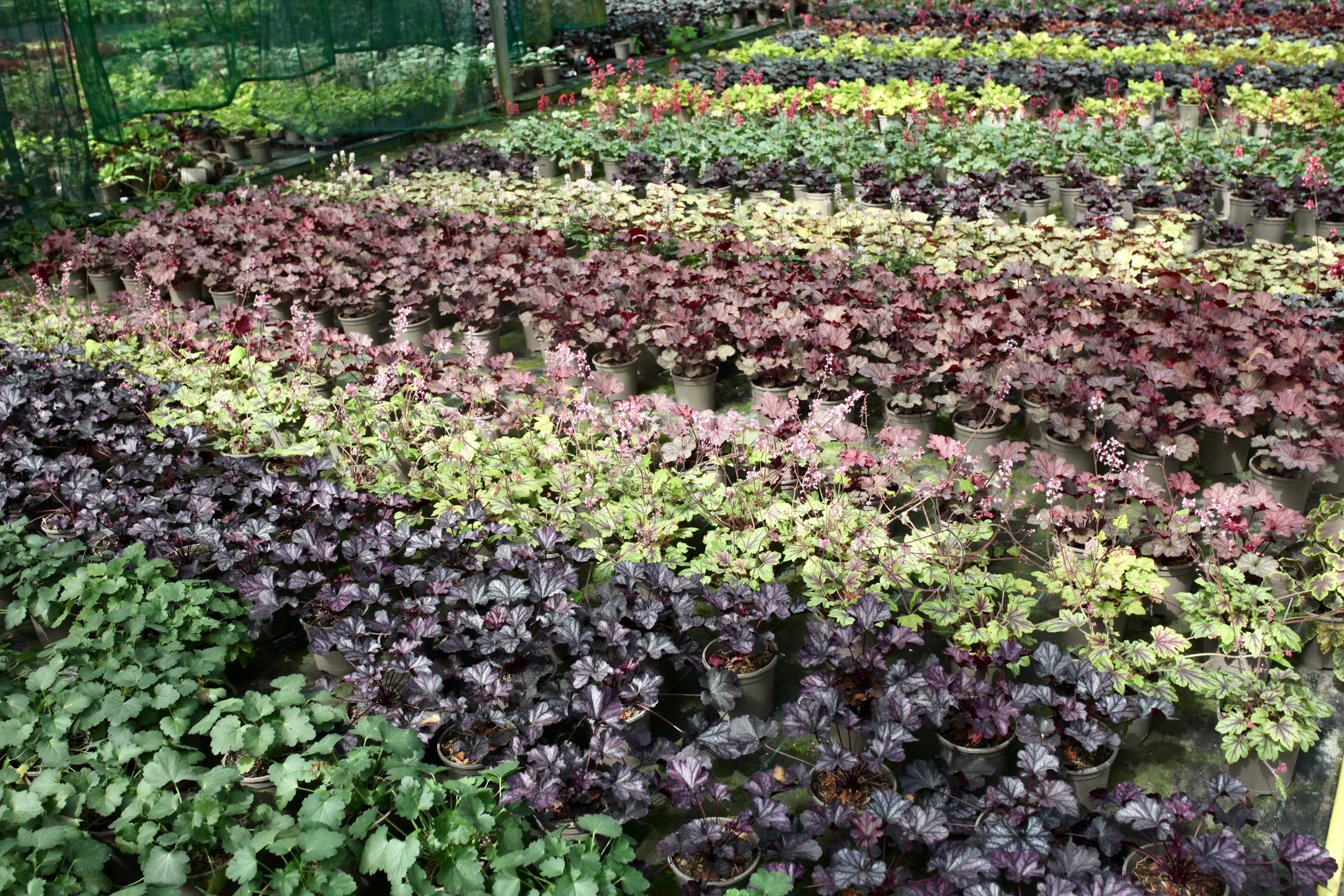
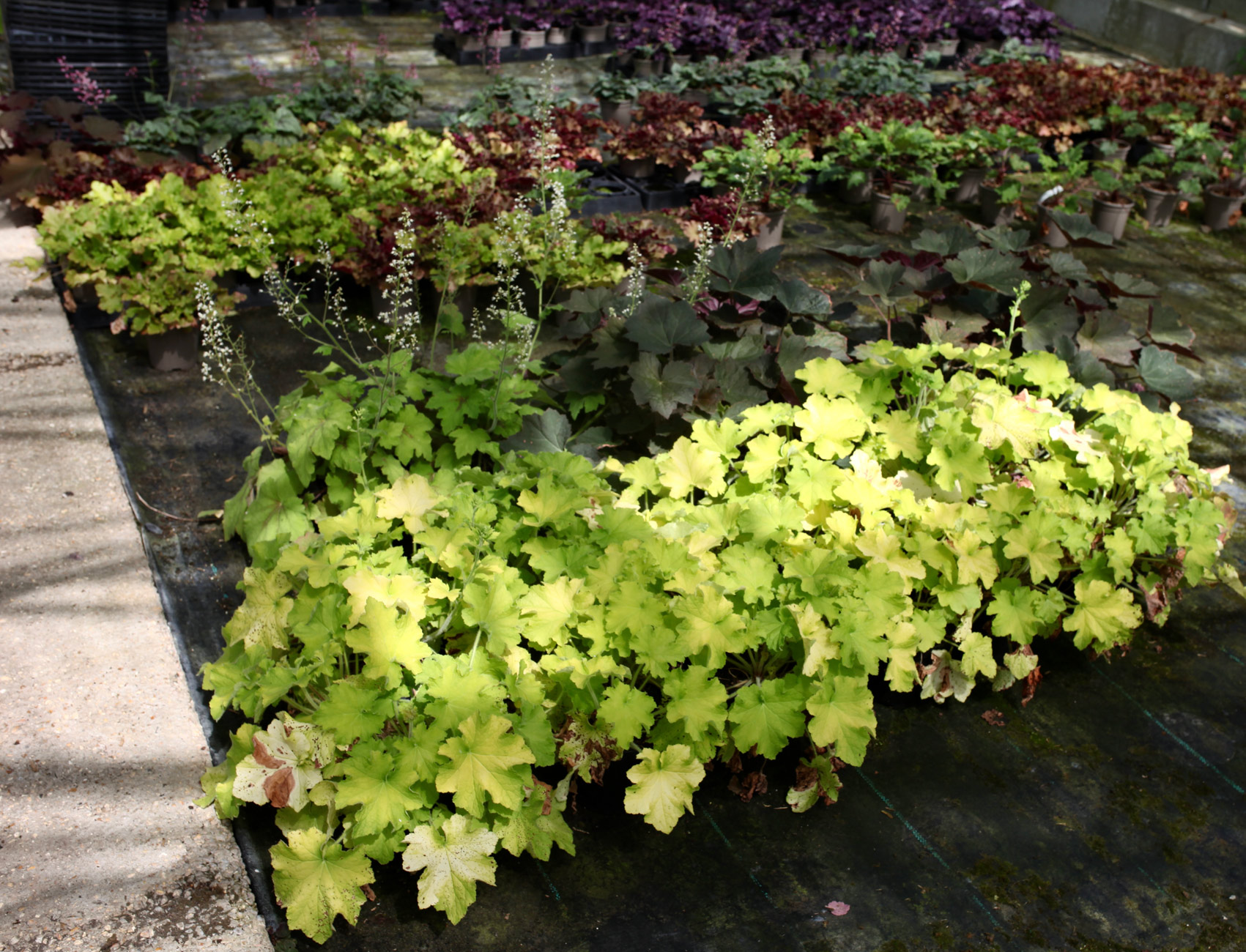

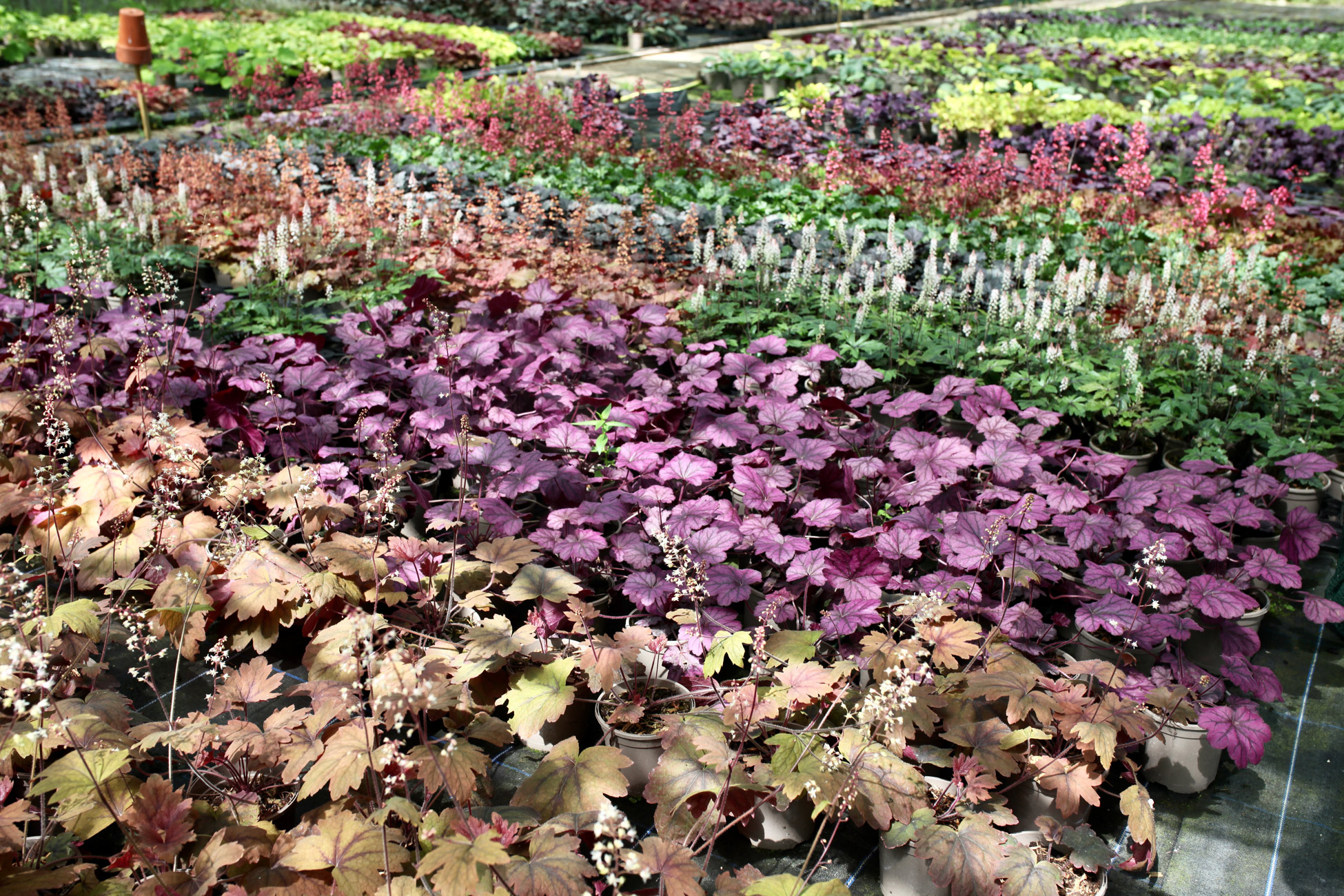
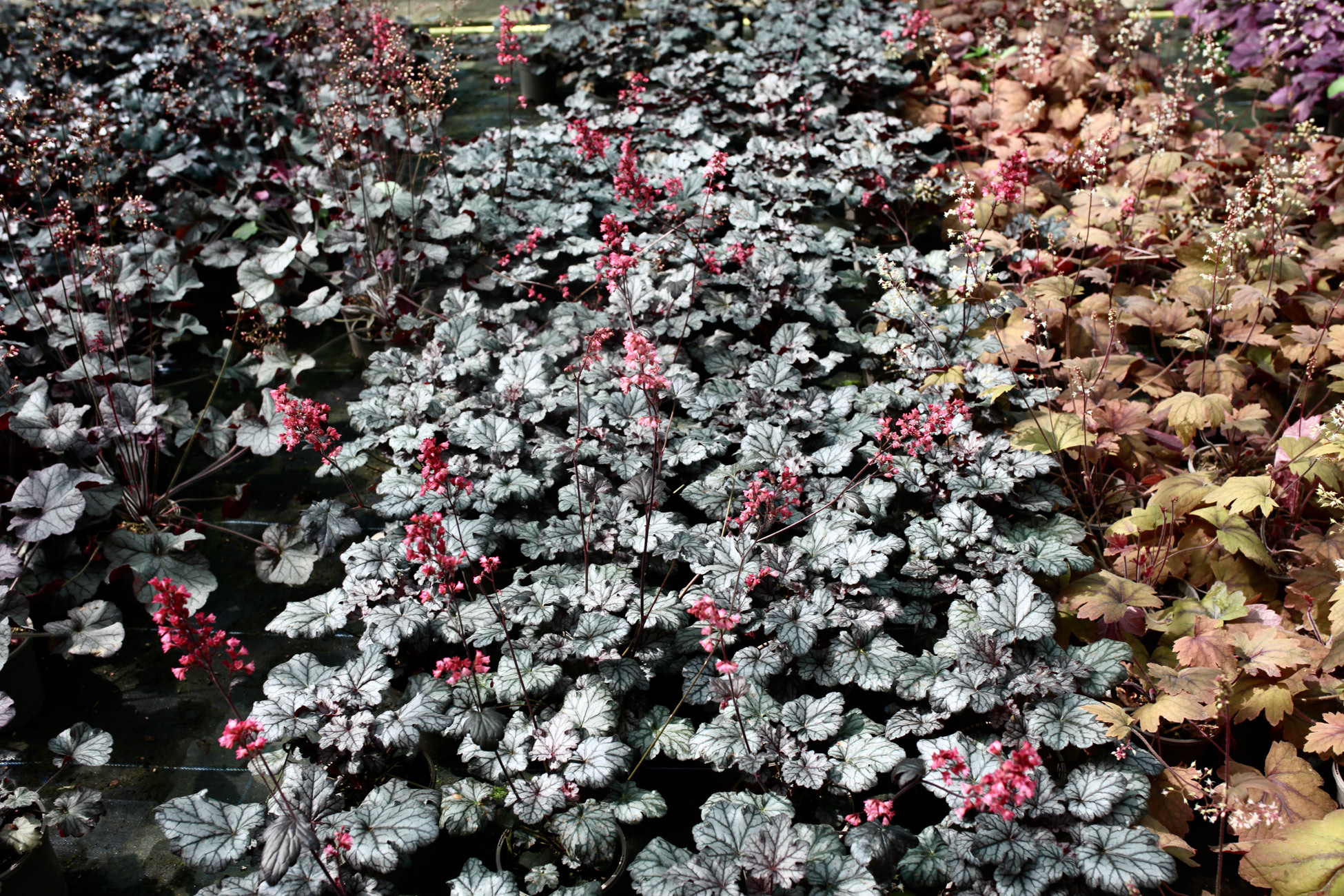
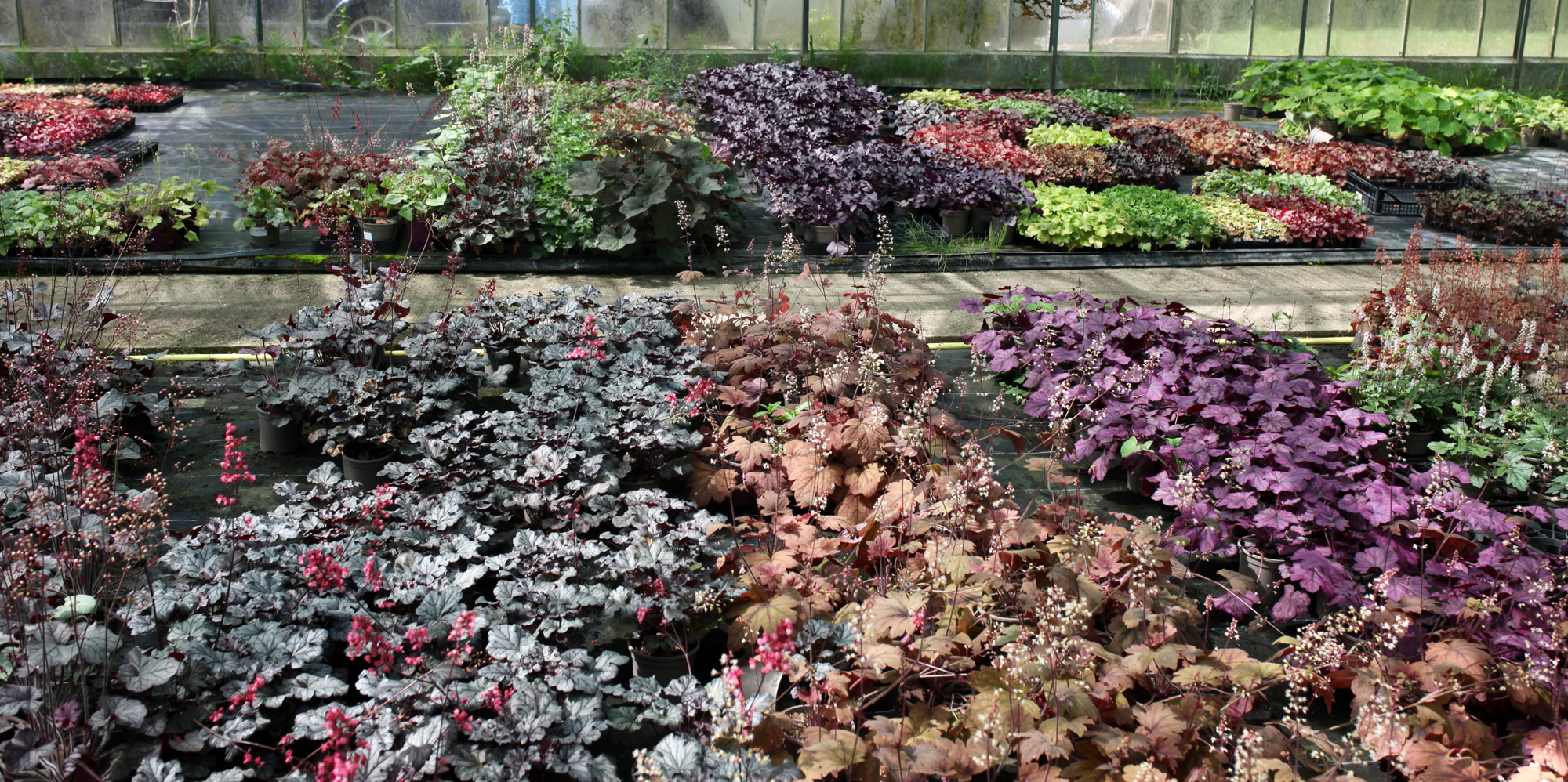
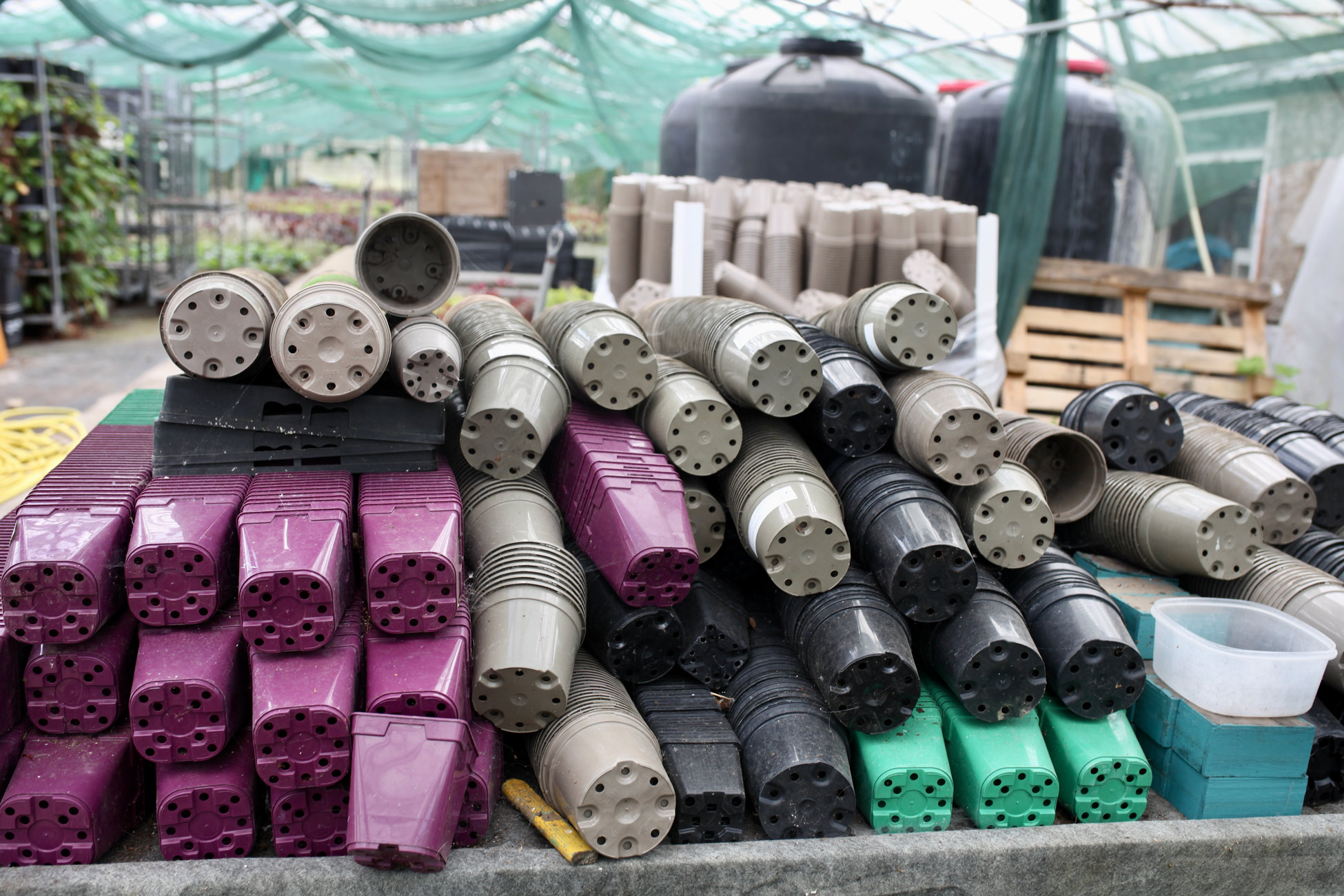
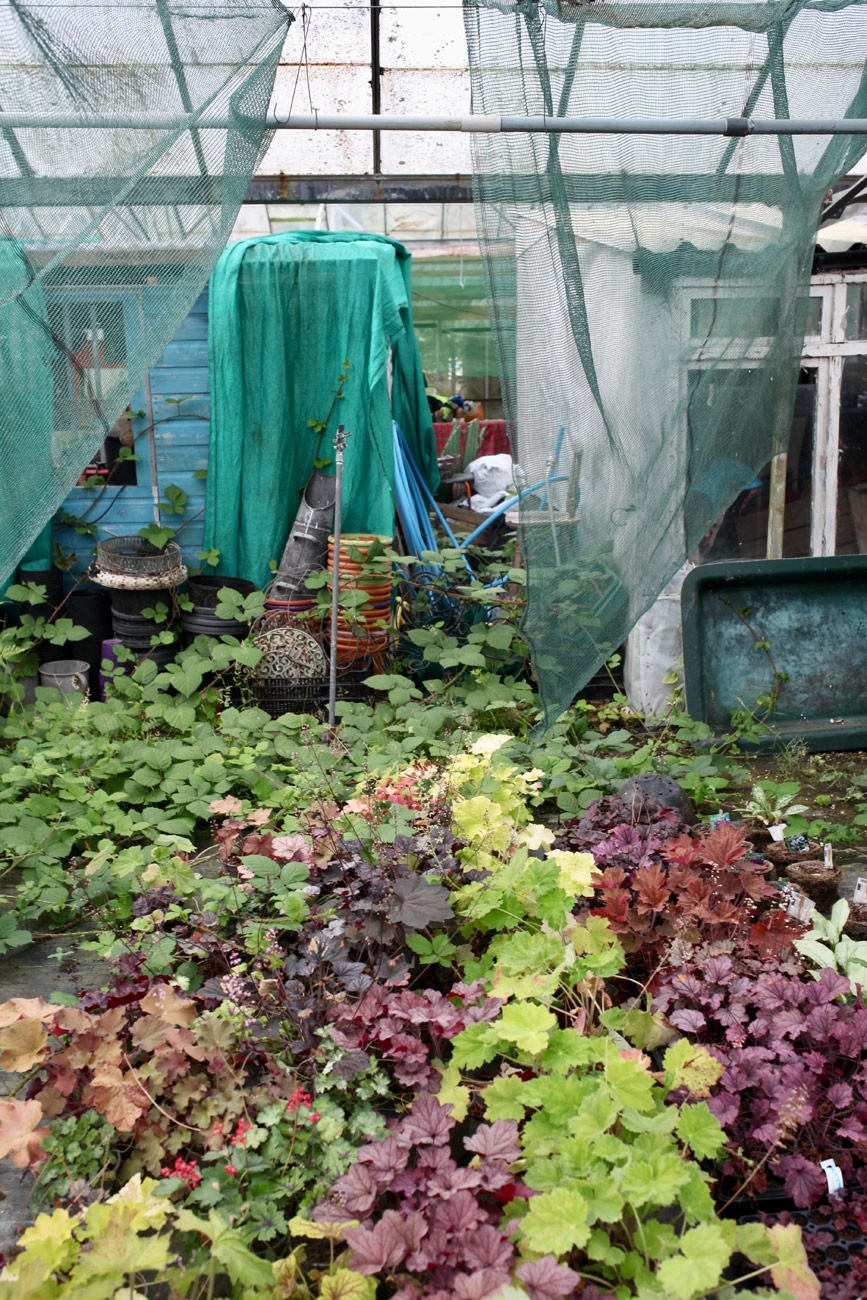



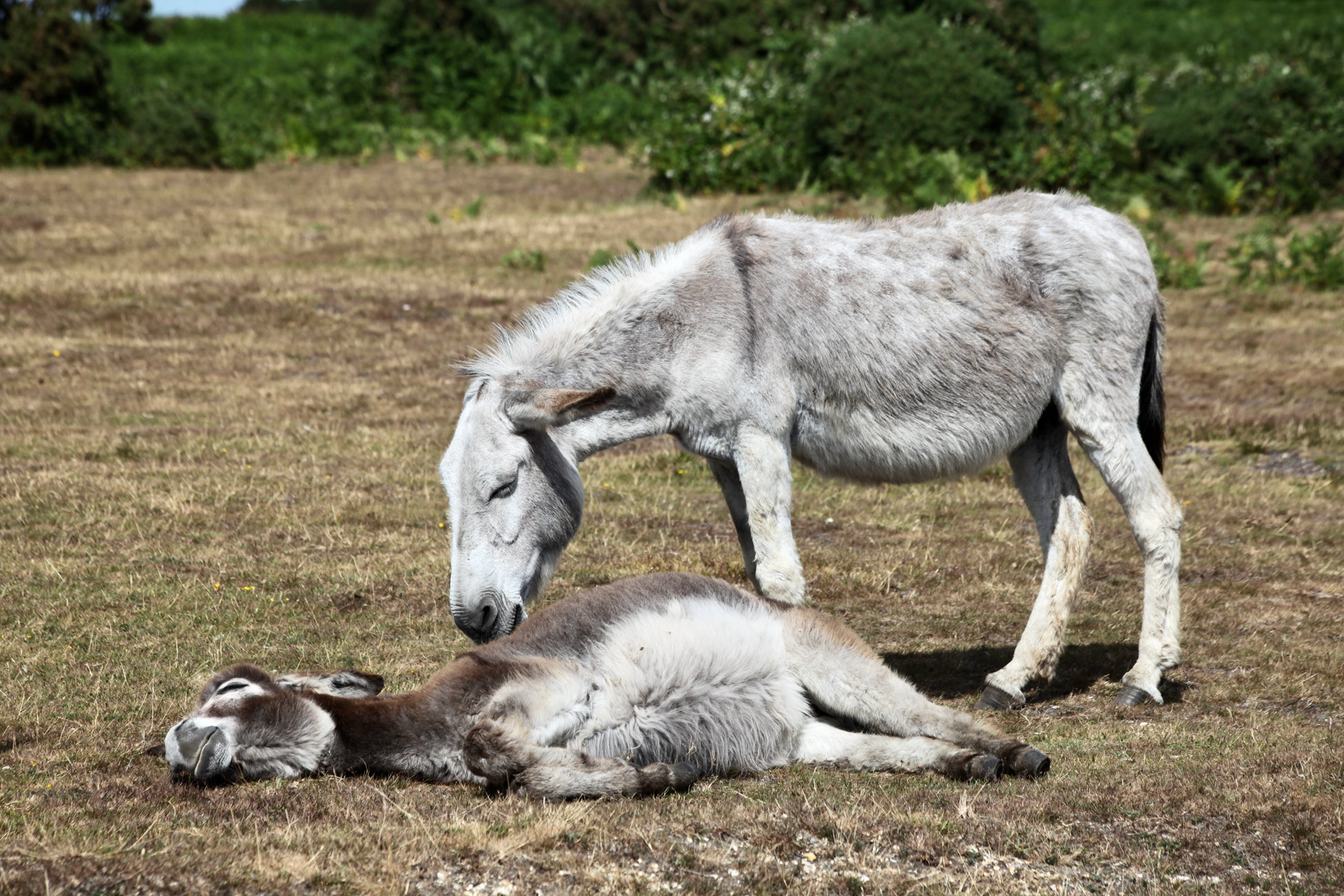
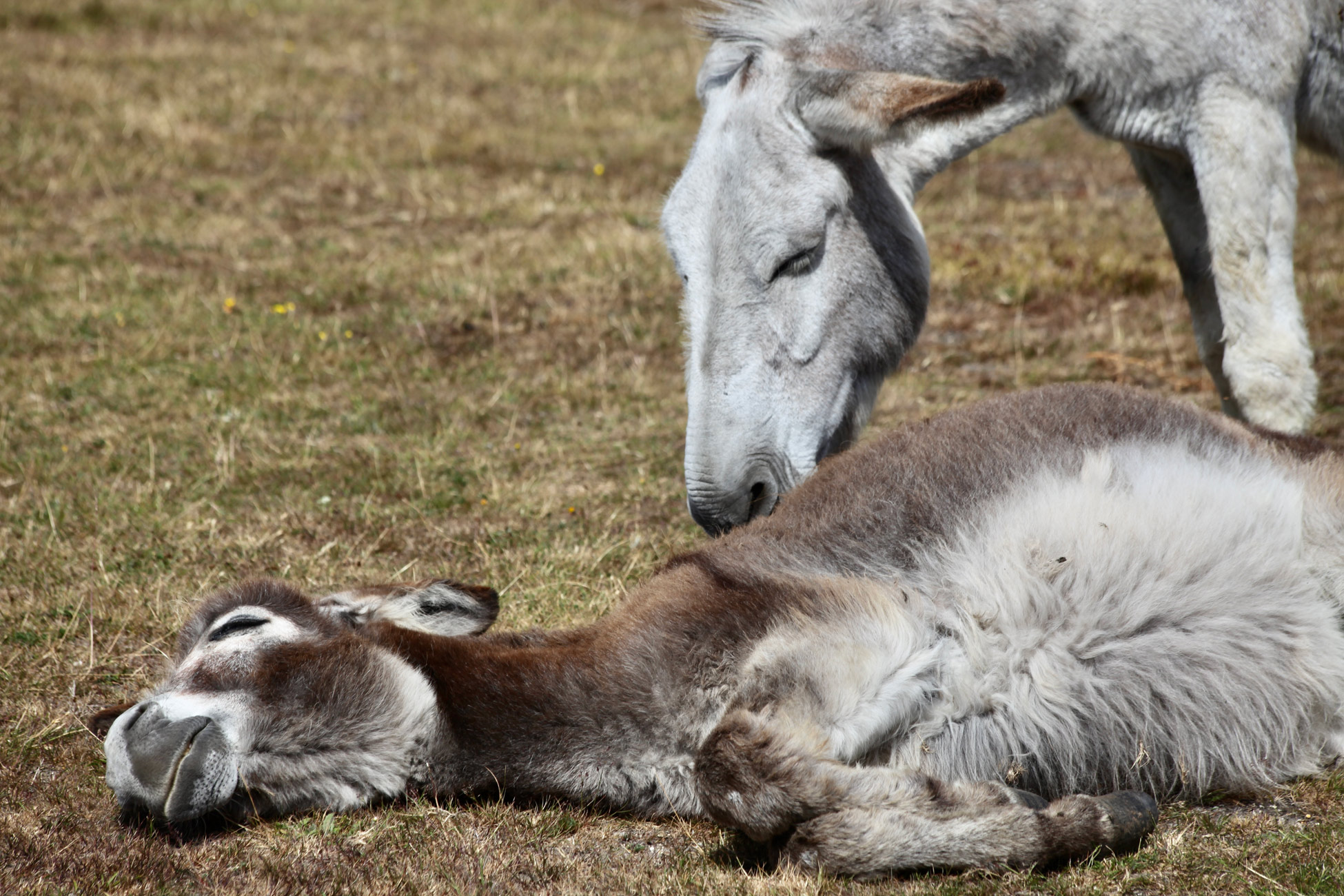
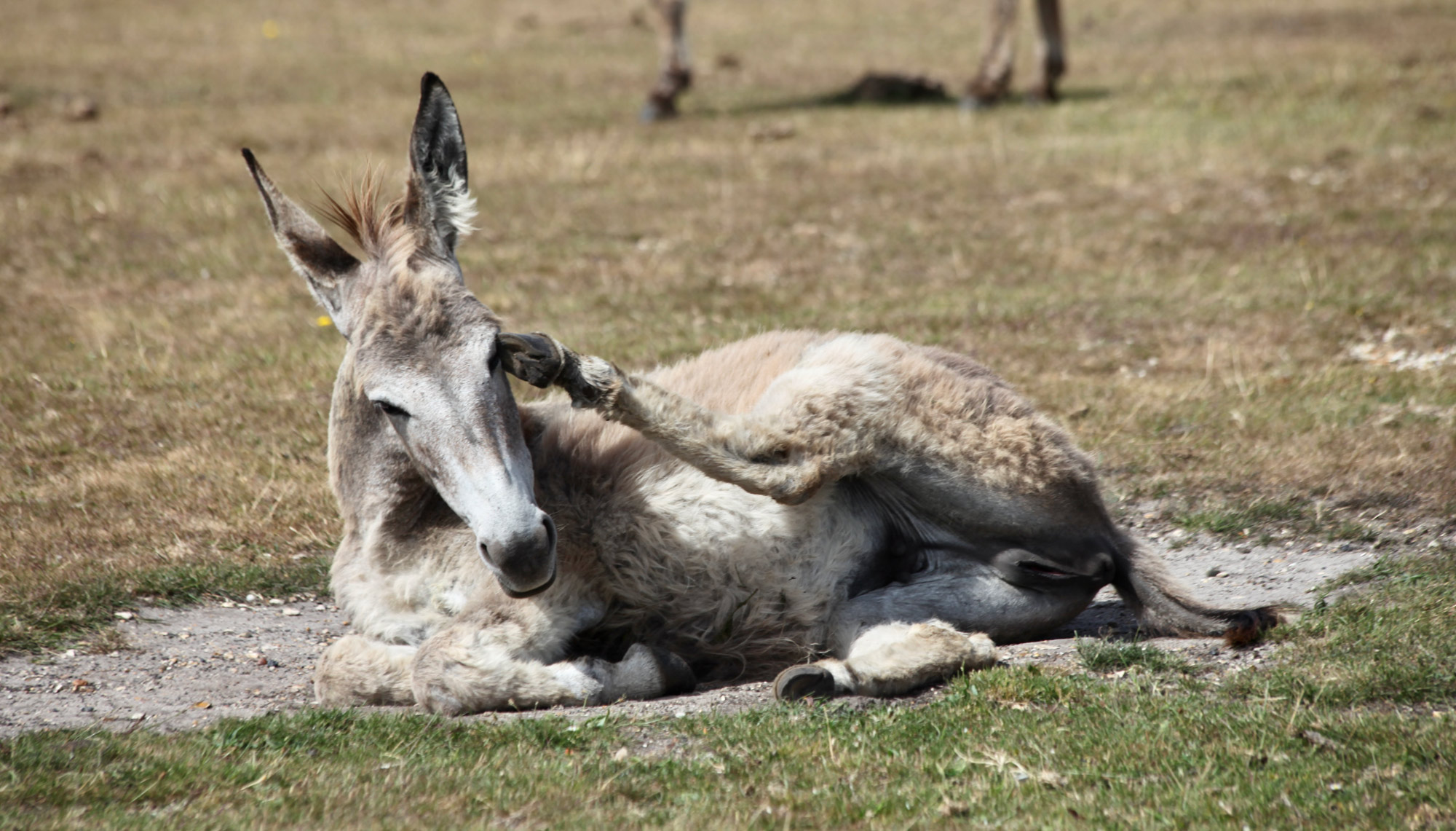
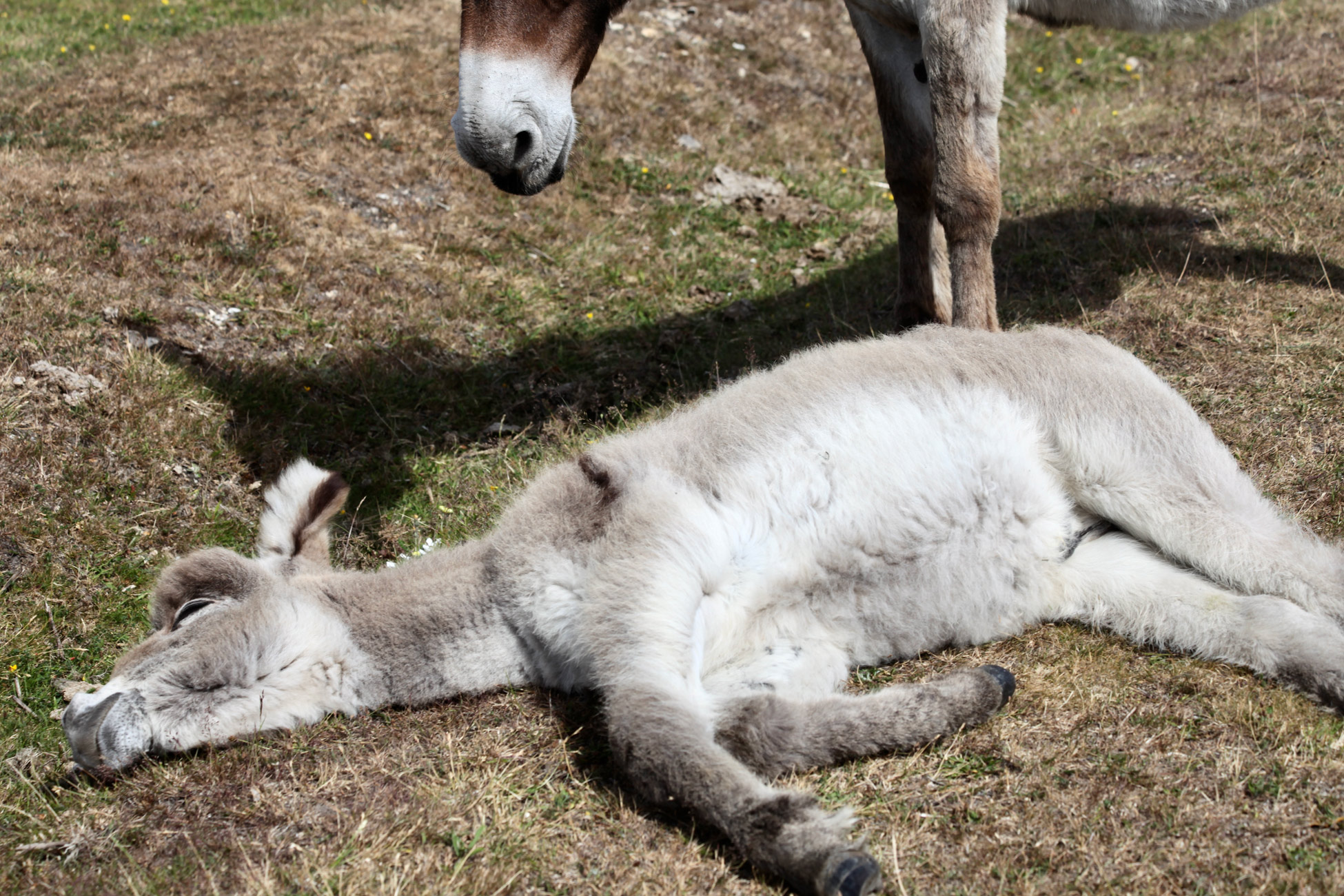
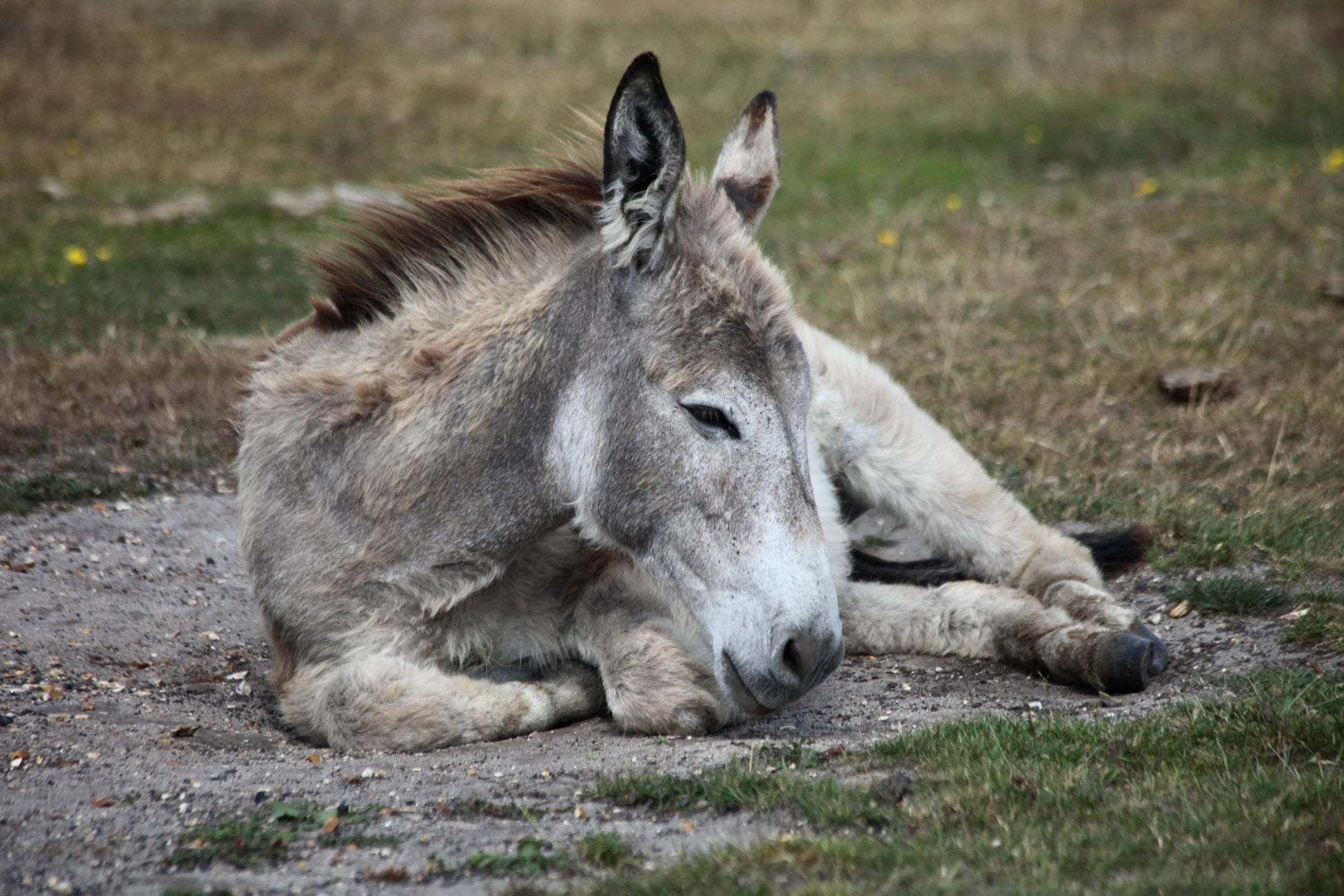
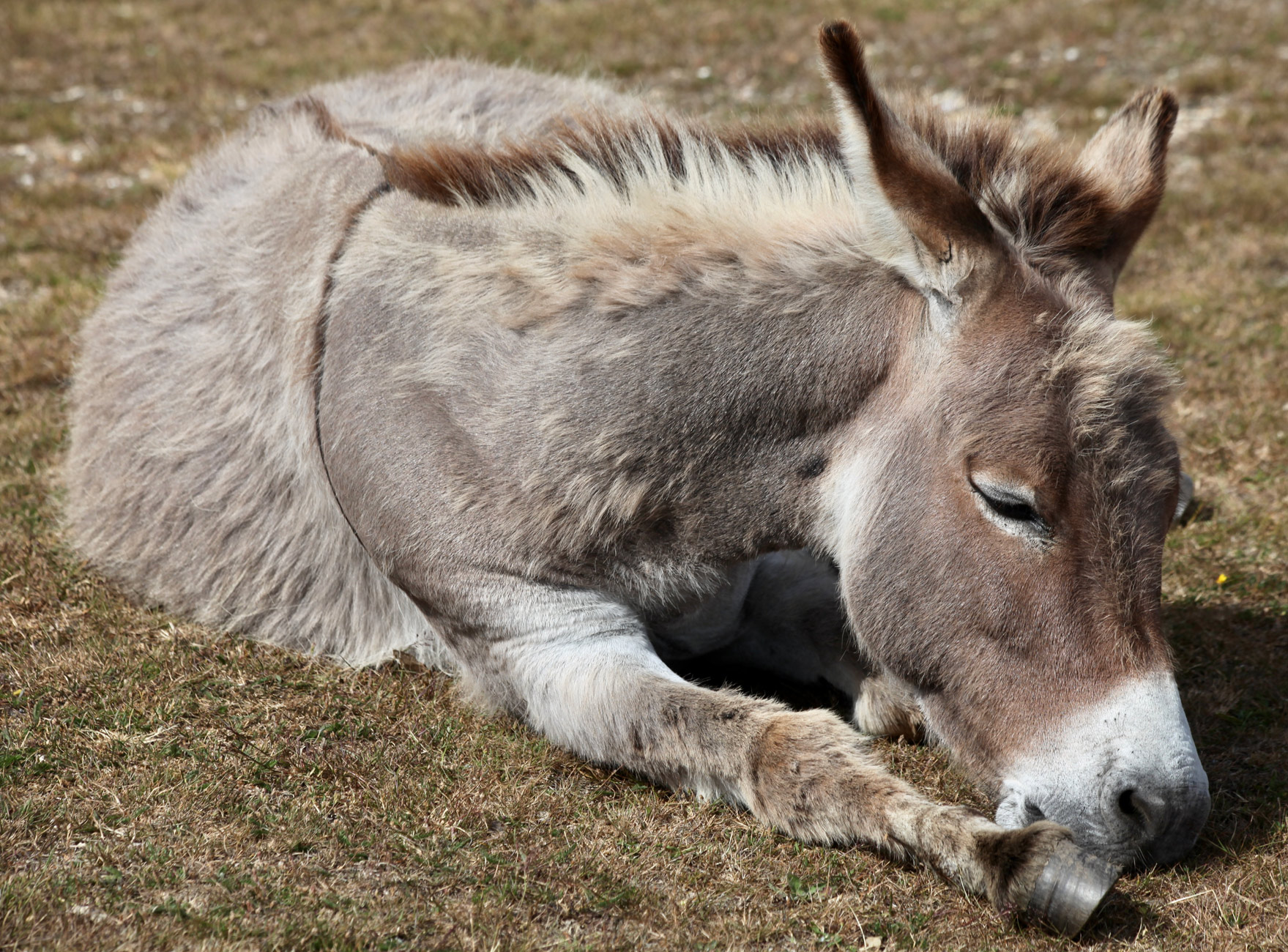
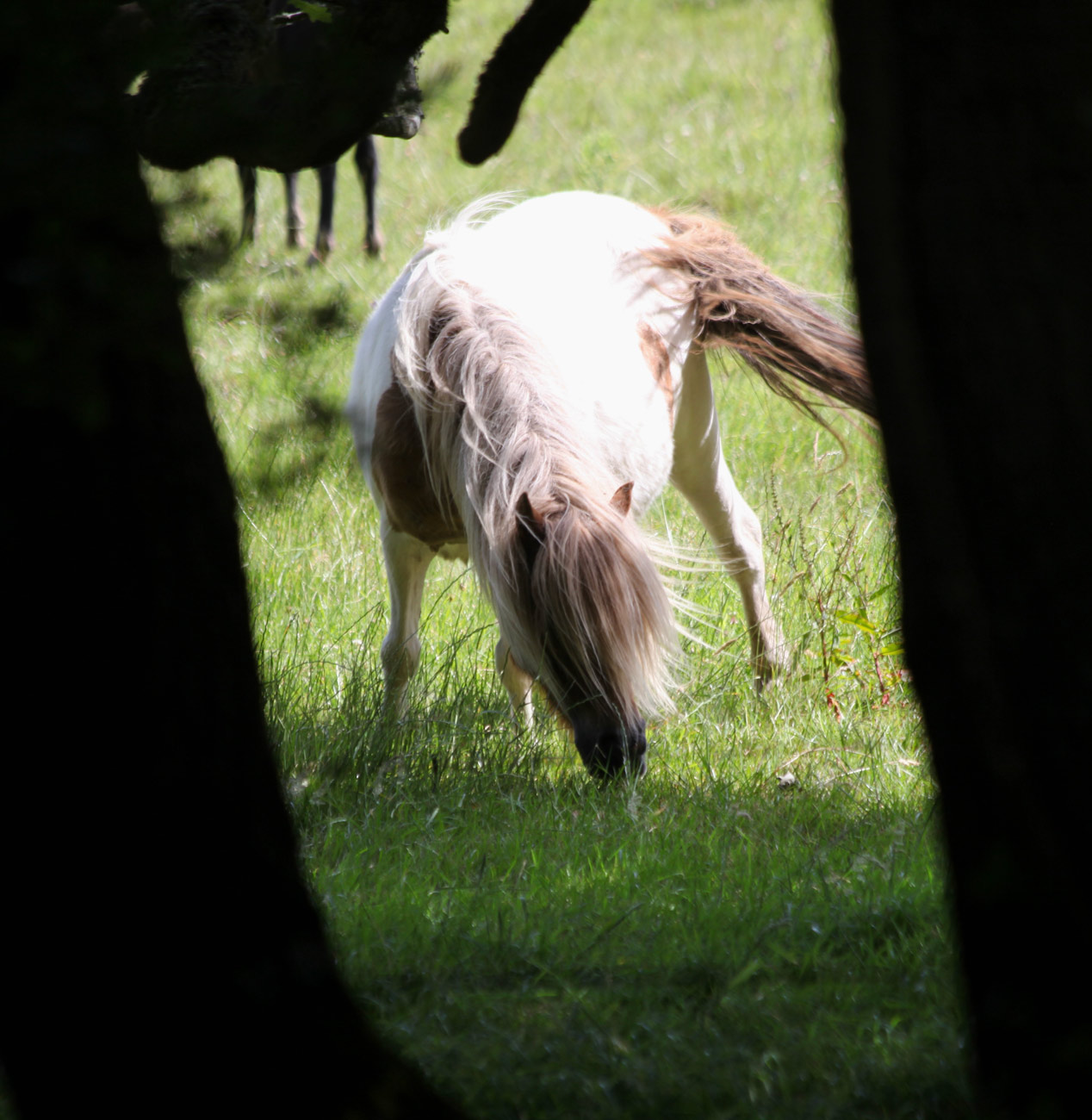
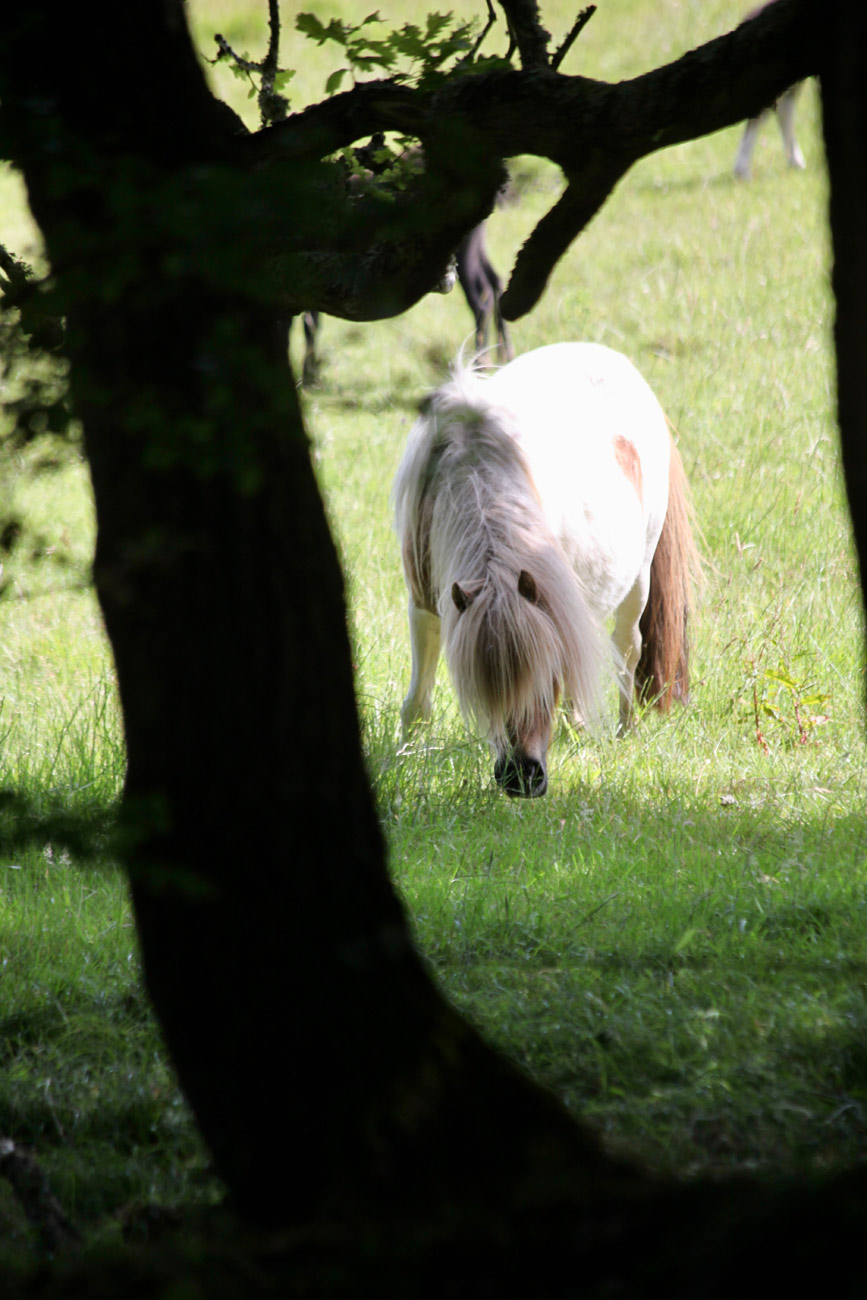
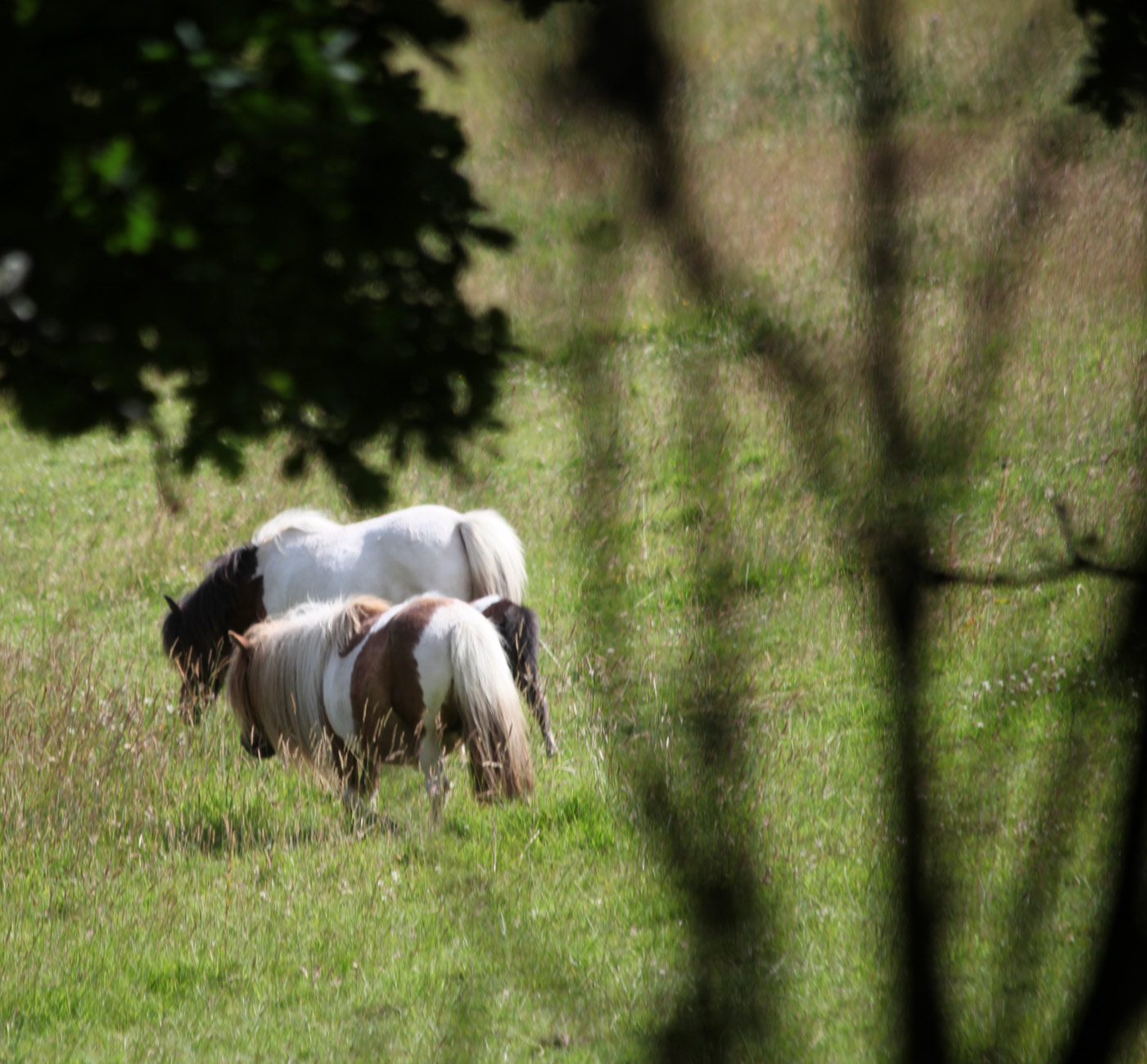
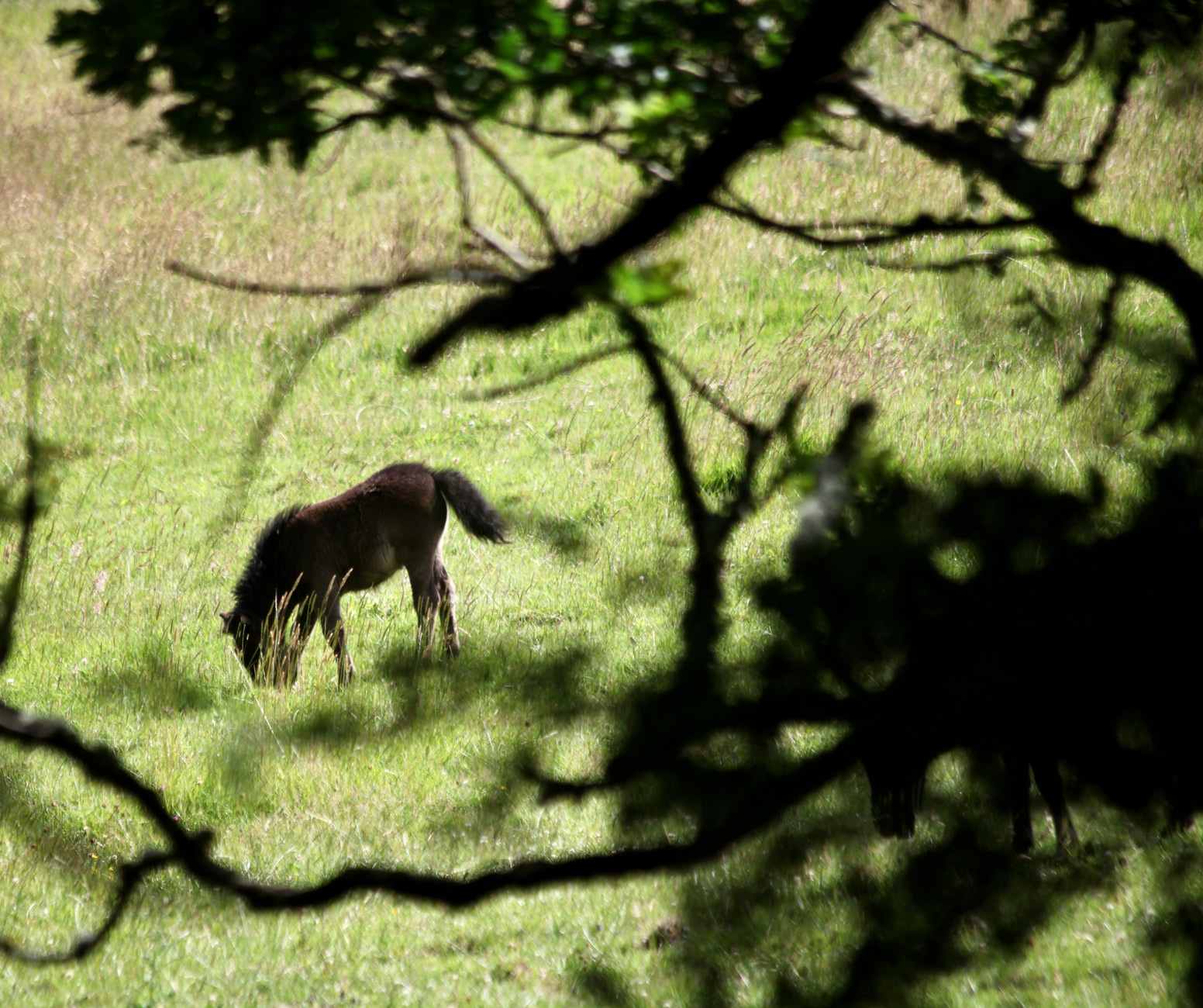
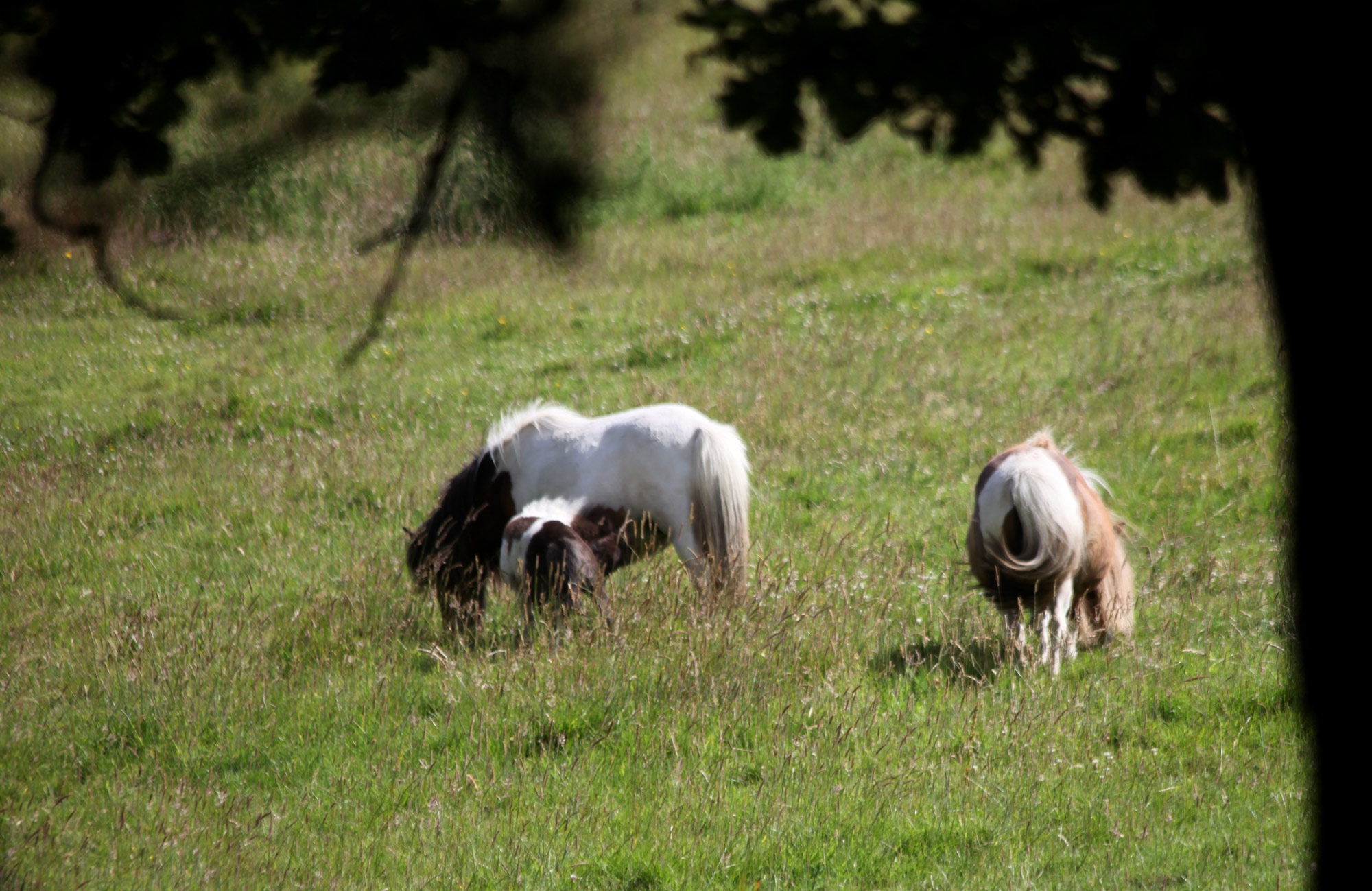
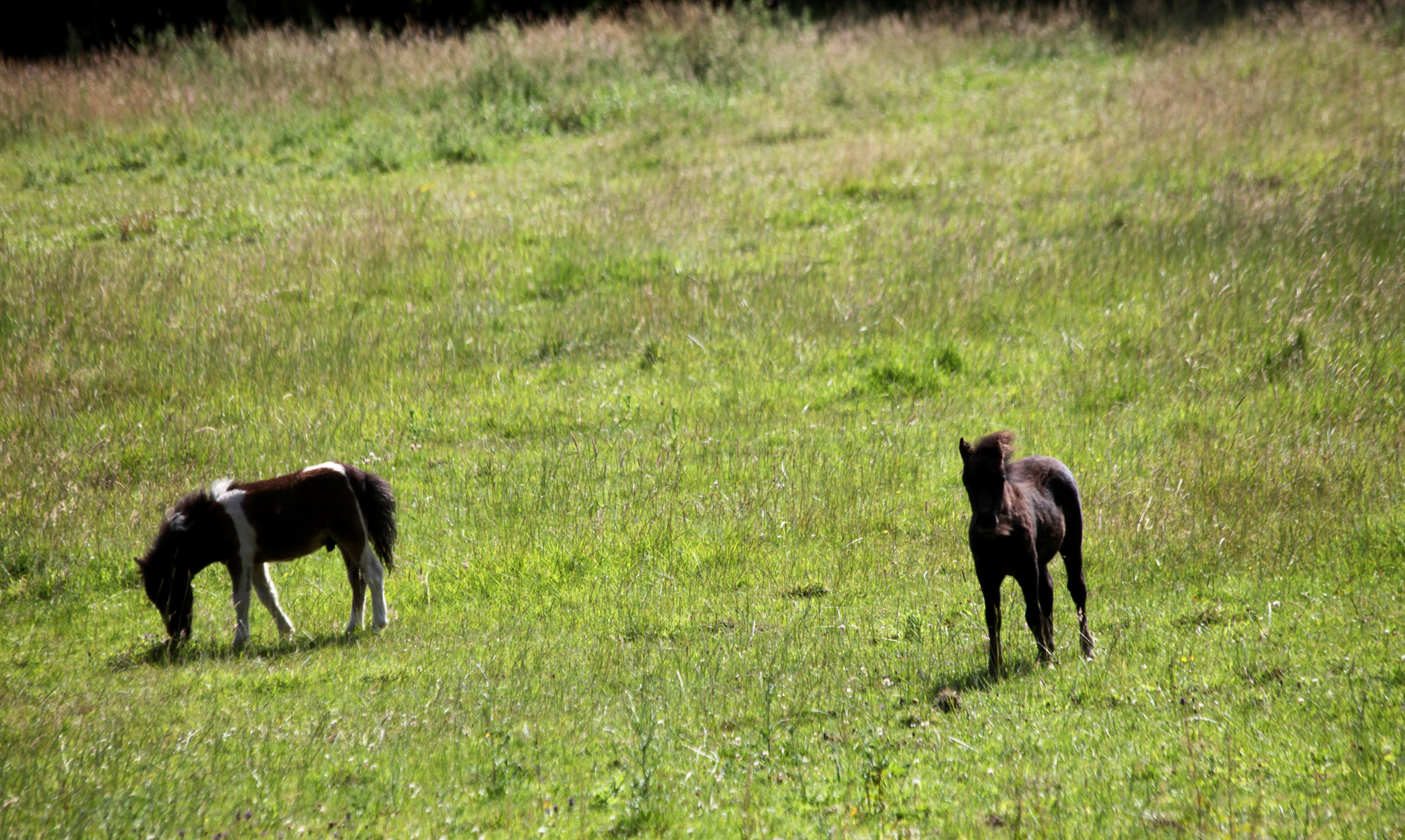
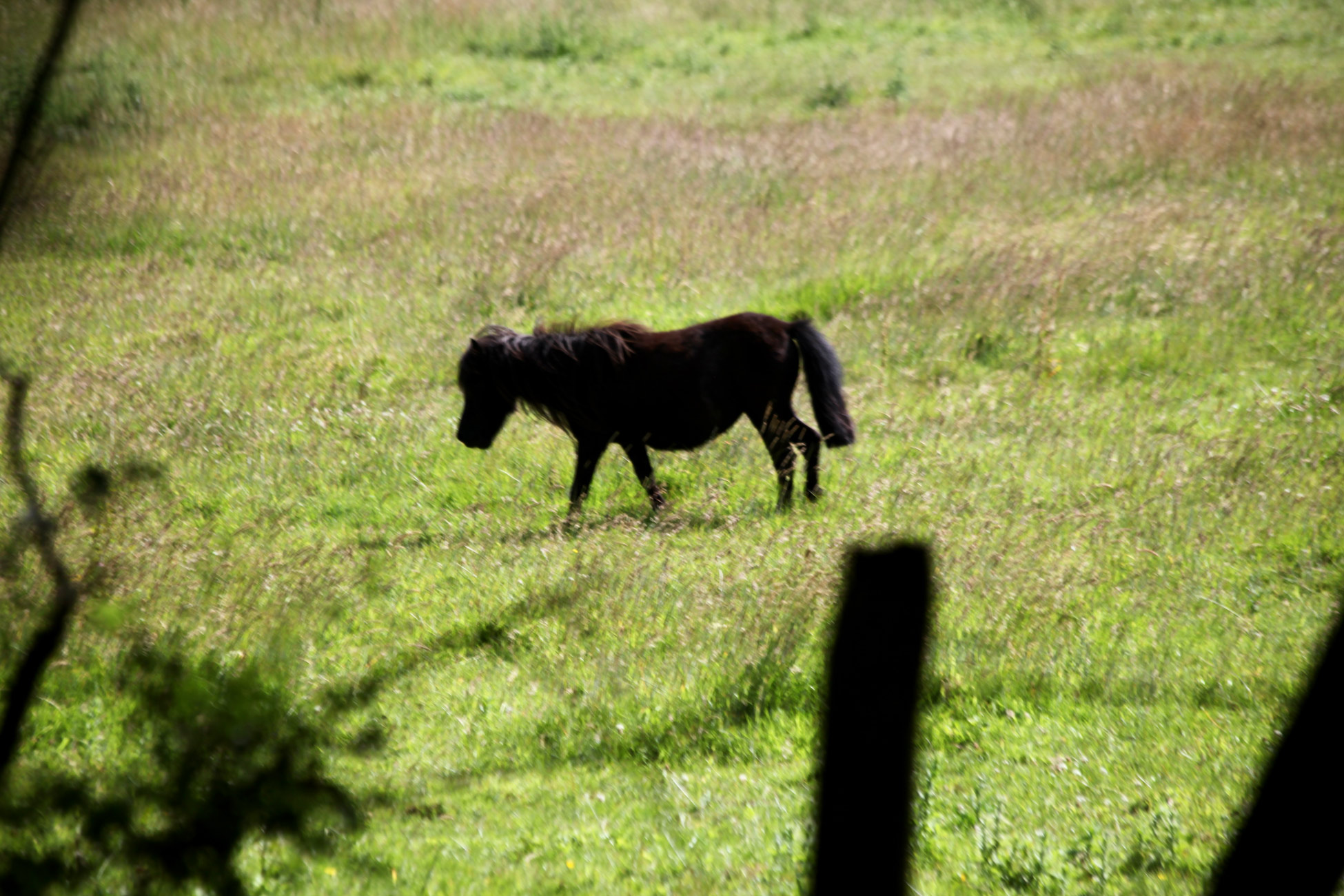

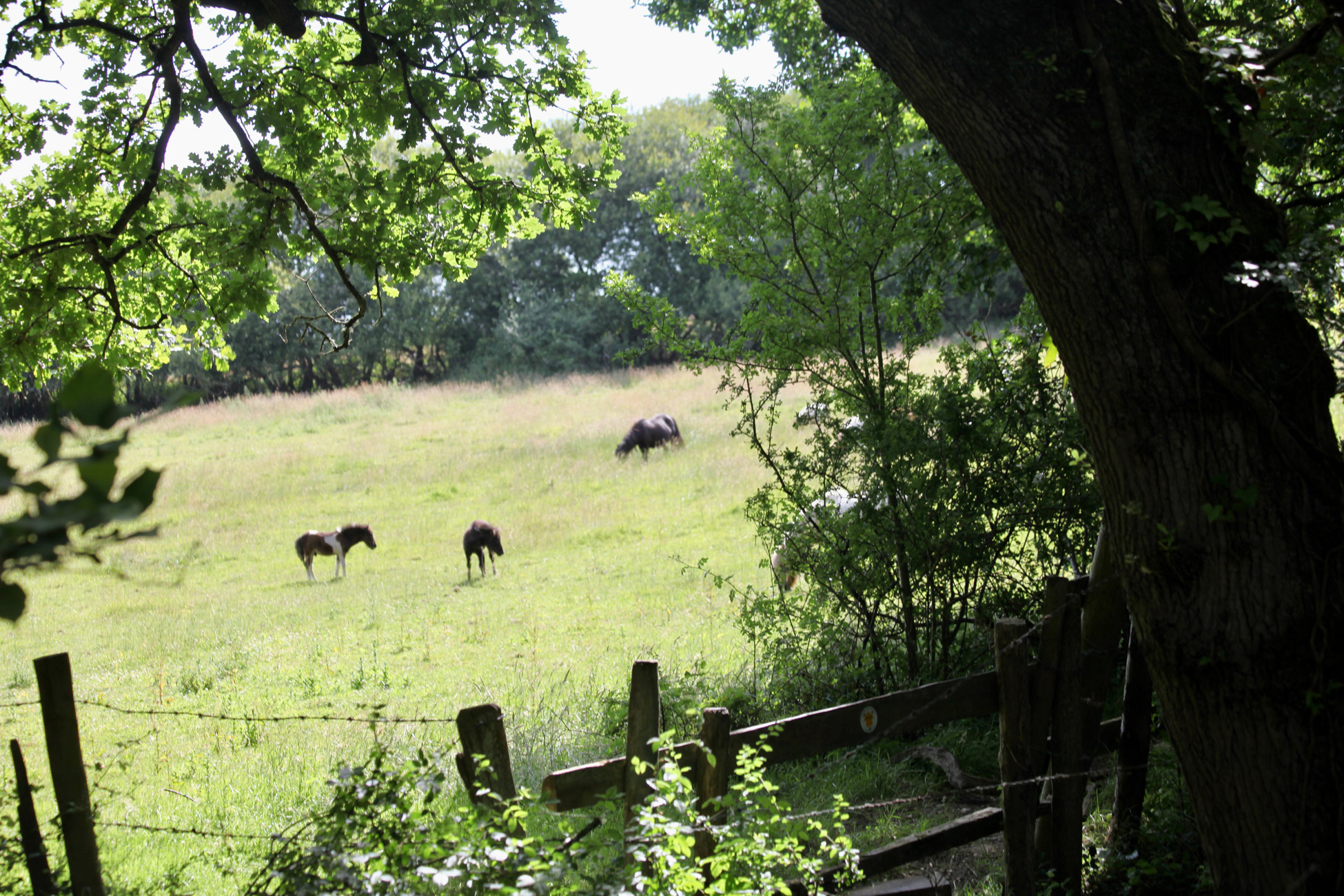




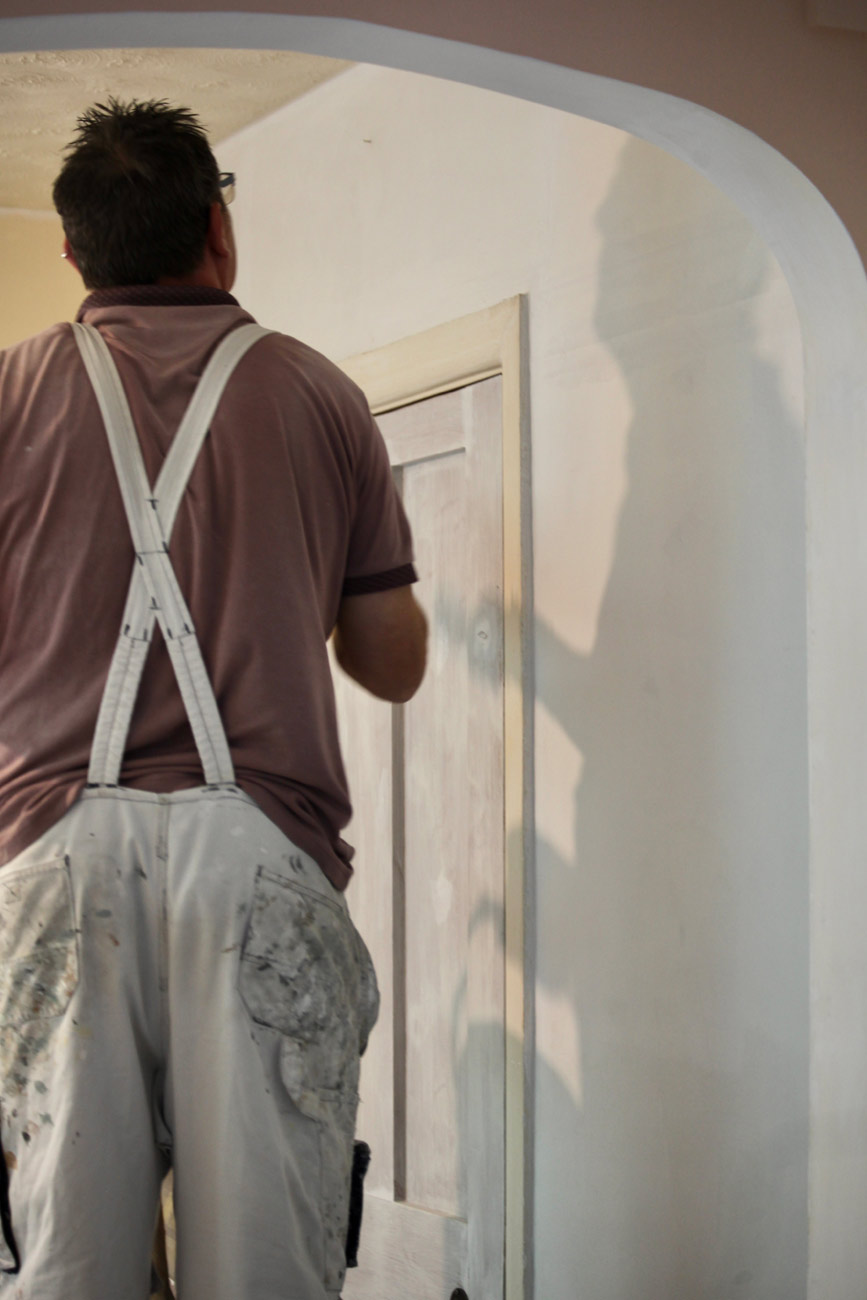
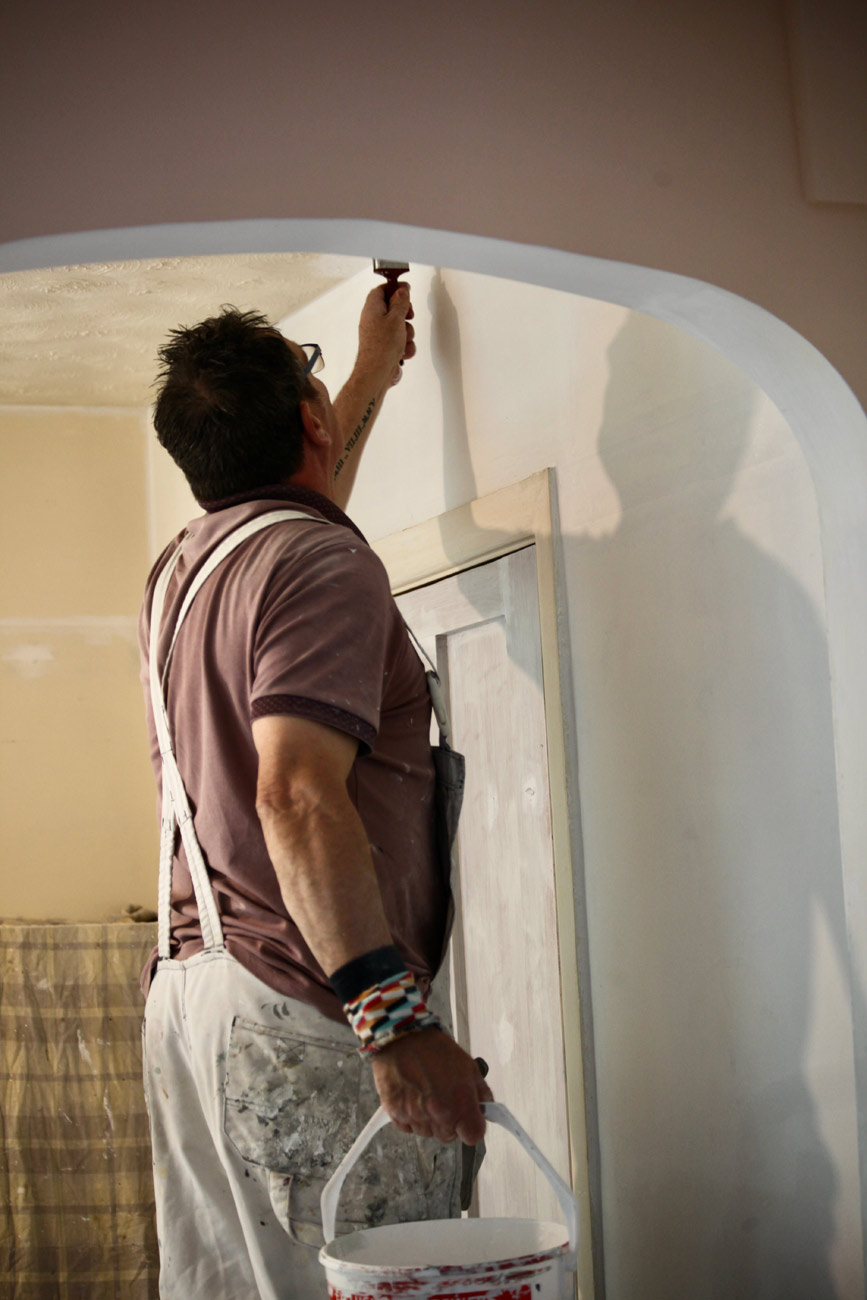

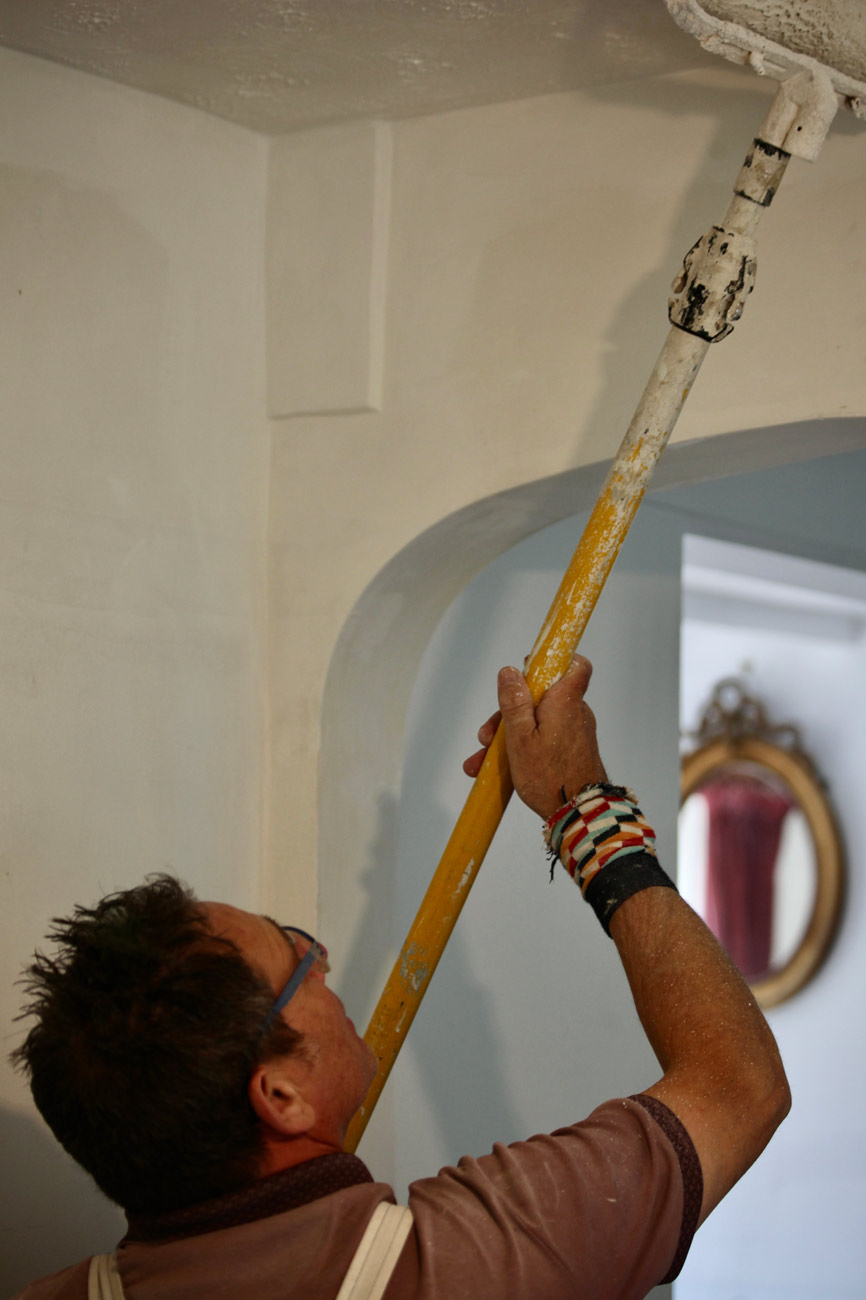



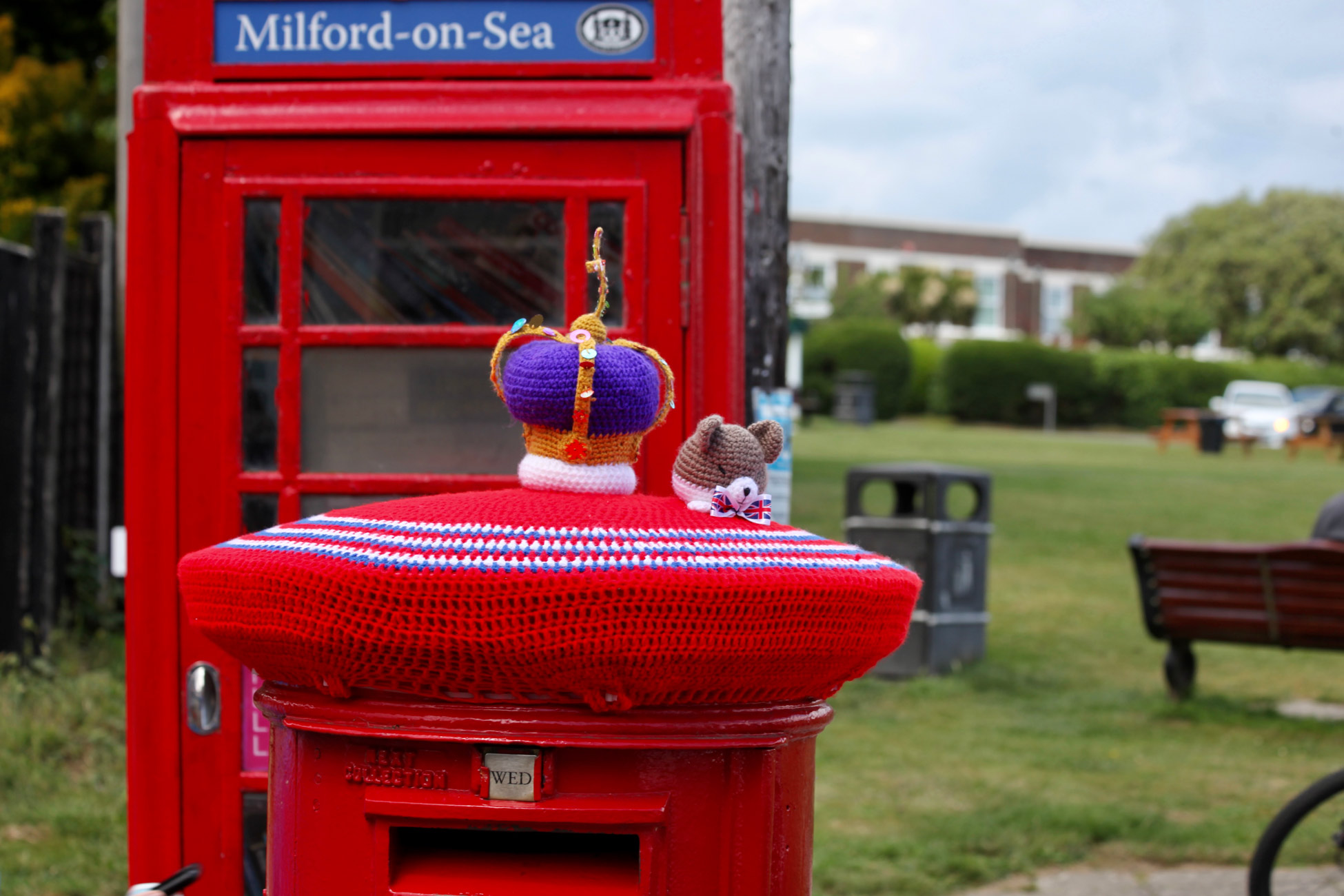


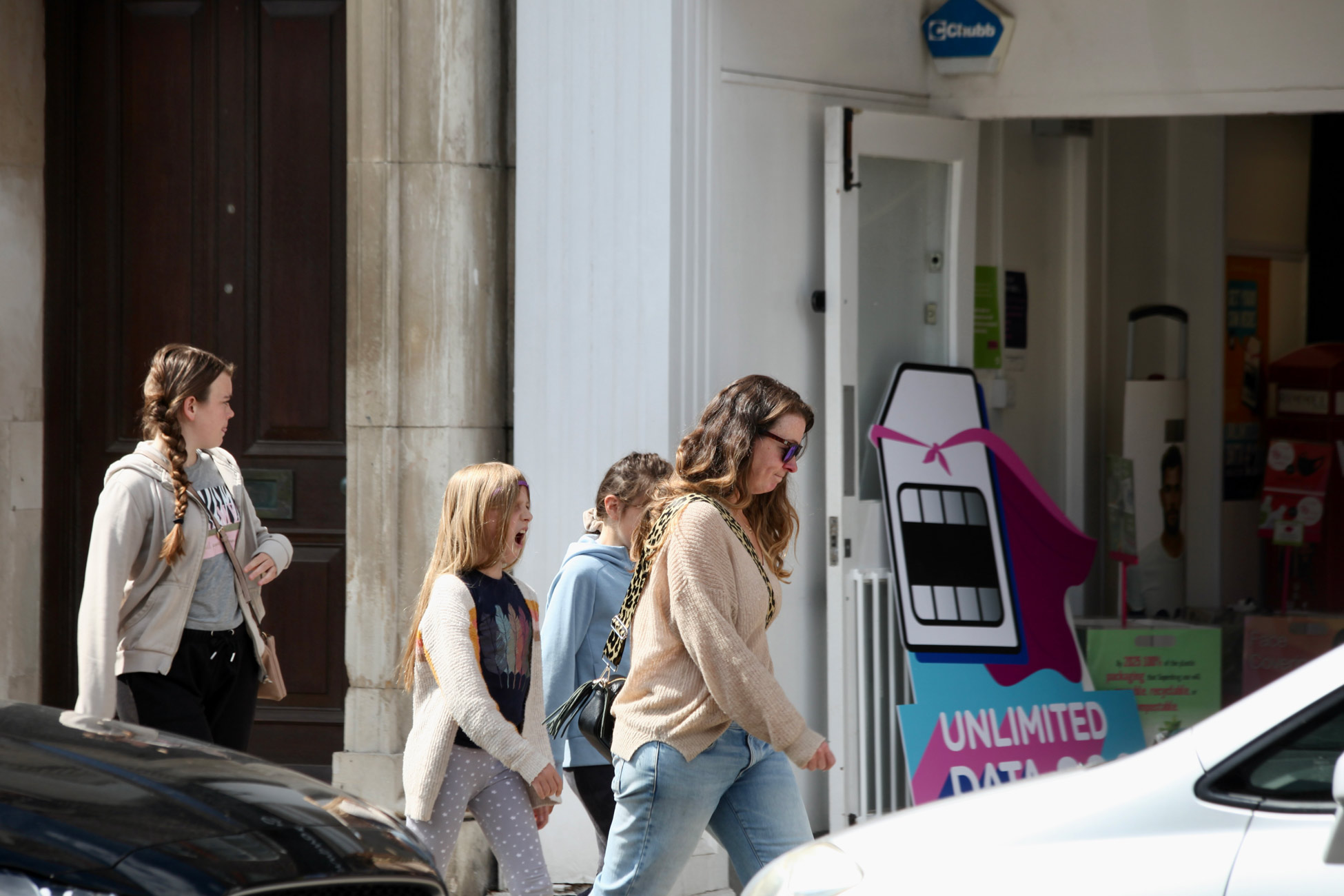




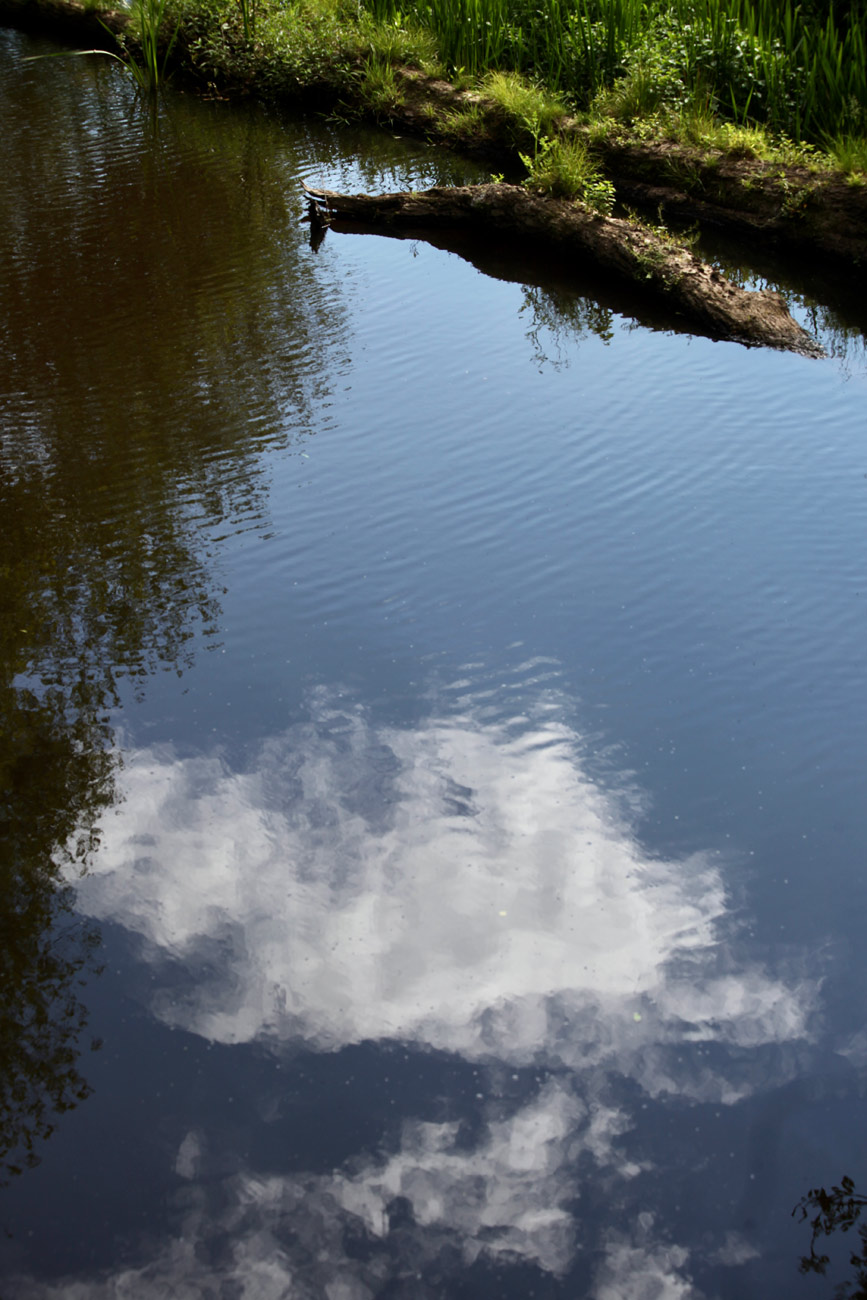
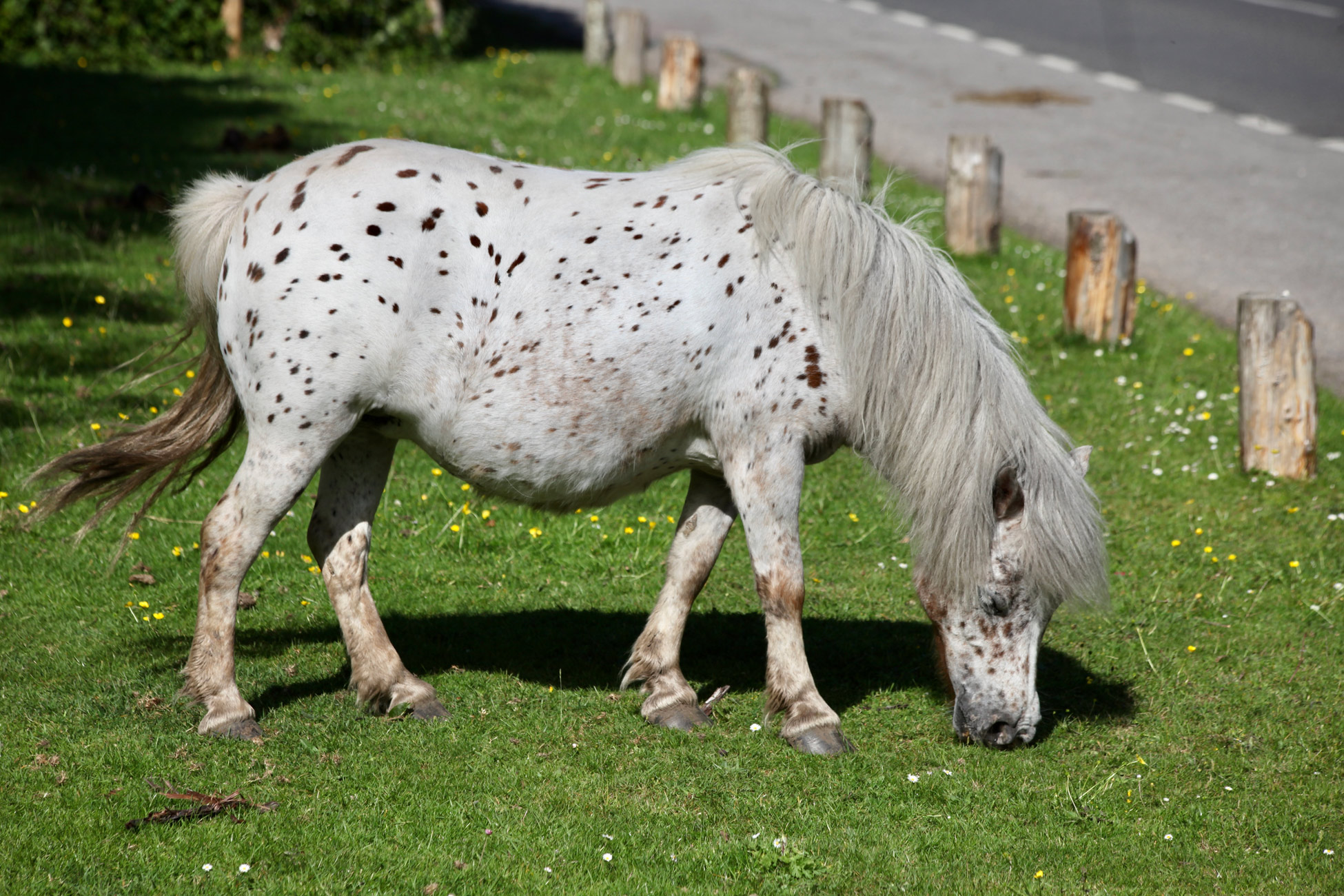


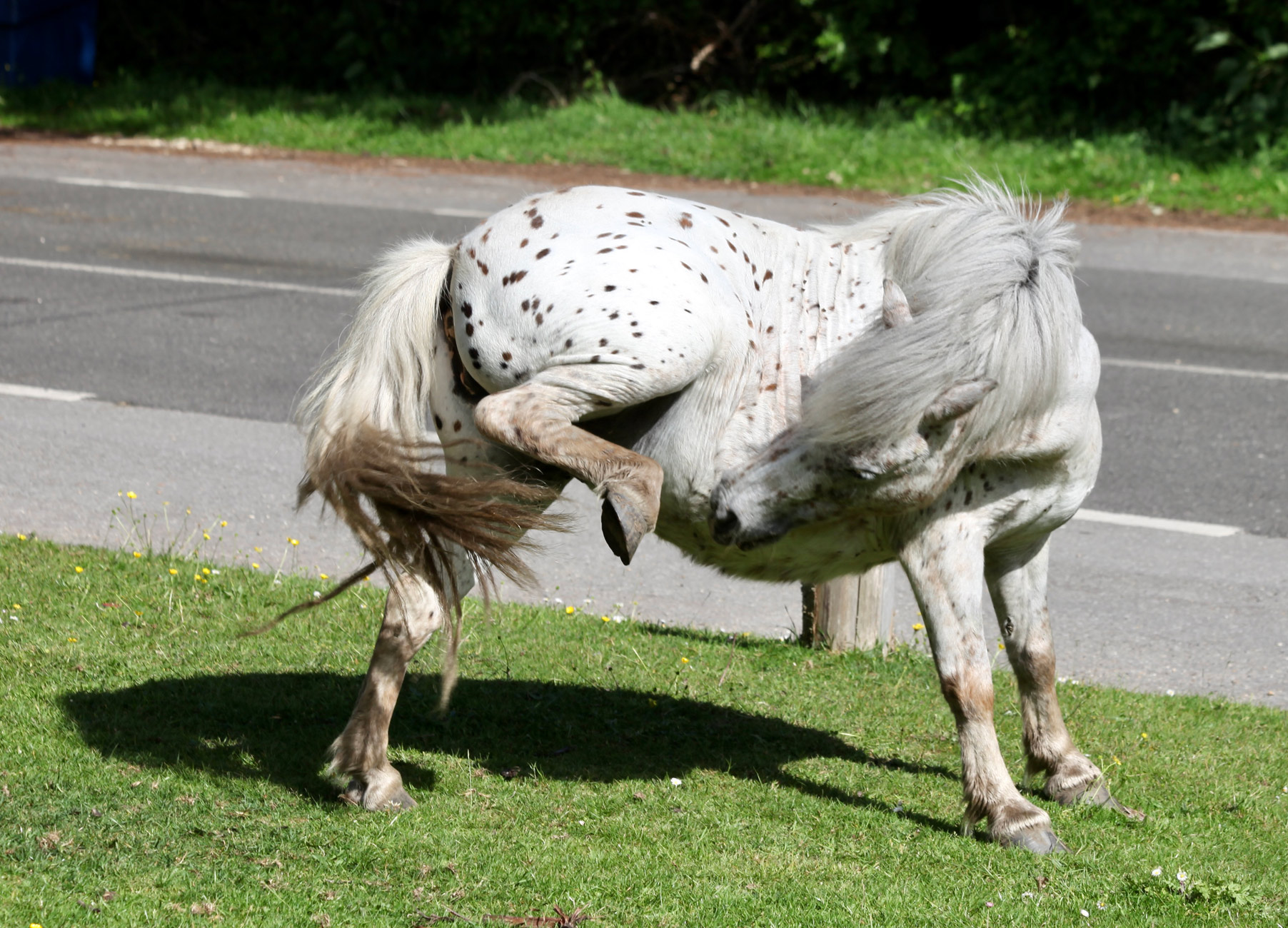





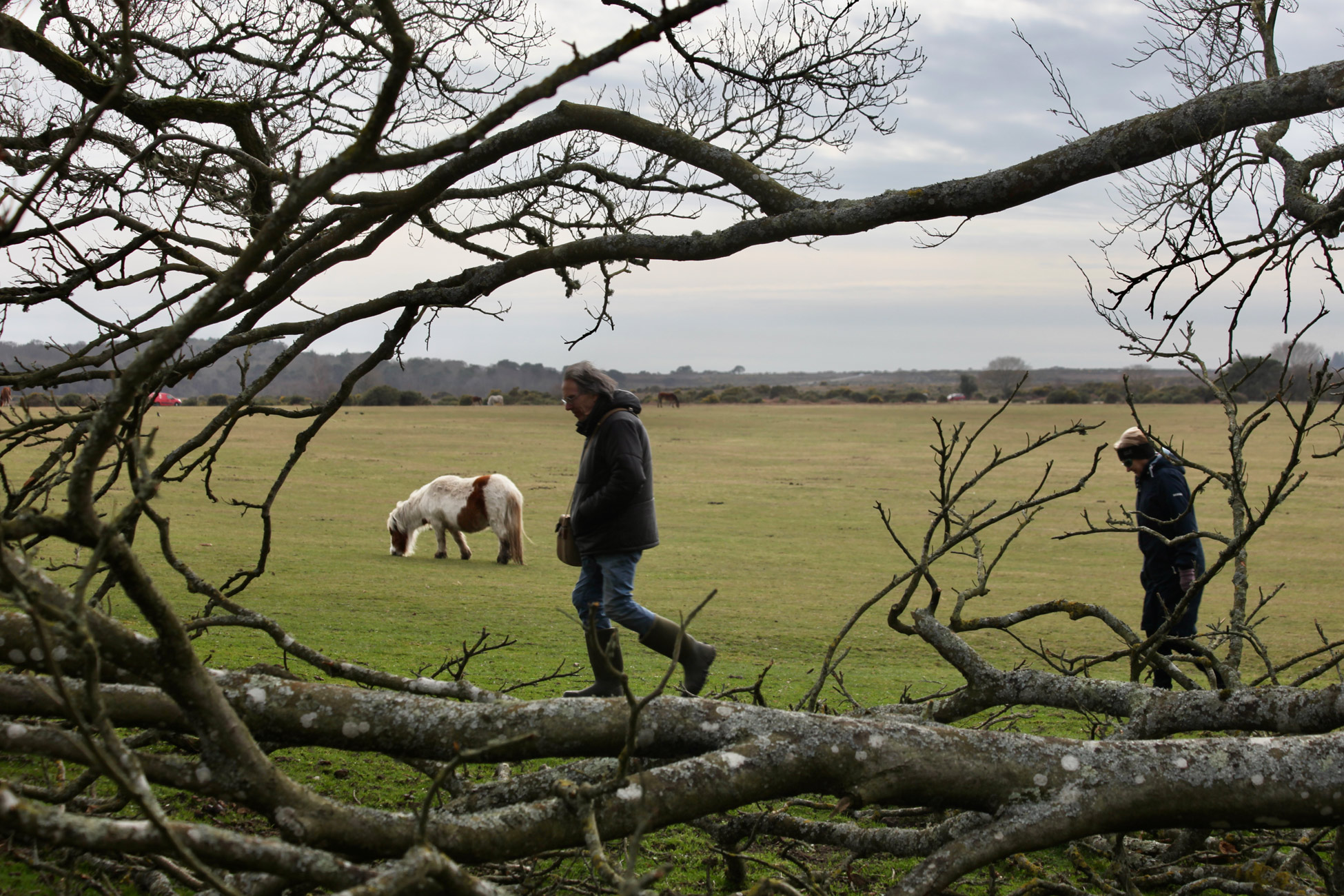
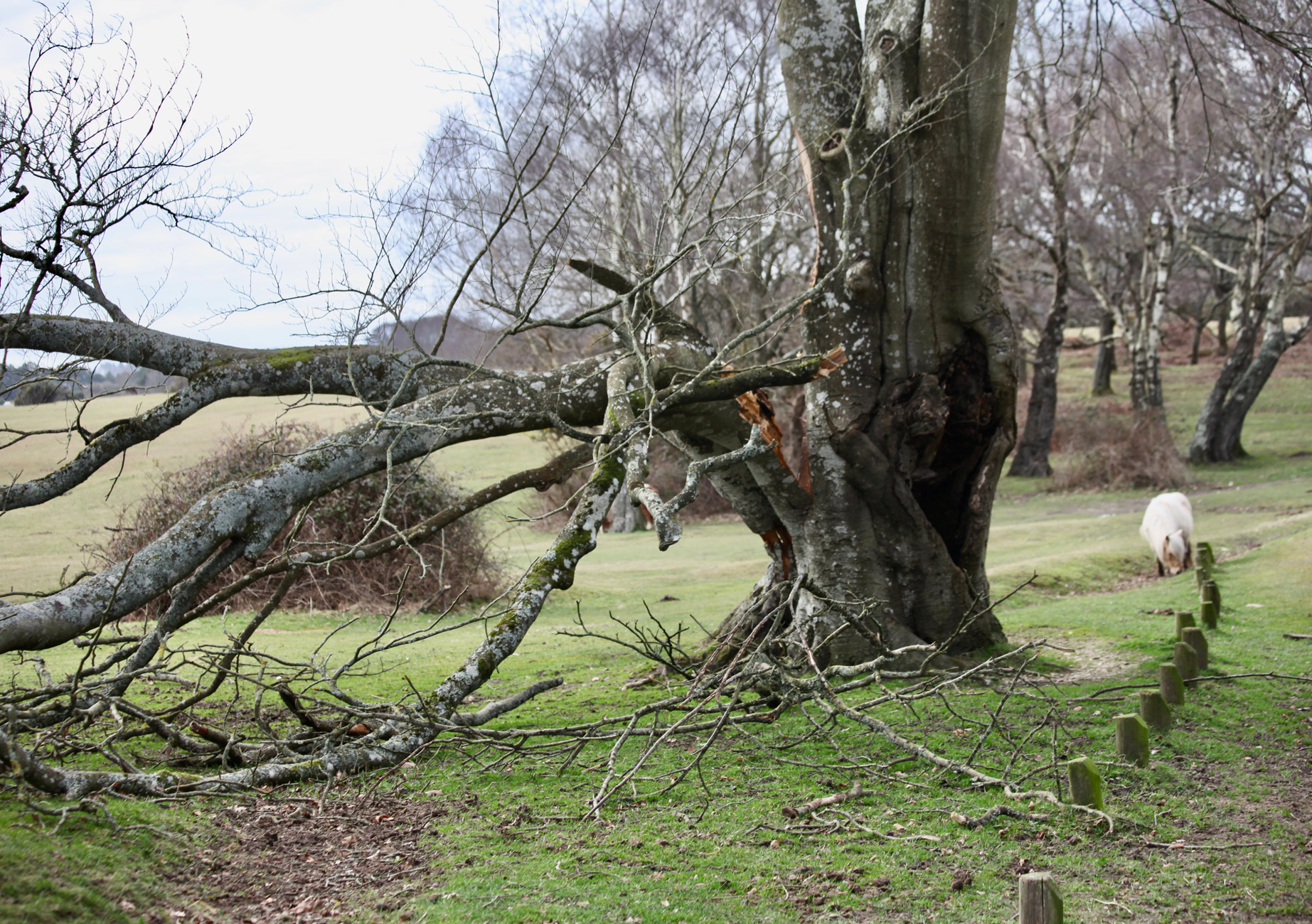
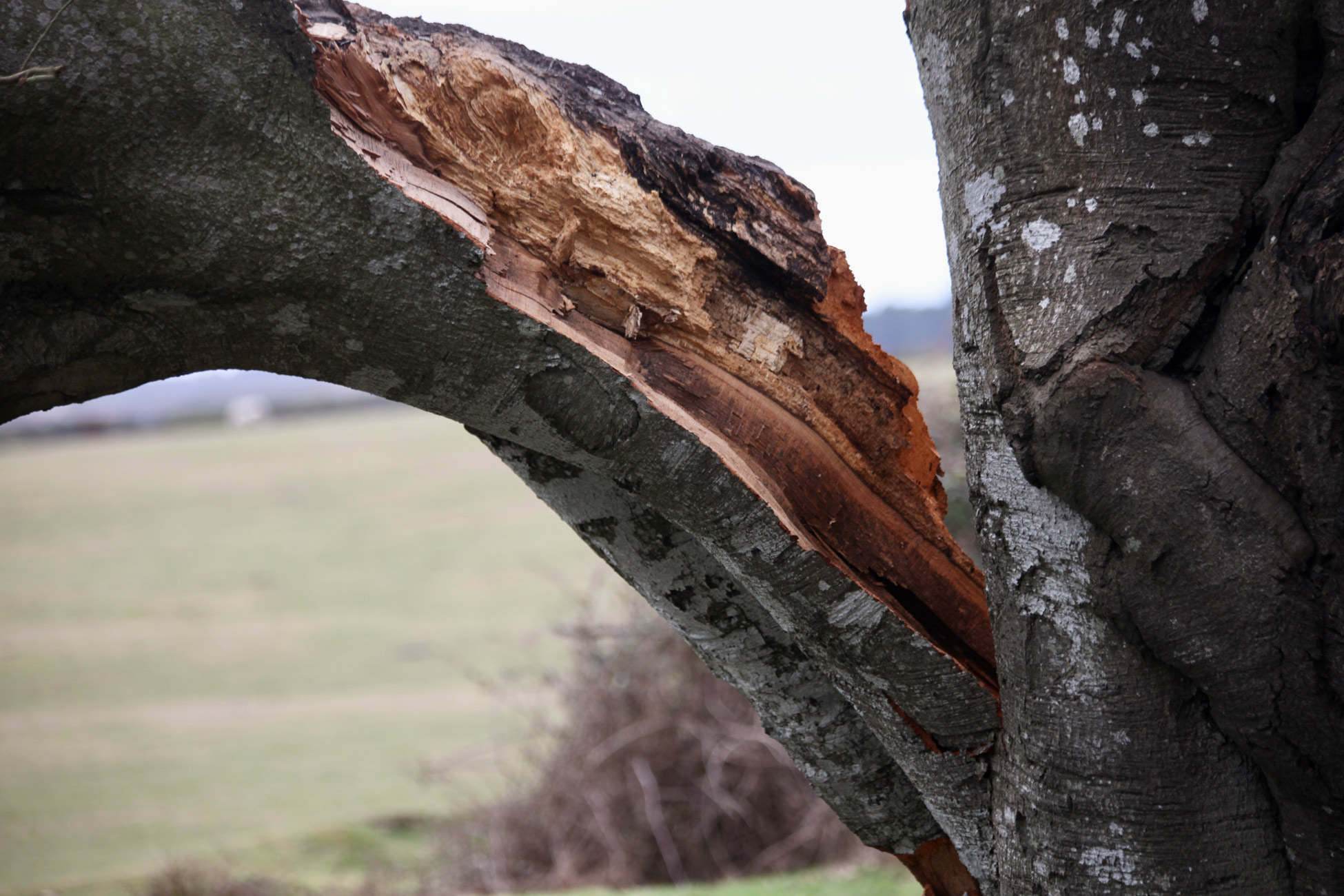

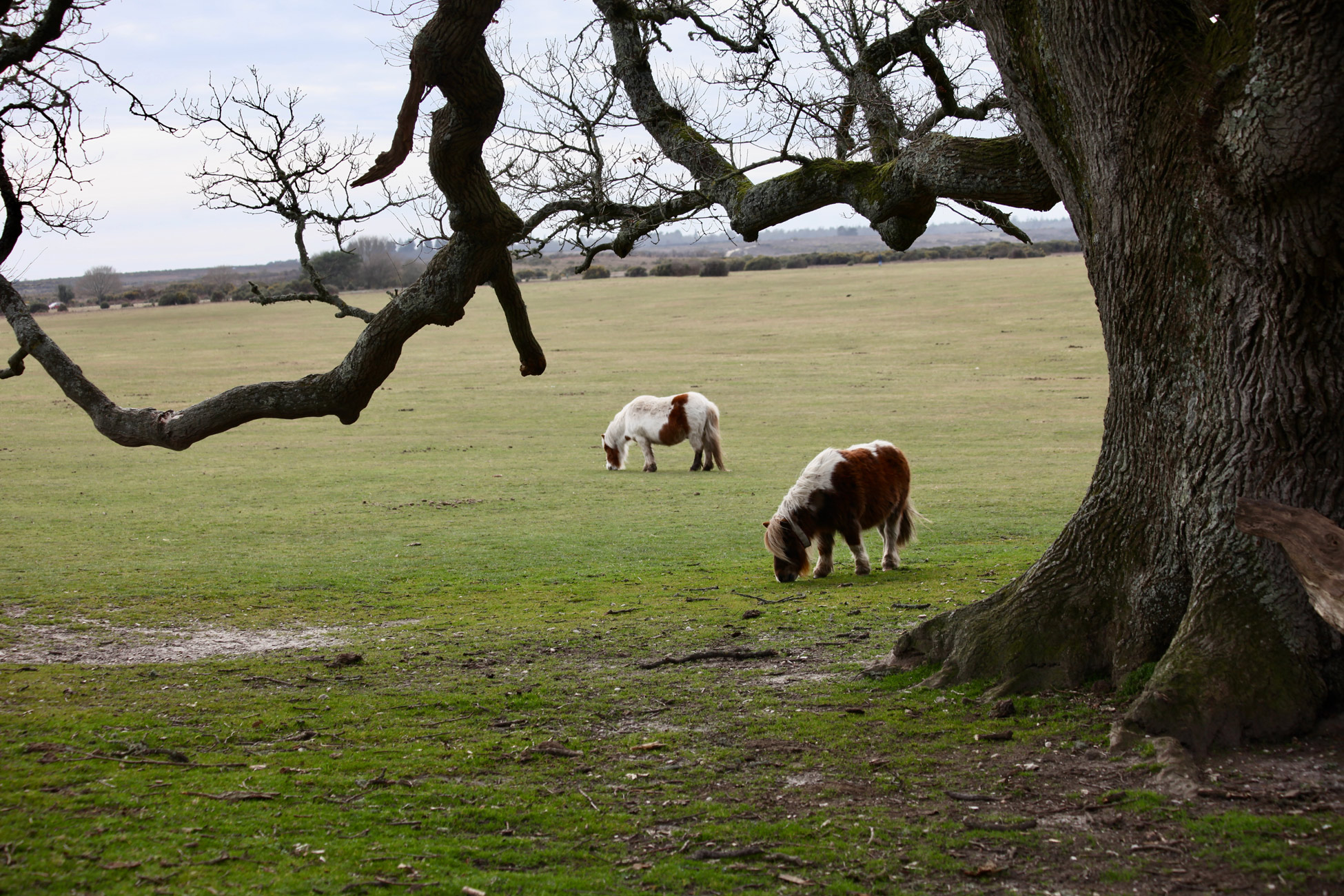
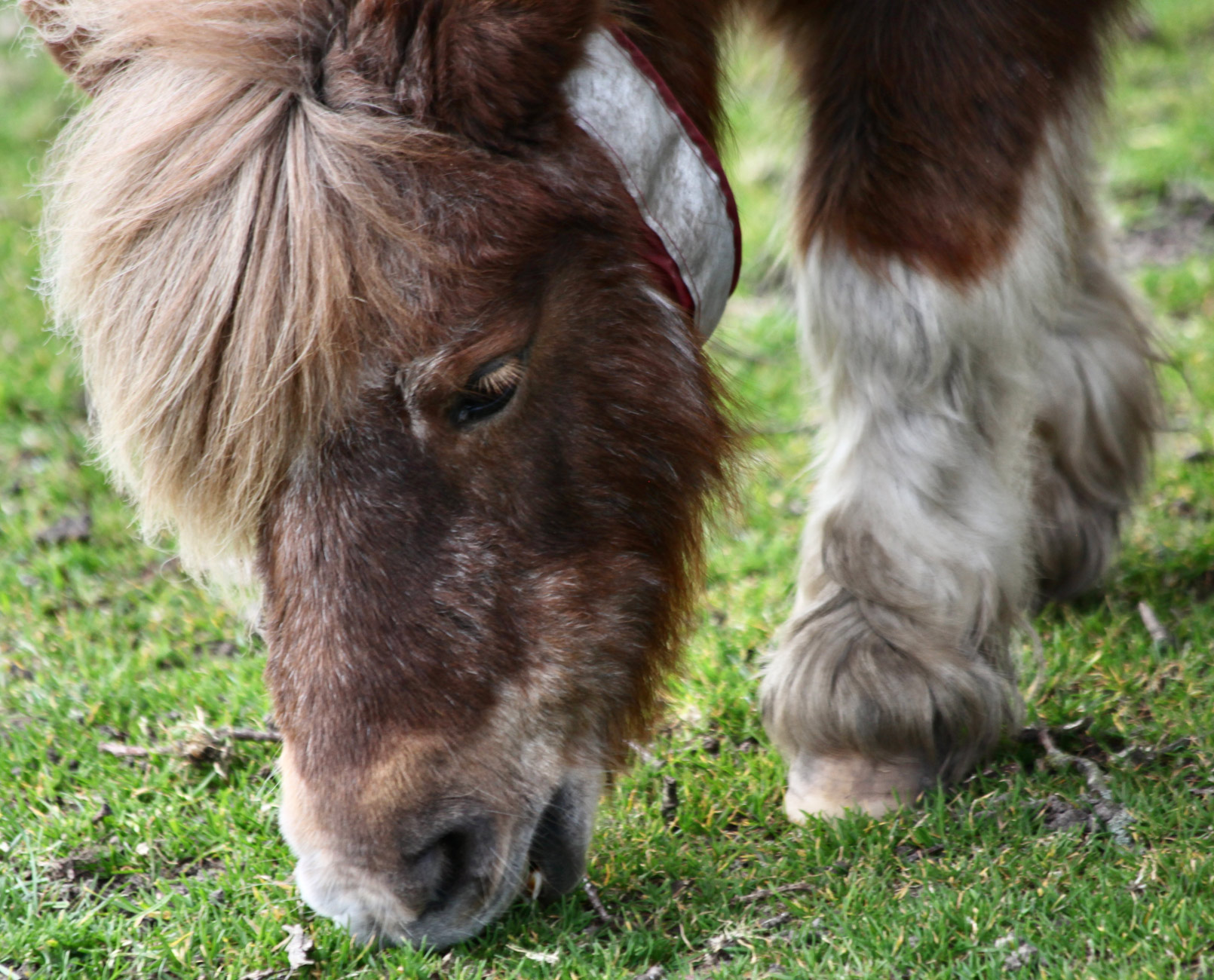
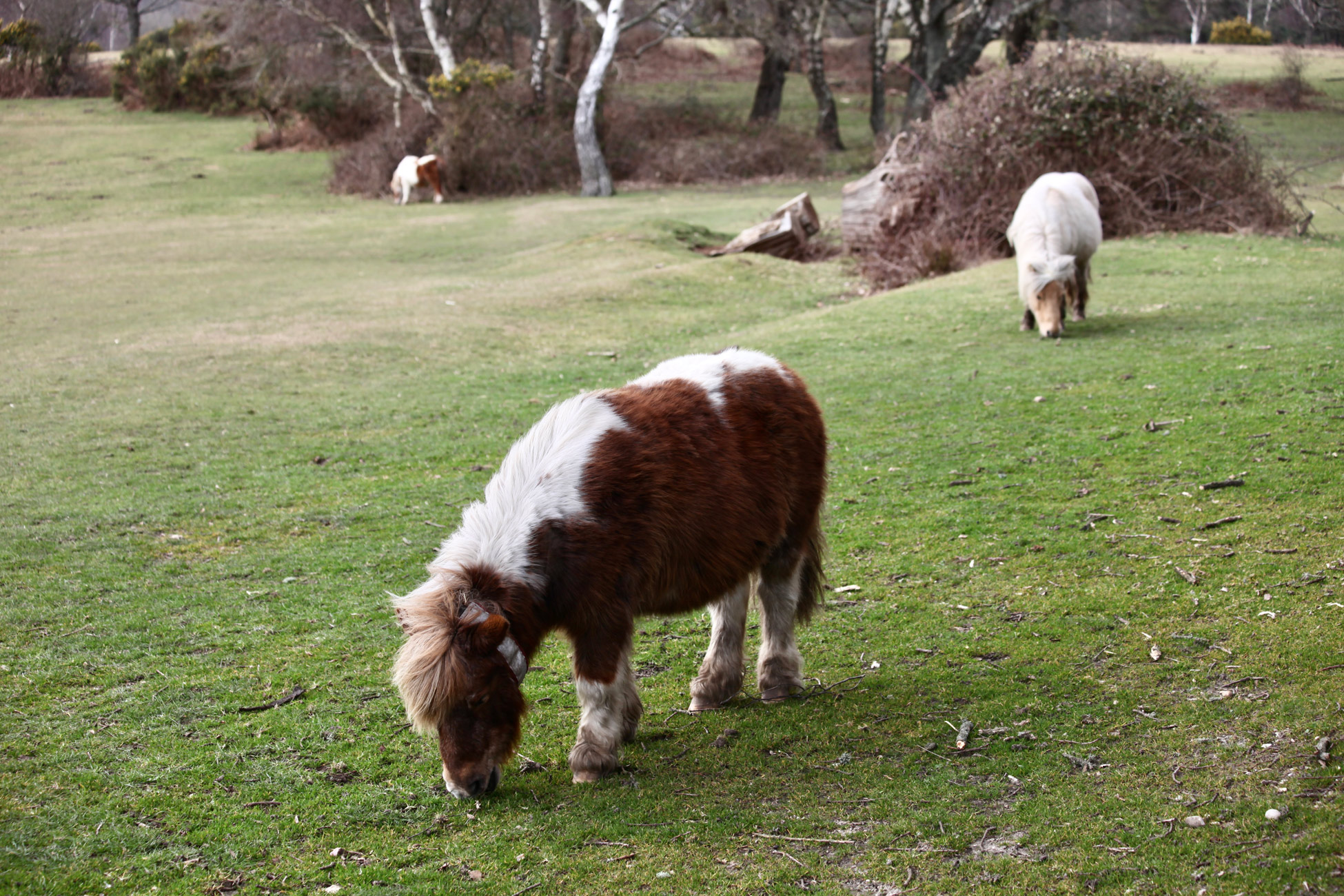
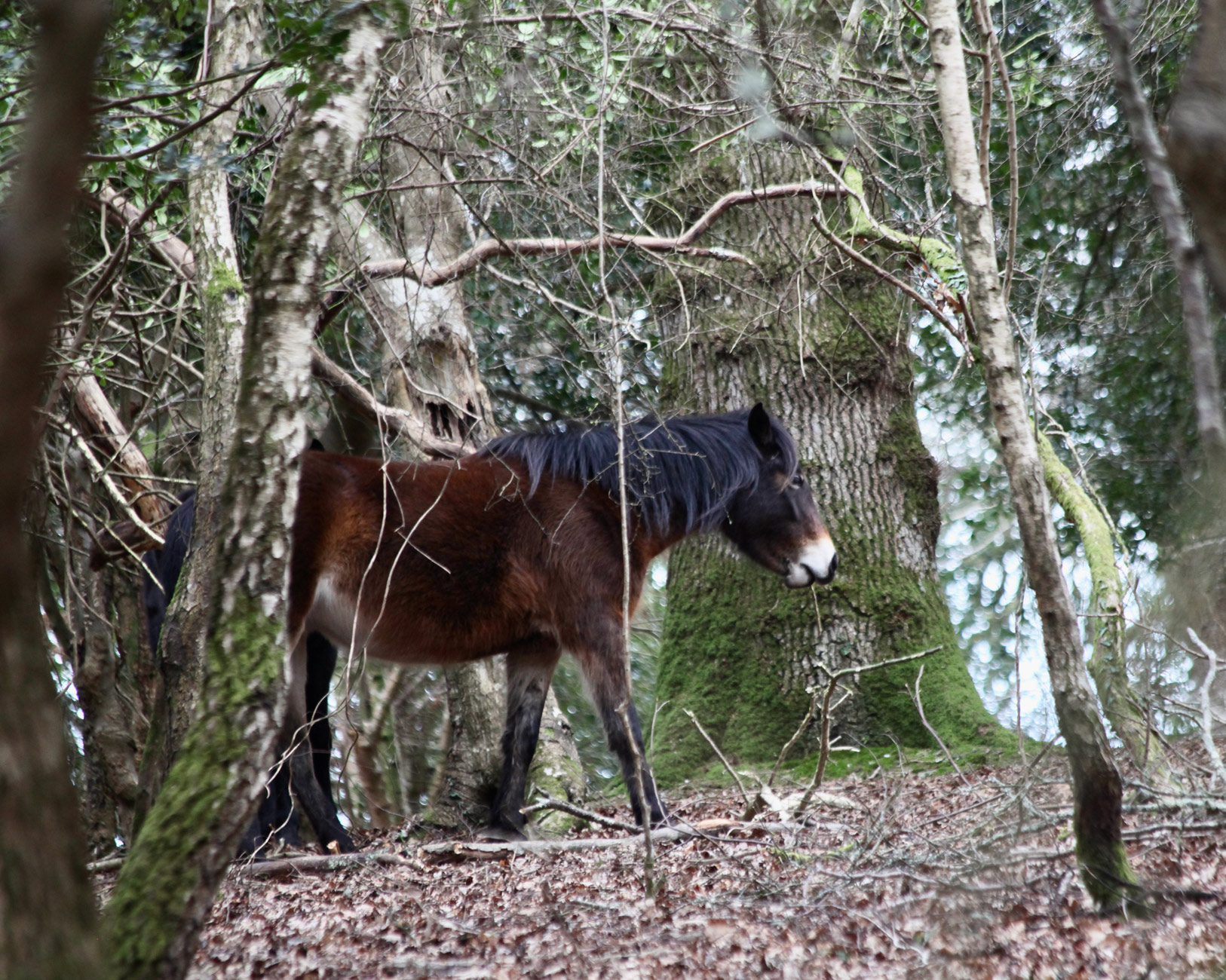


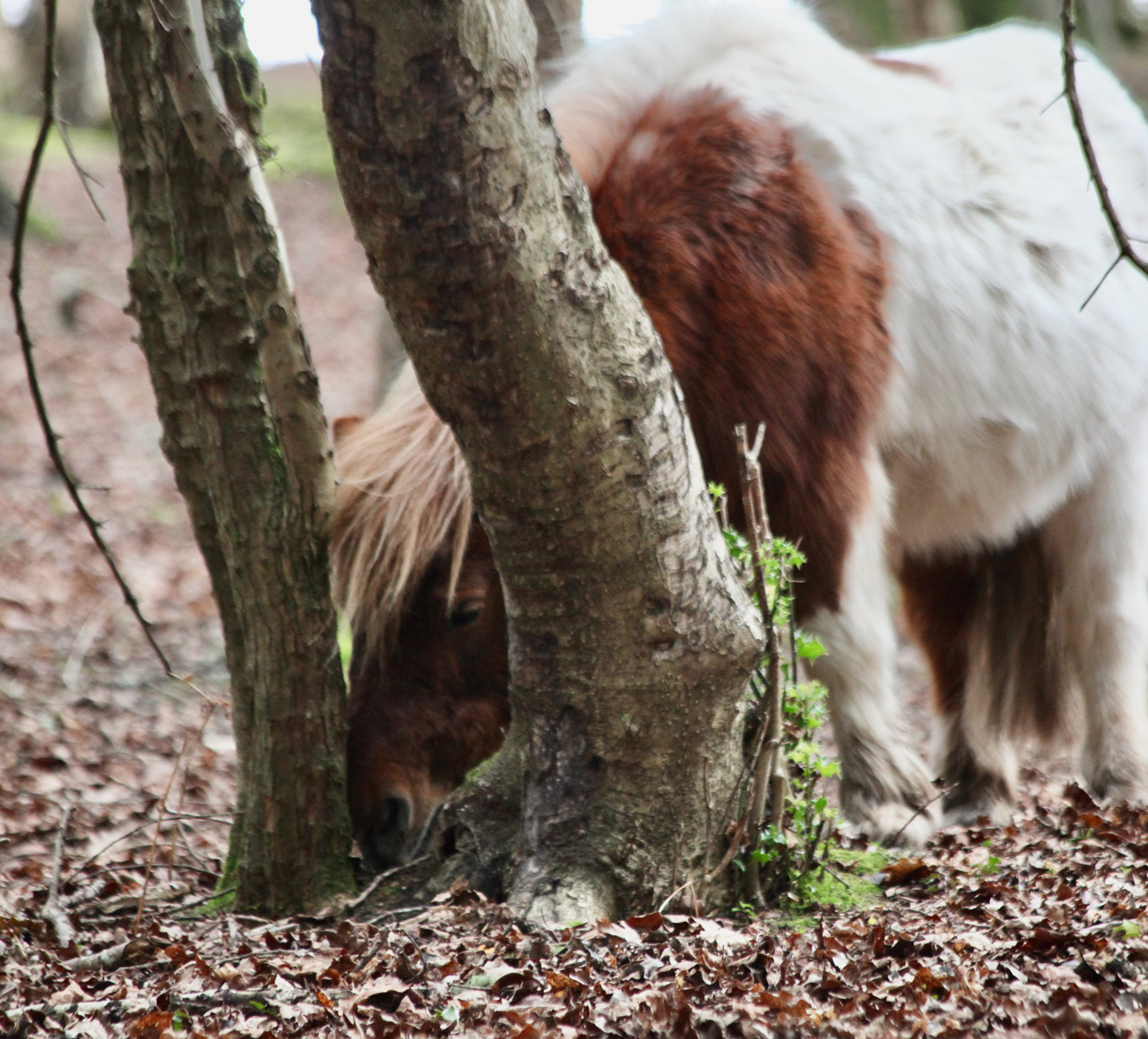
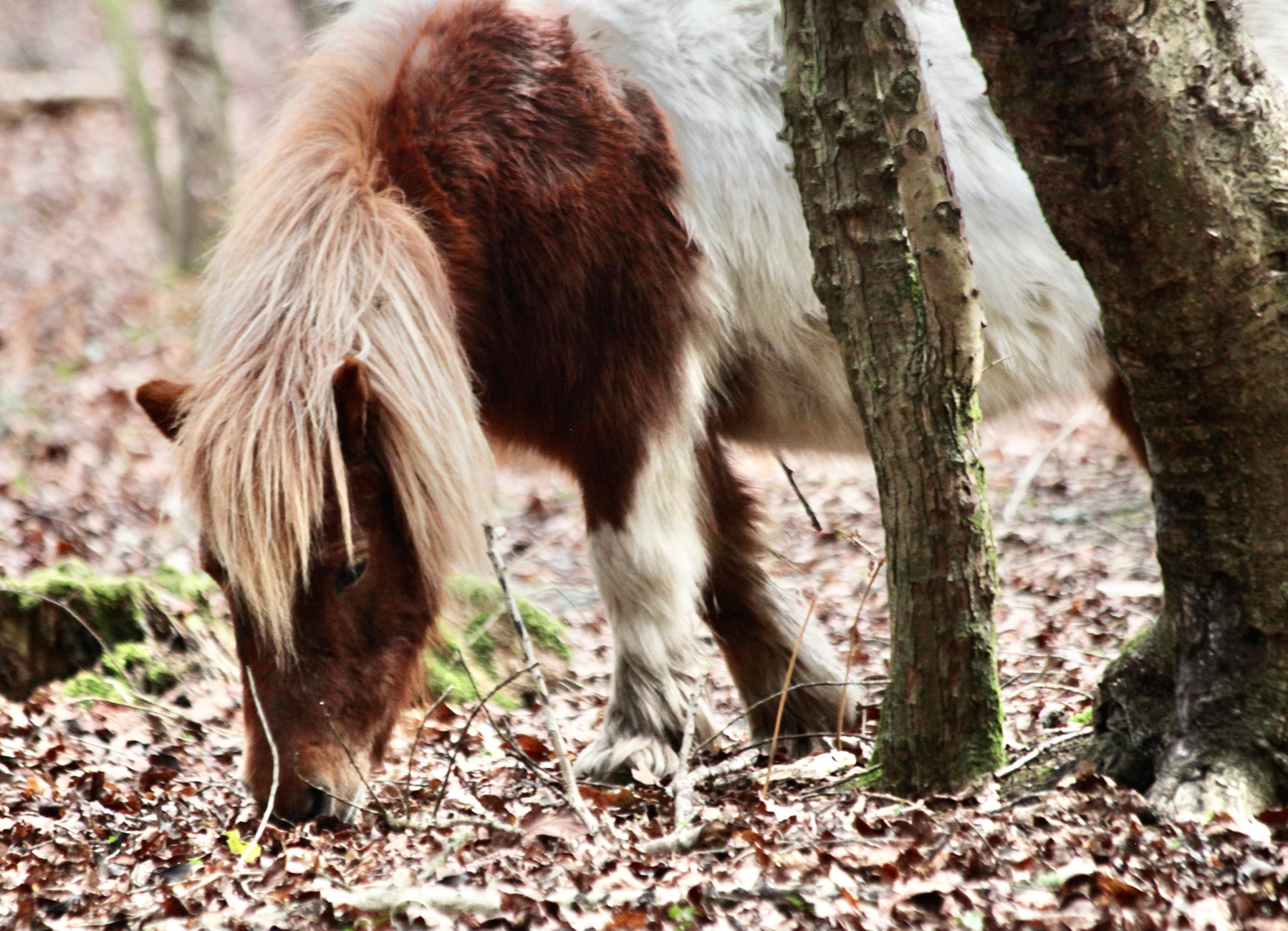
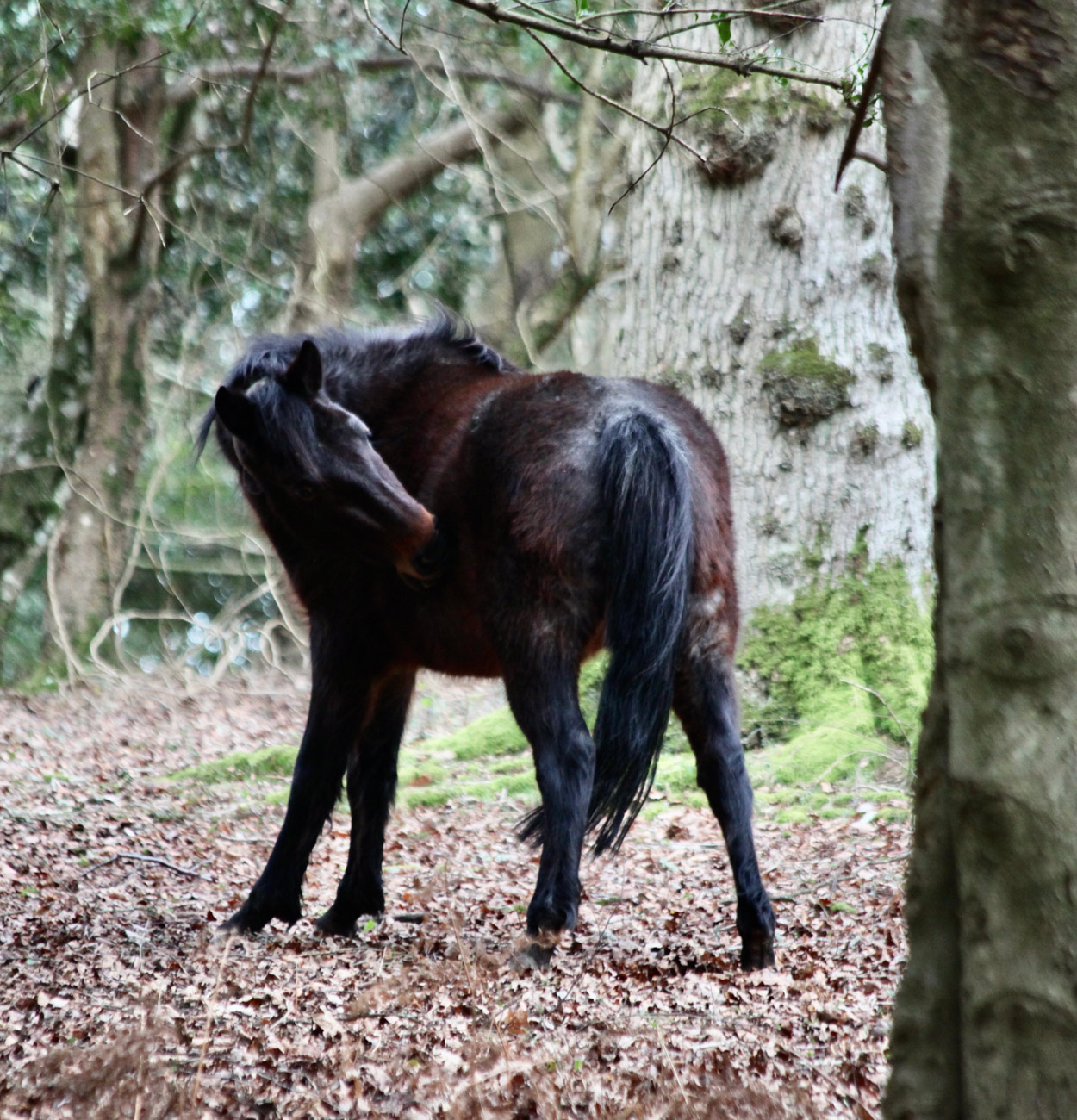
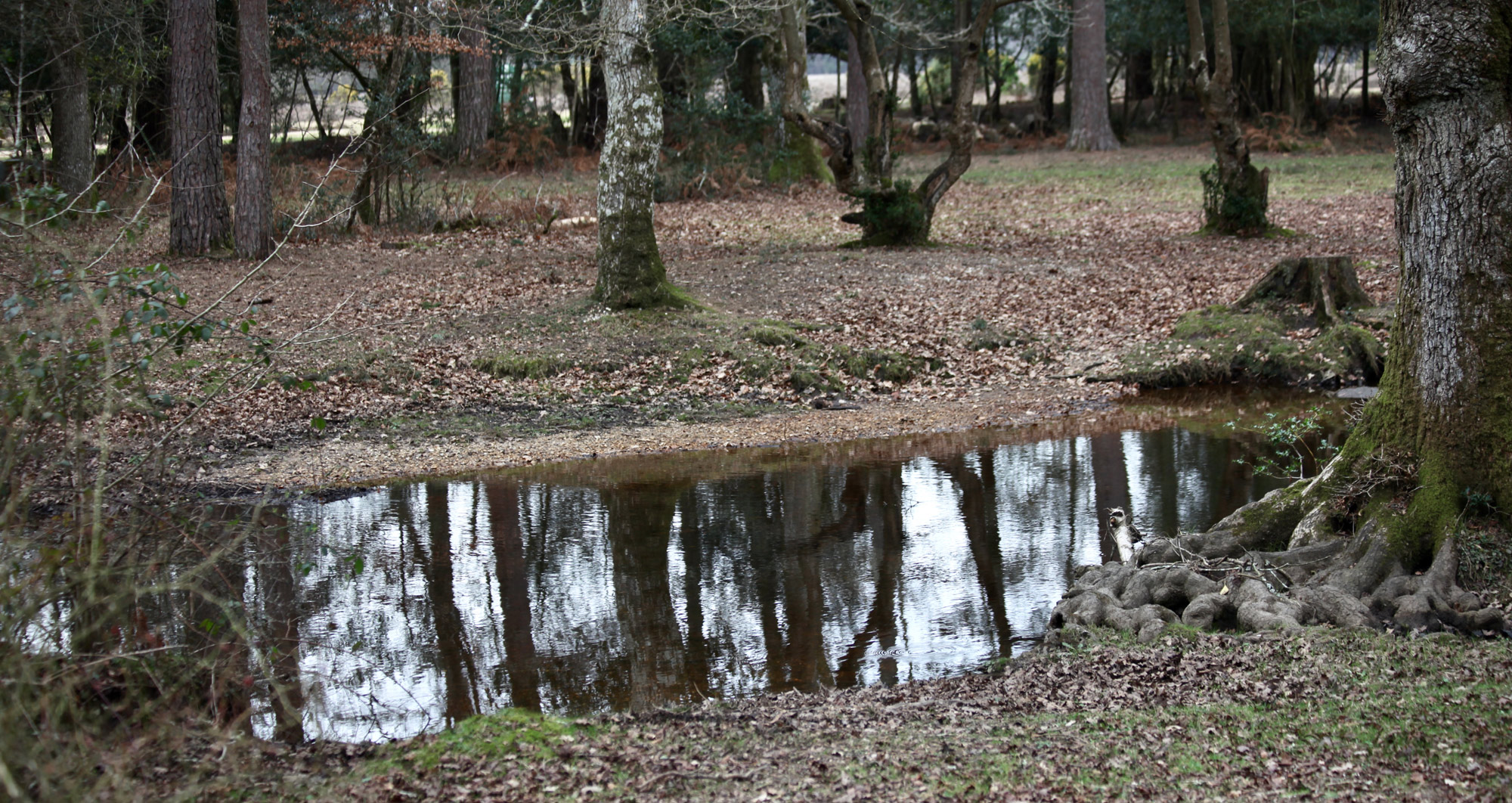

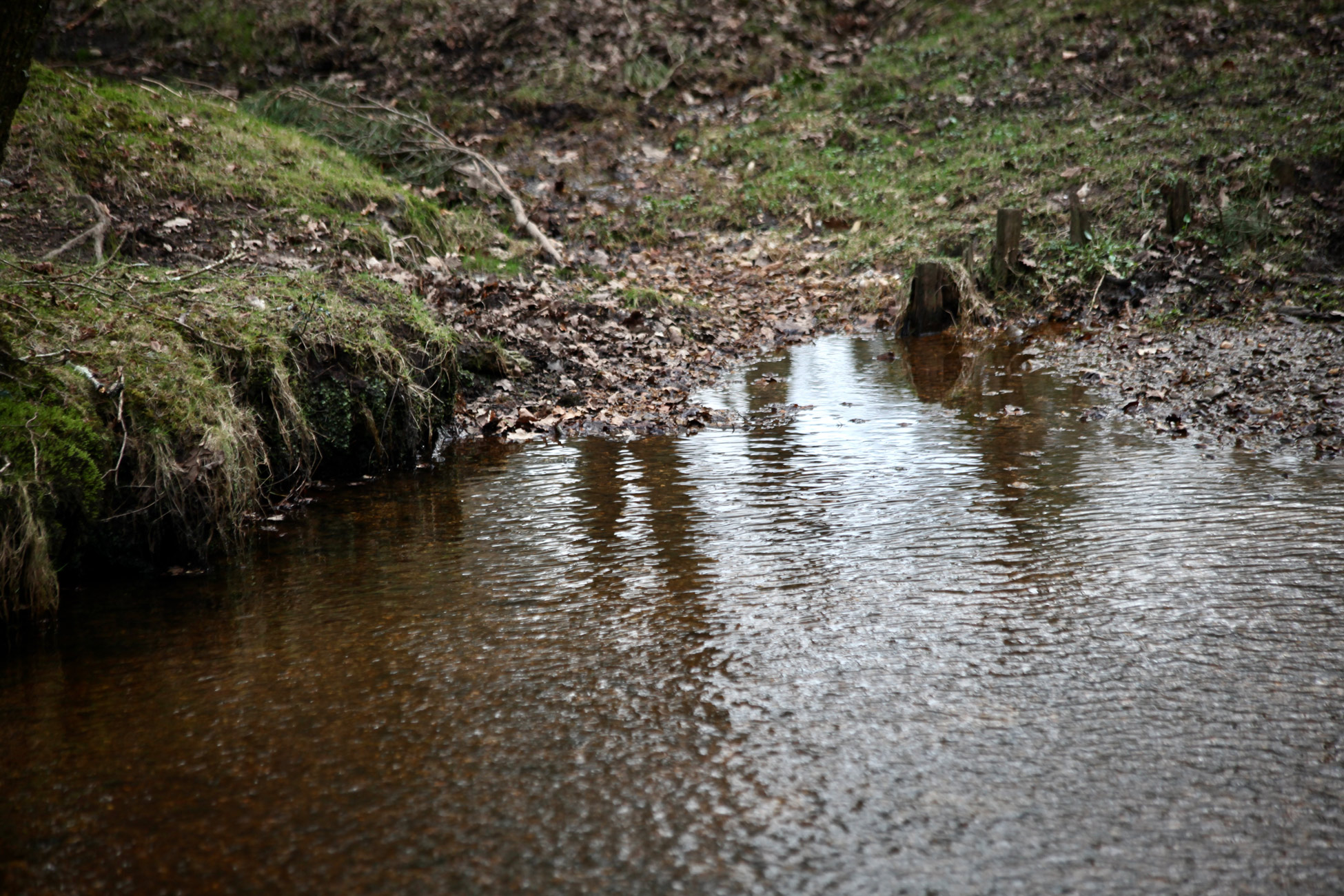

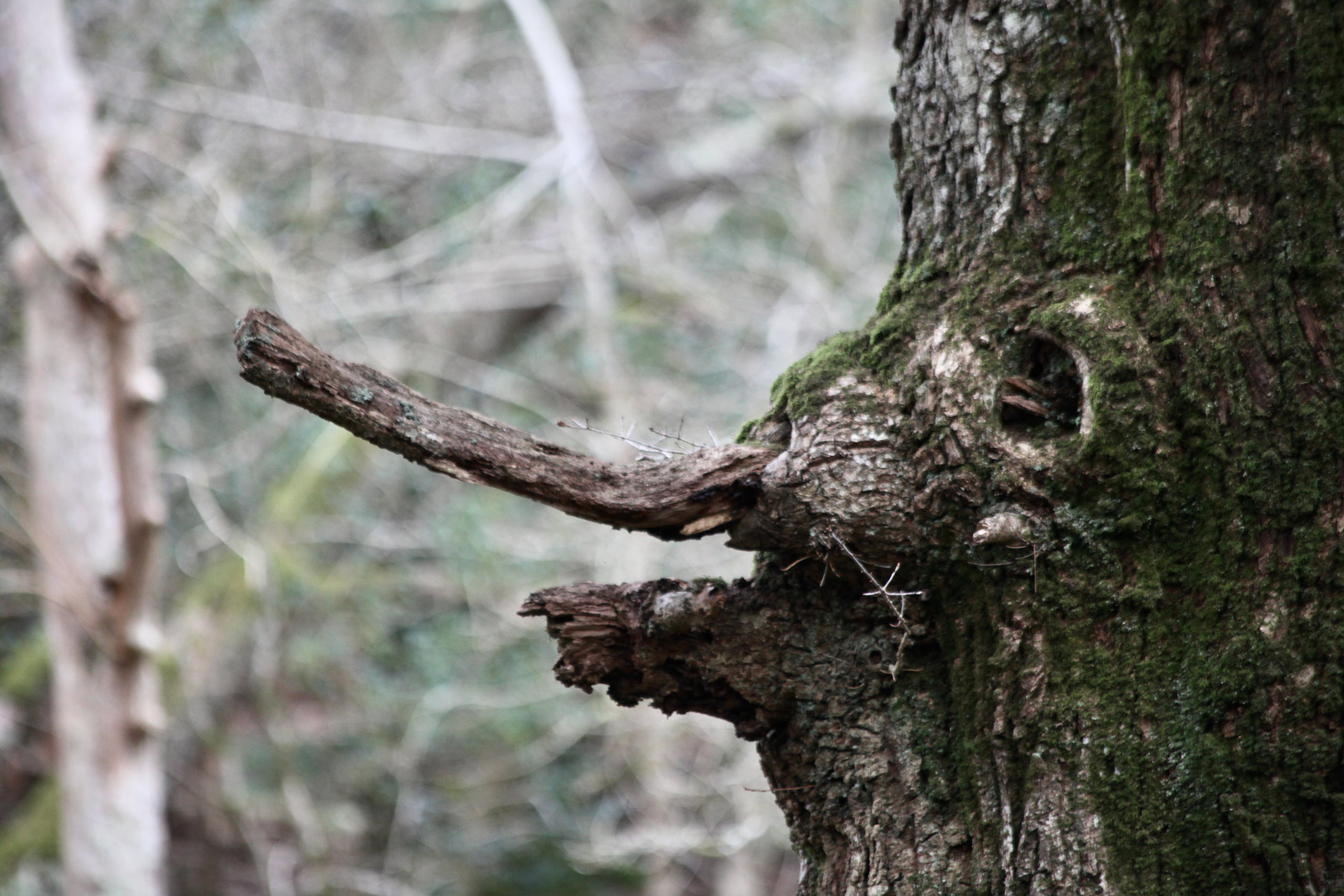

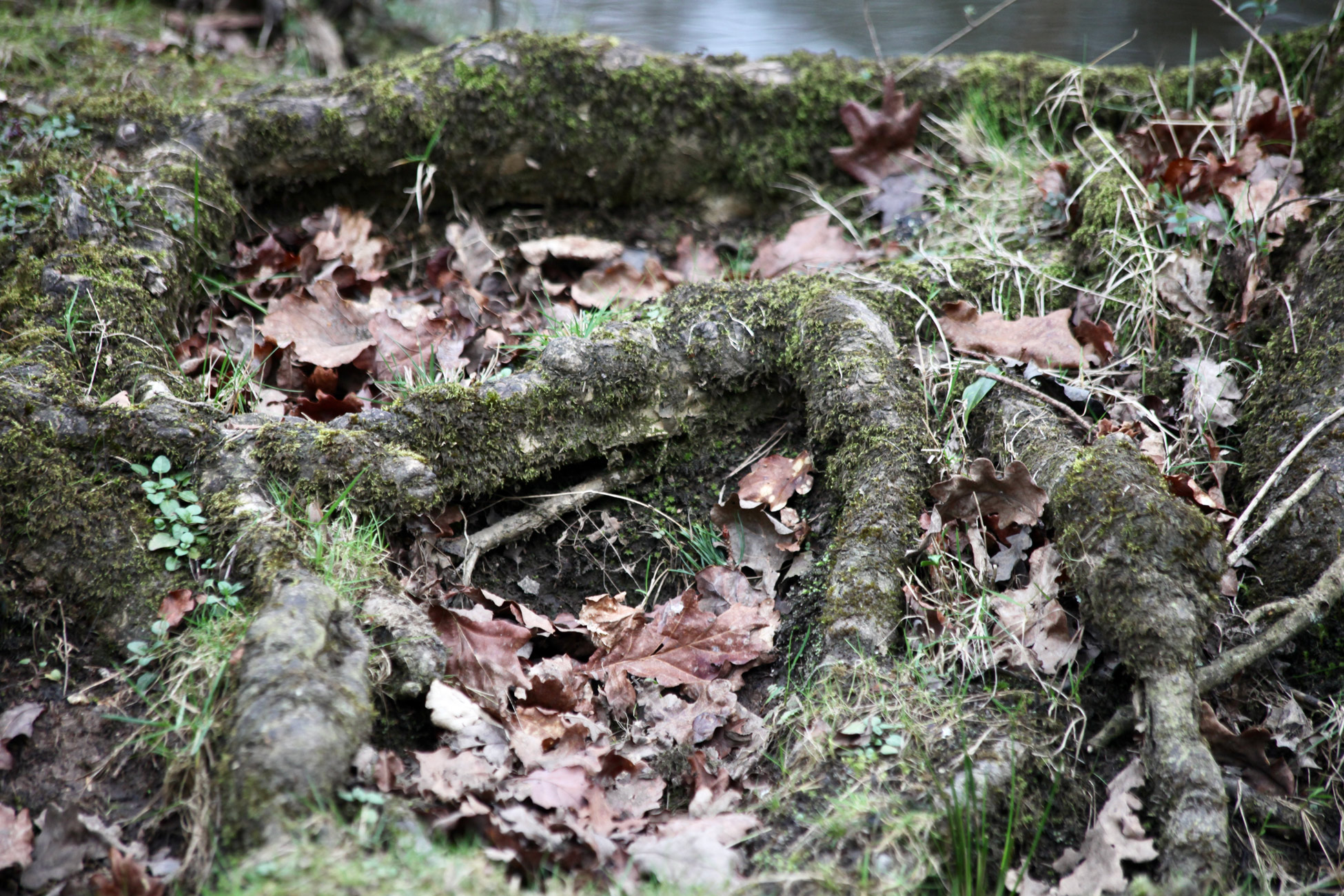

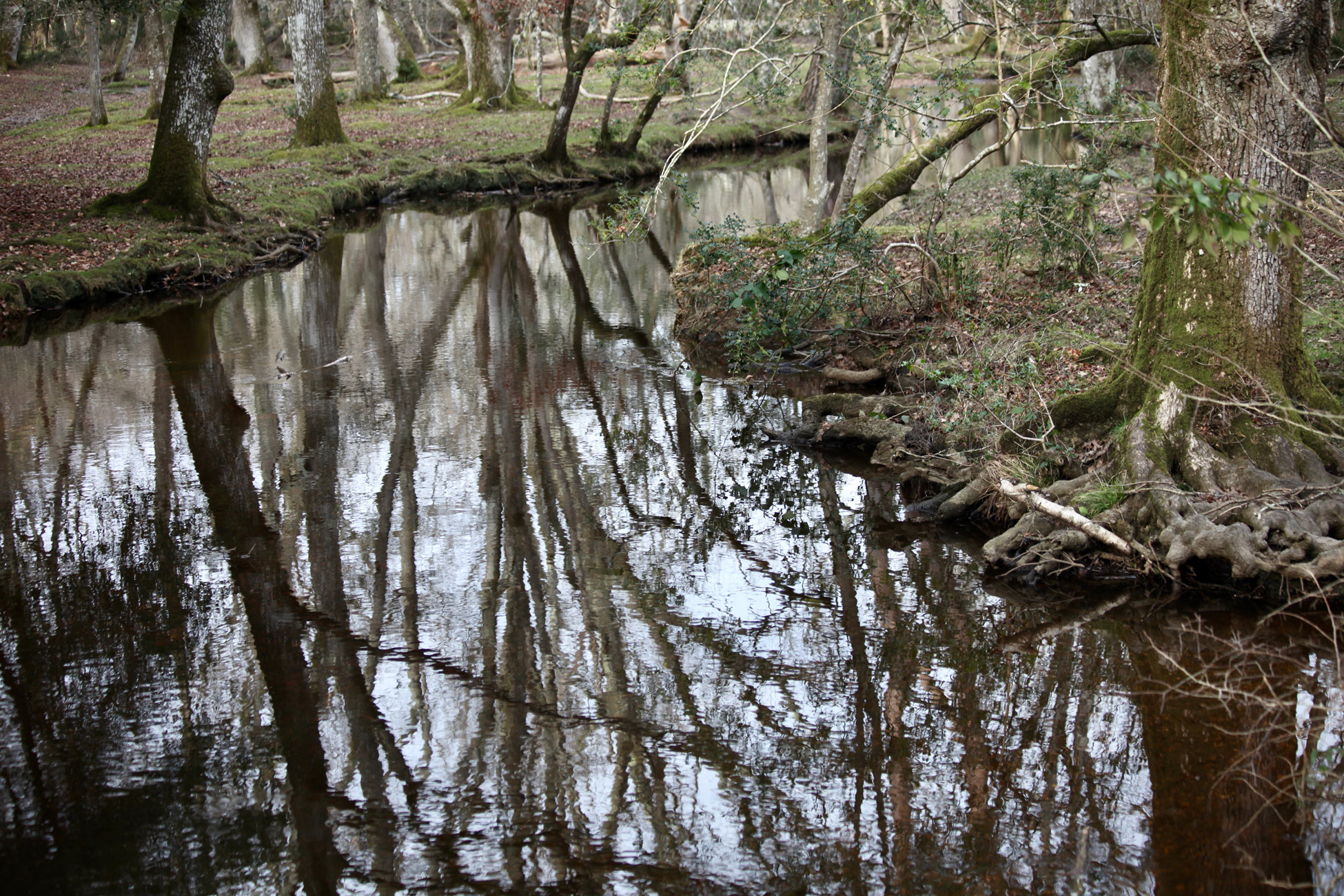

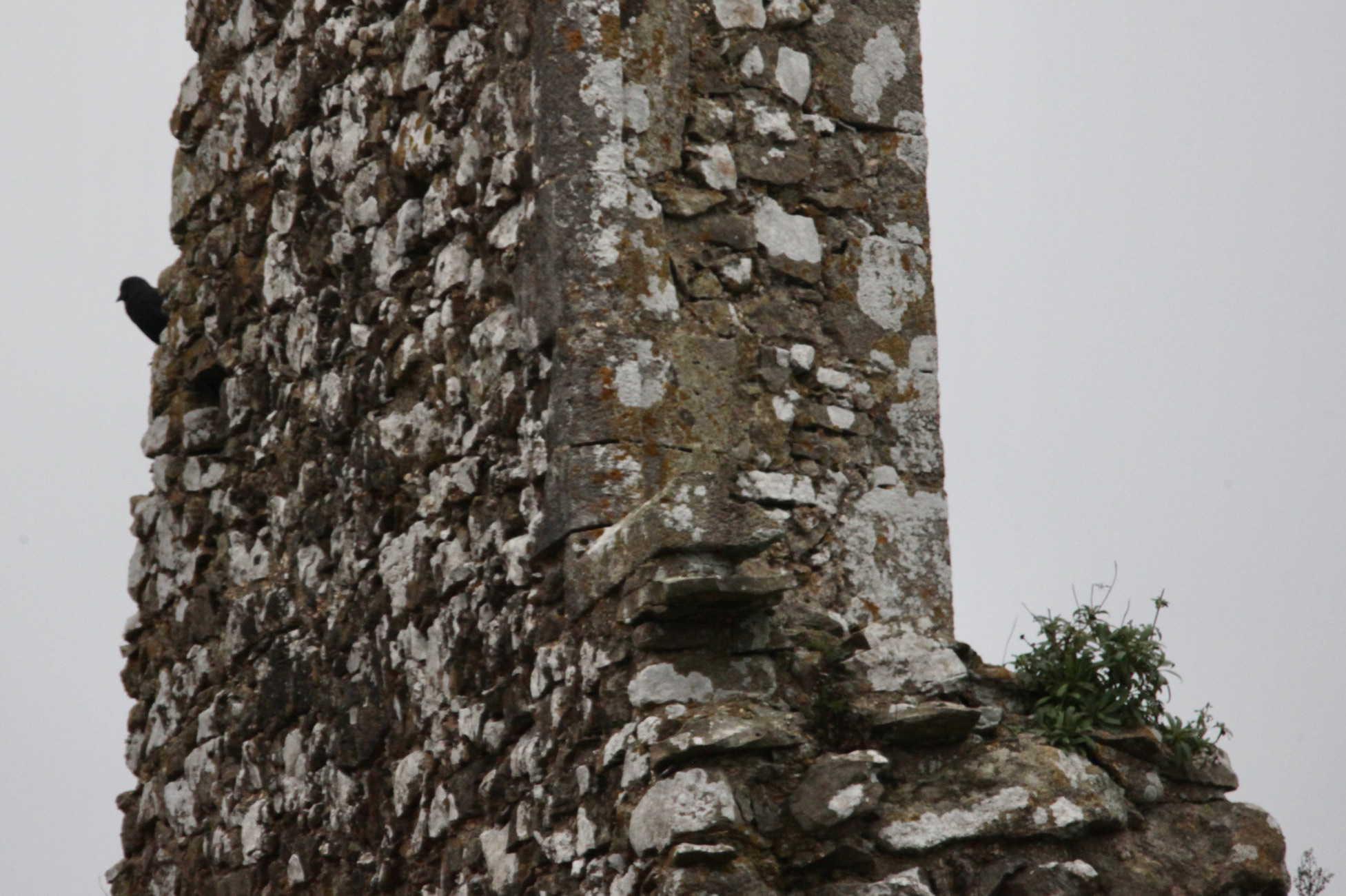

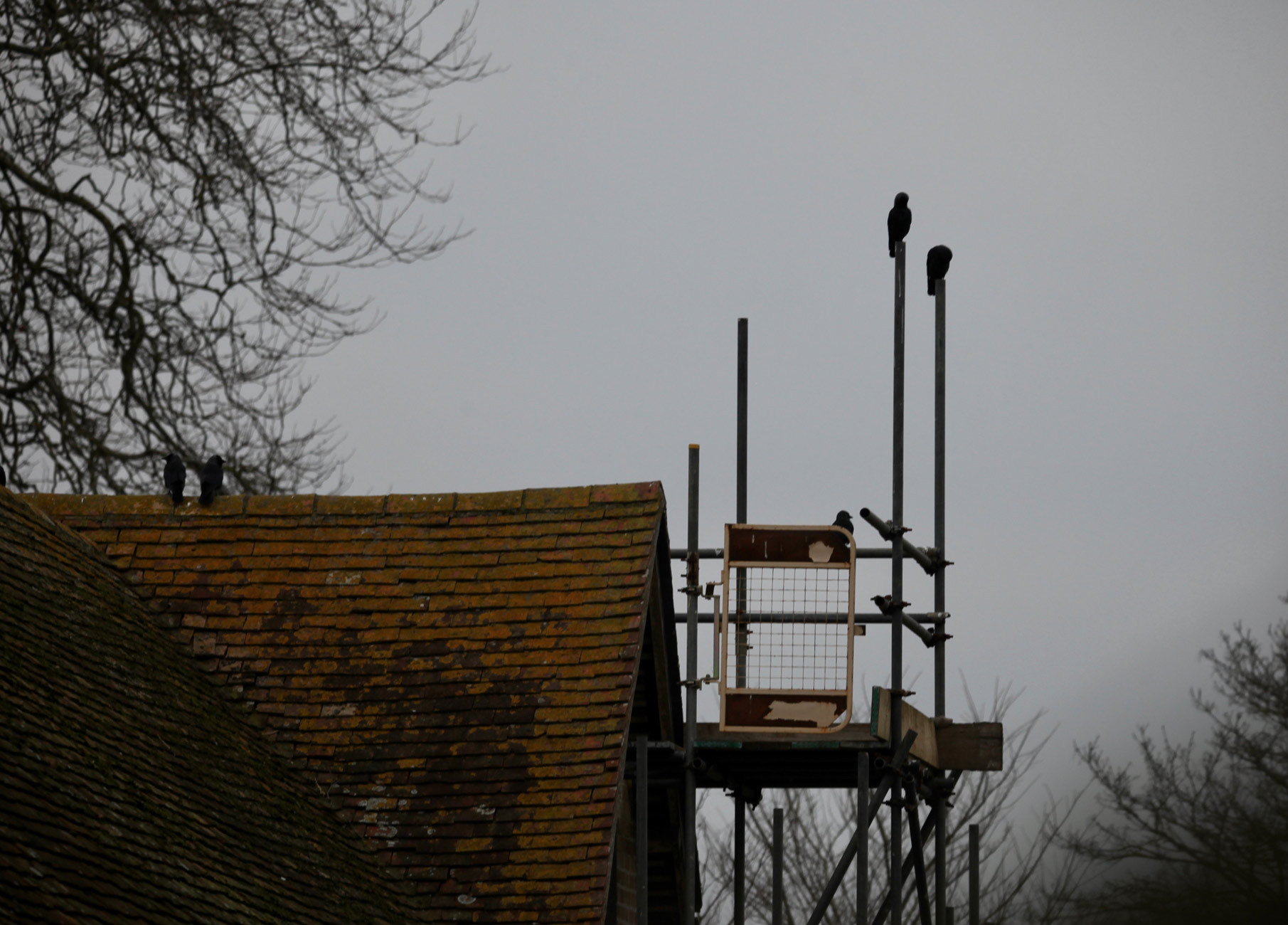

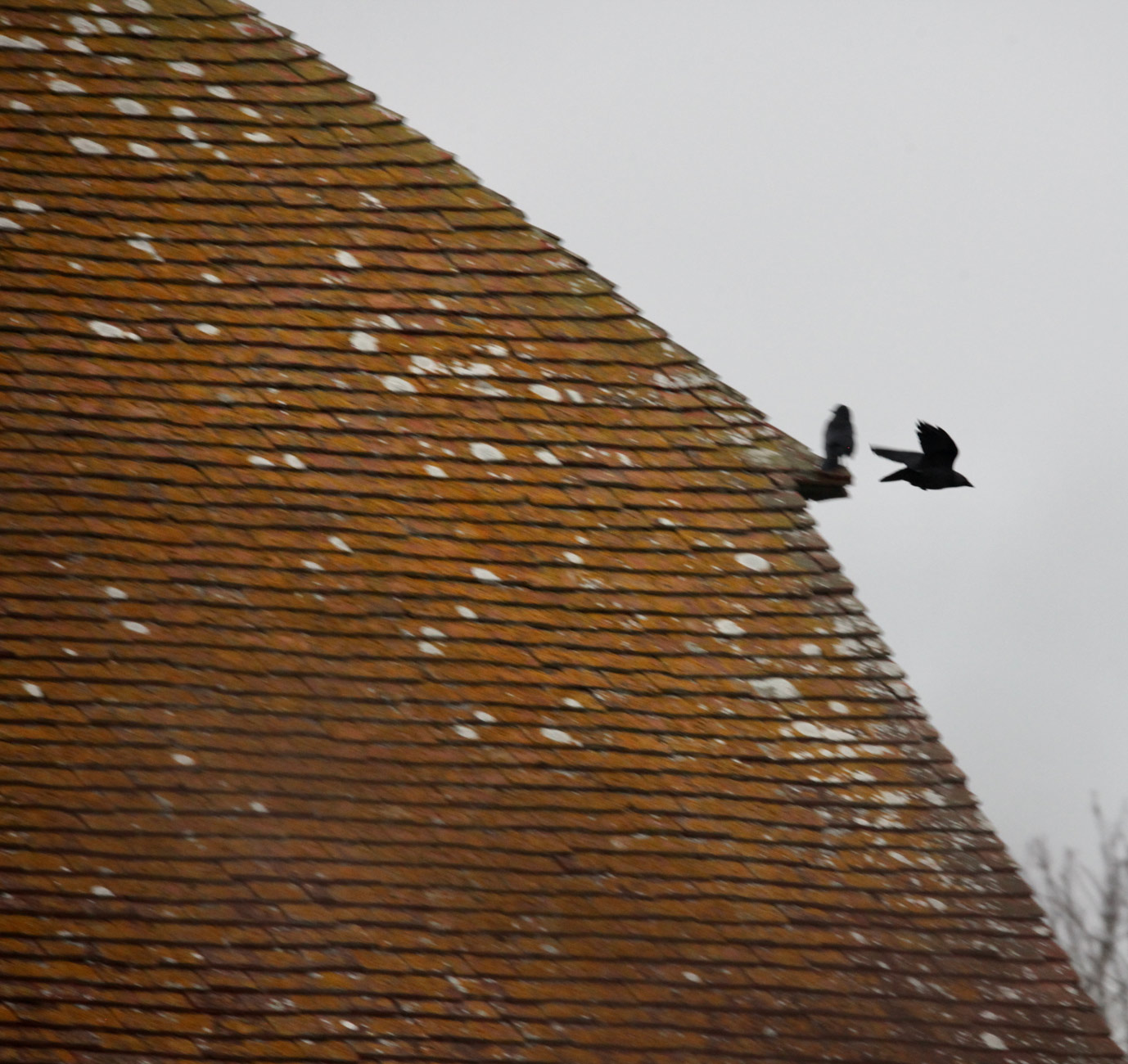


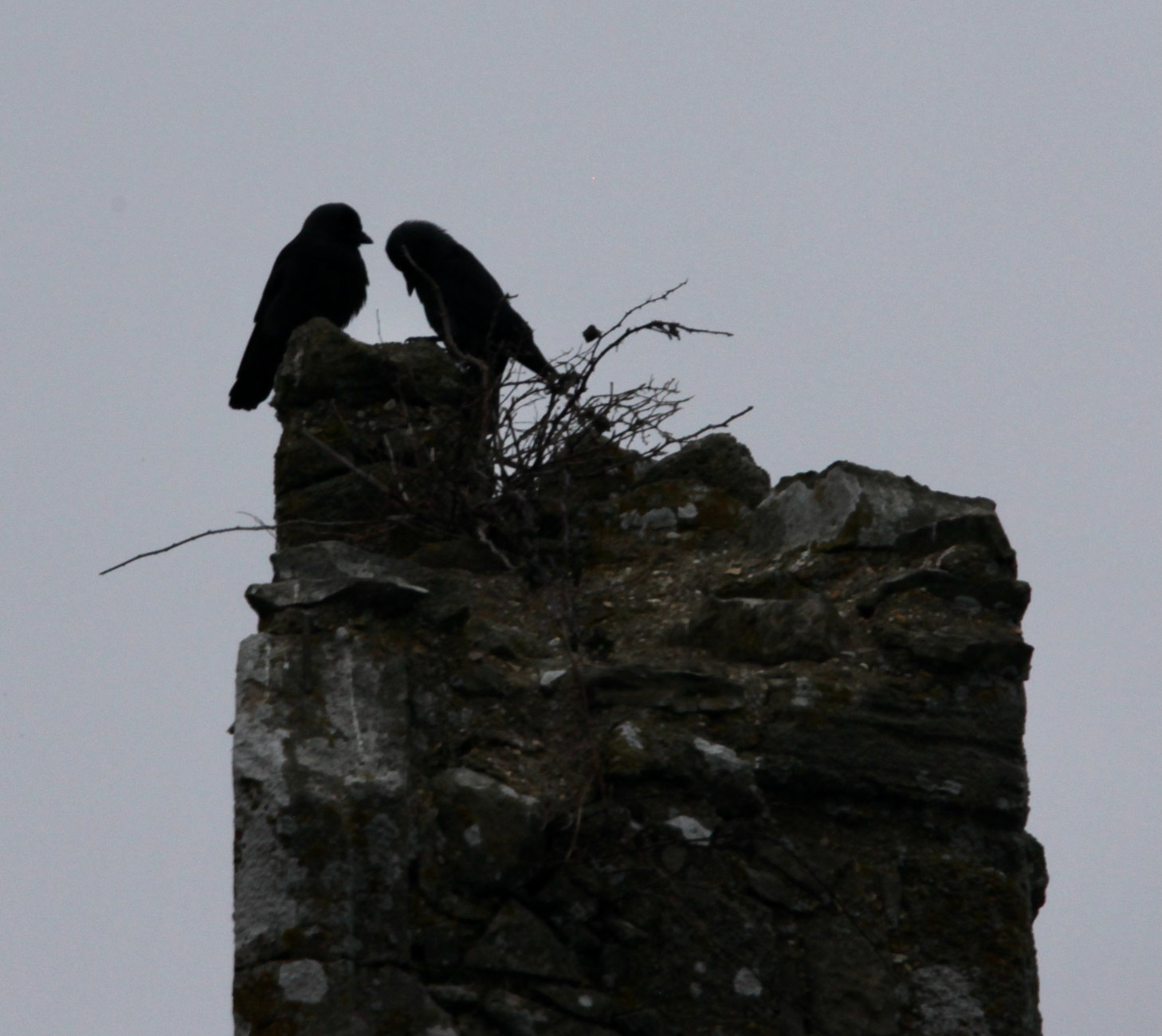
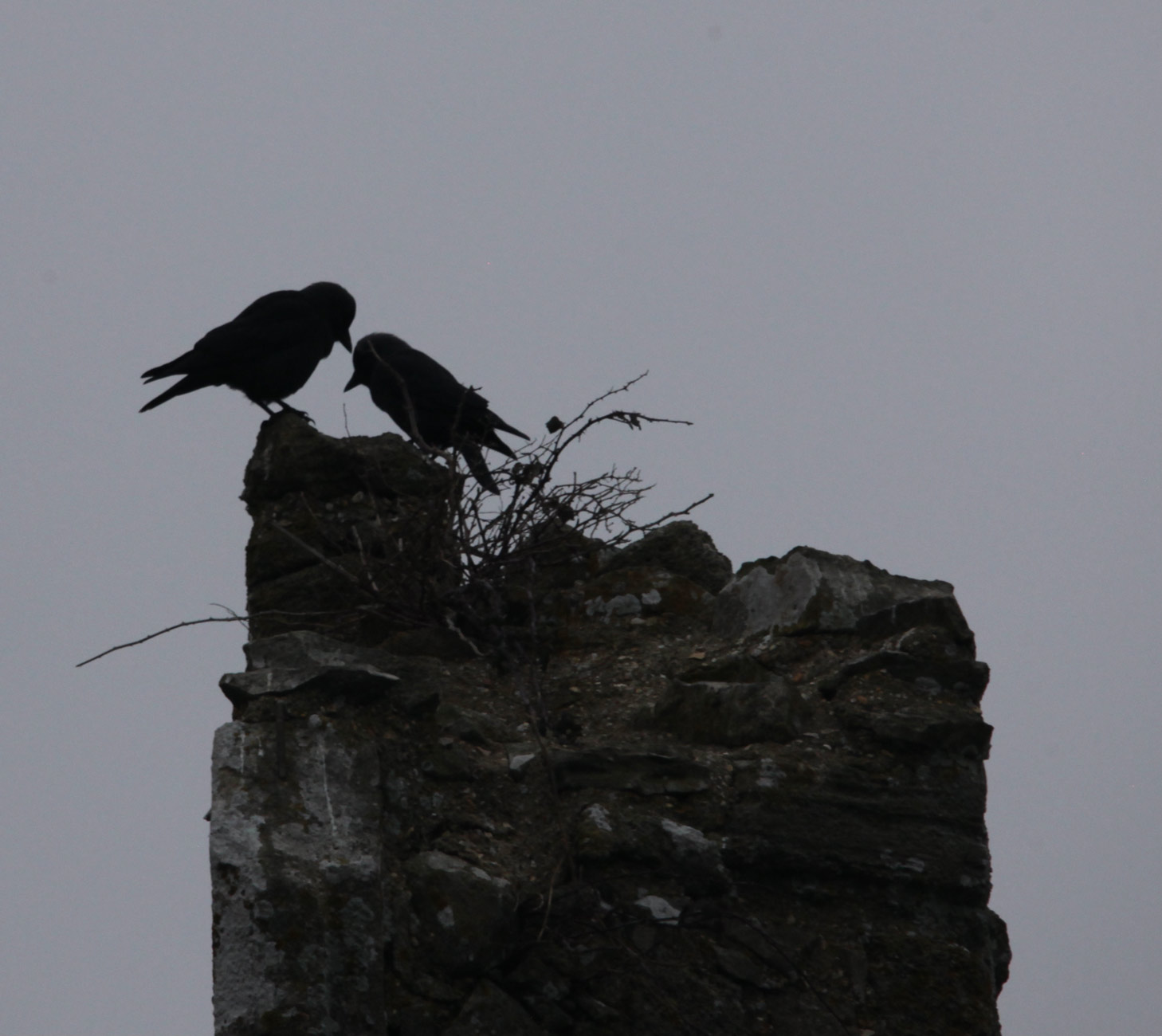



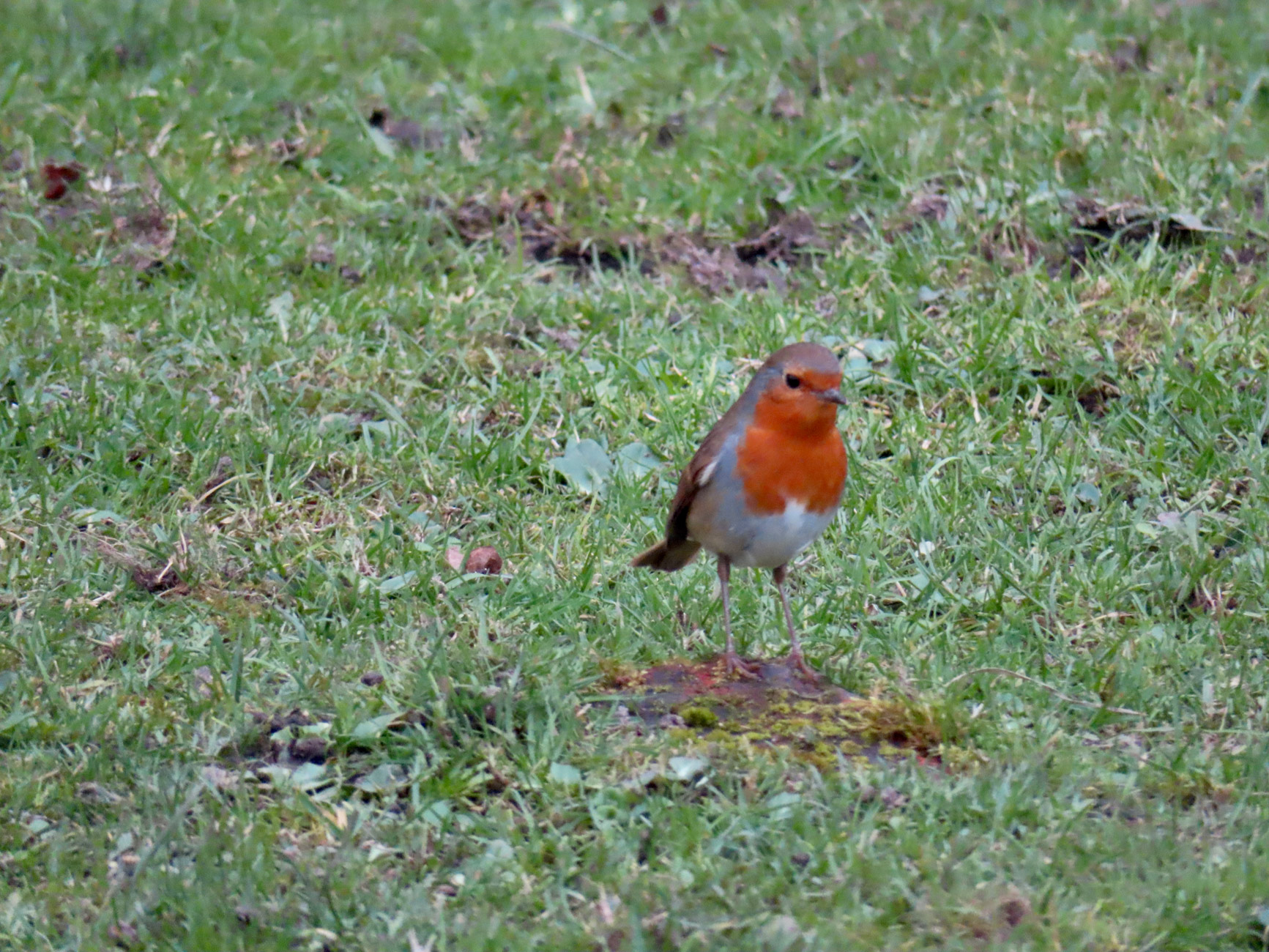






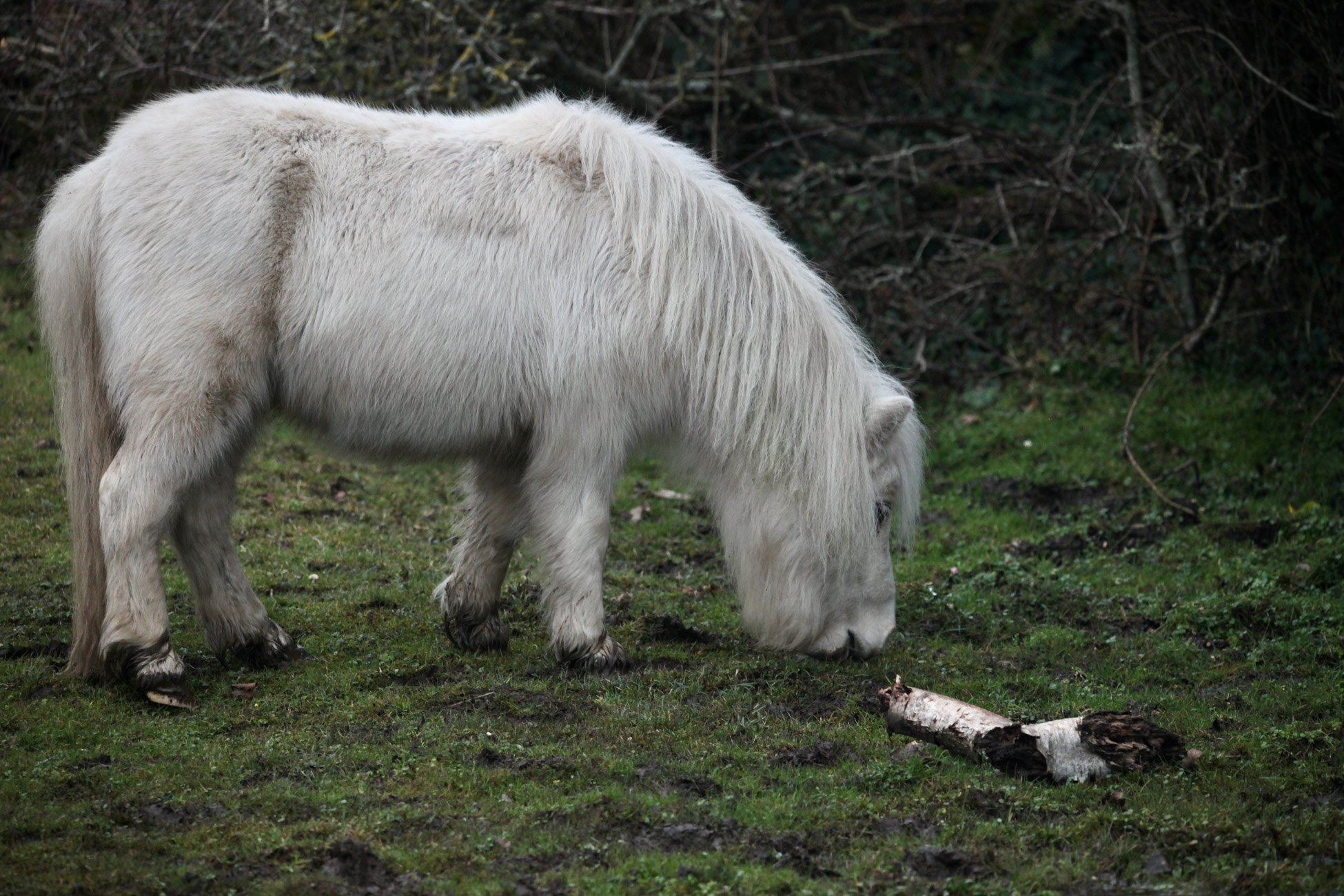
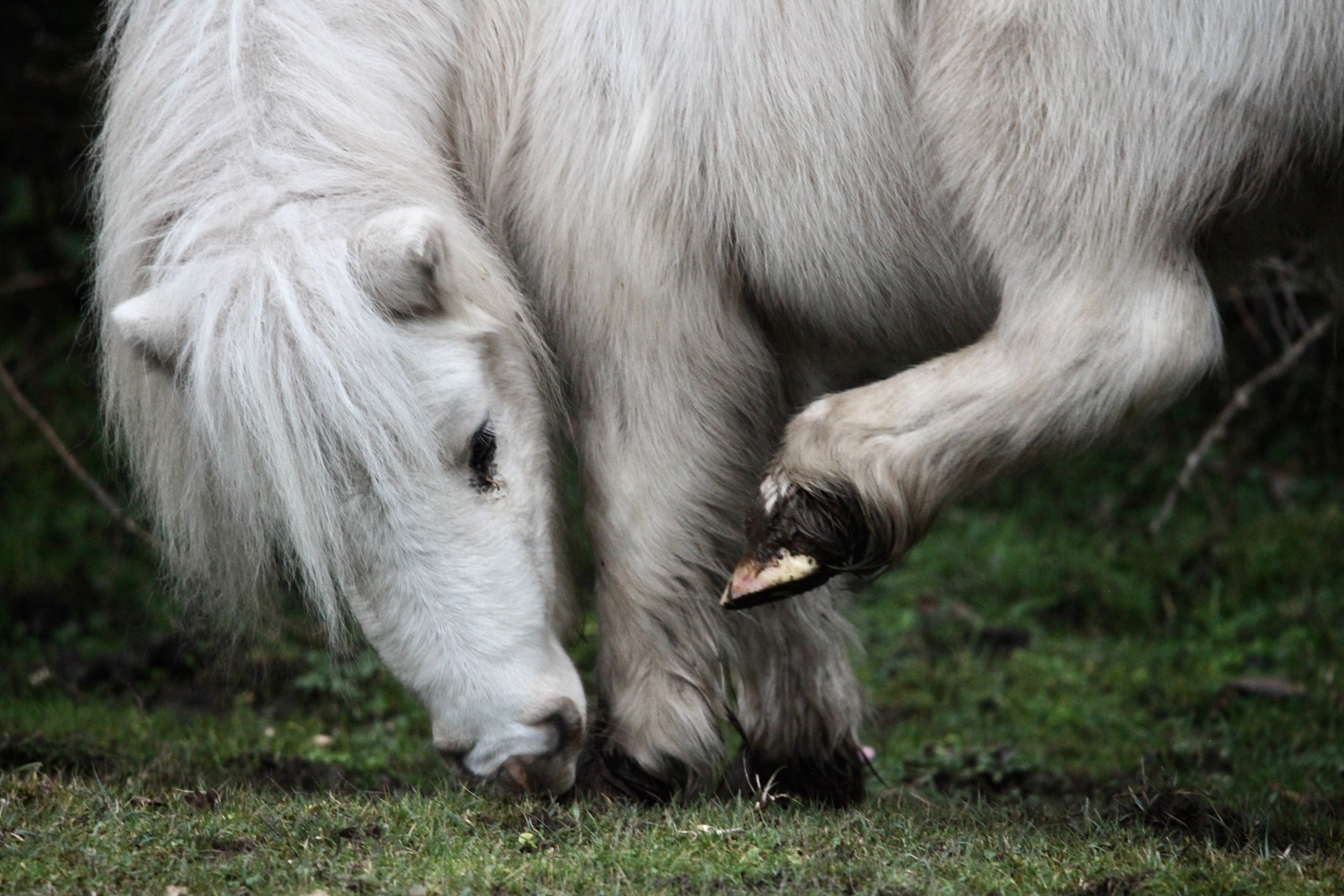
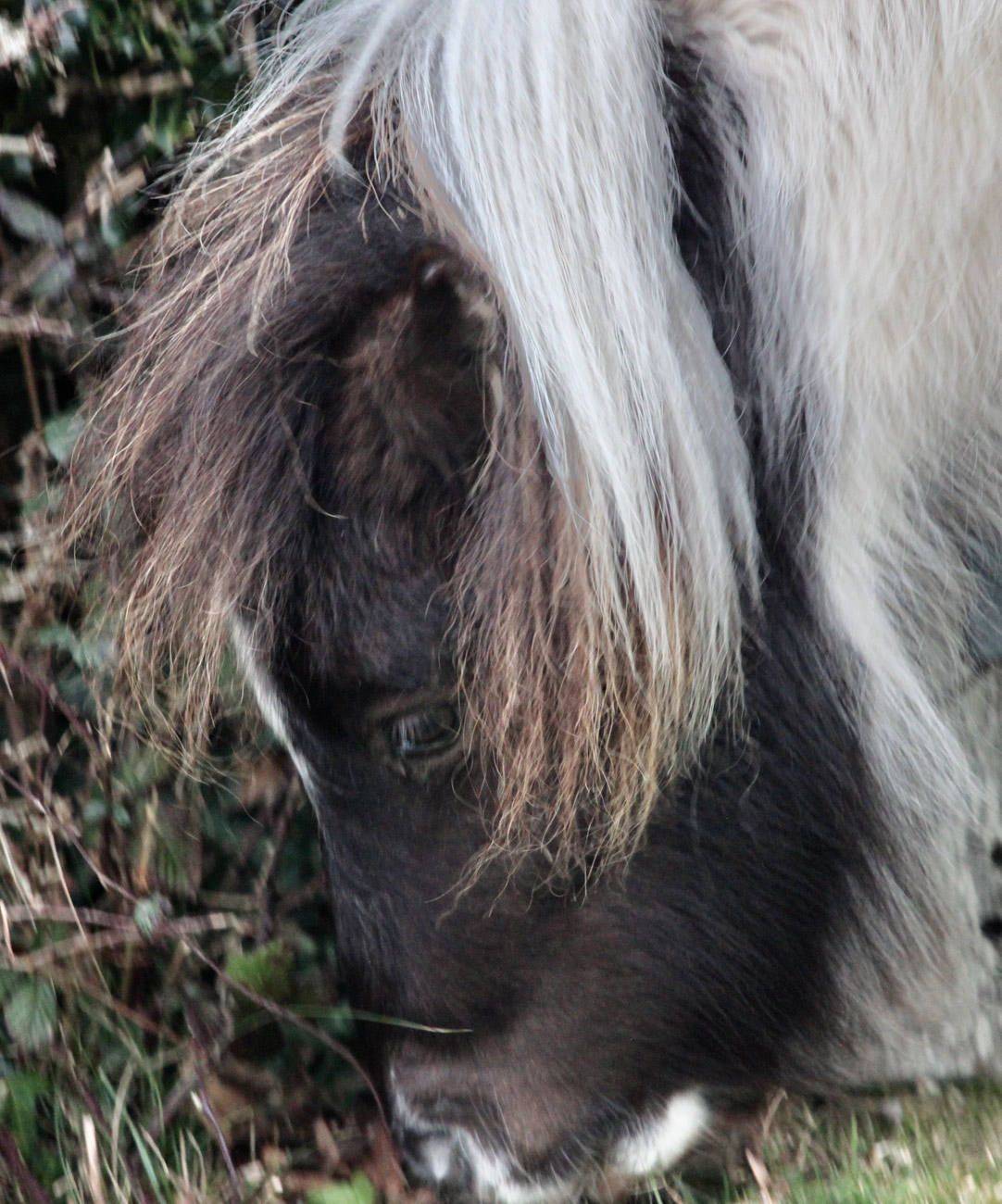
 St. Leonard’s barn, looking from close to the scant remains of the western gable, past the more recent barn and on towards the eastern gable
St. Leonard’s barn, looking from close to the scant remains of the western gable, past the more recent barn and on towards the eastern gable St. Leonard’s barn – the remains of the huge eastern gable
St. Leonard’s barn – the remains of the huge eastern gable Great Coxwell barn
Great Coxwell barn





